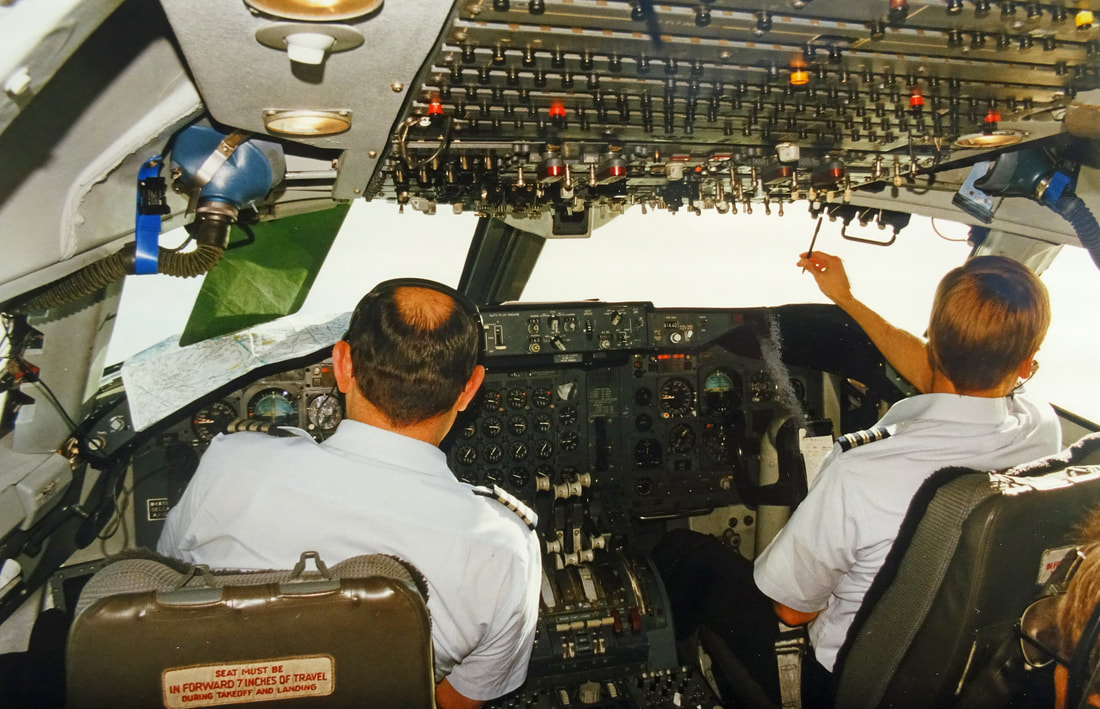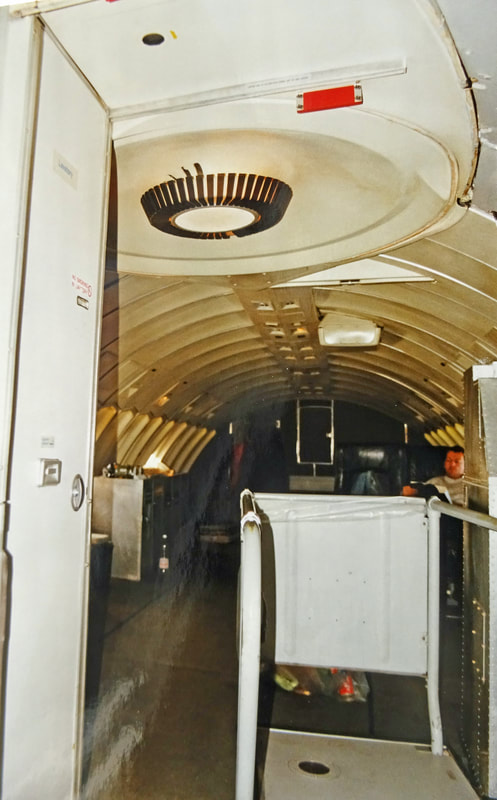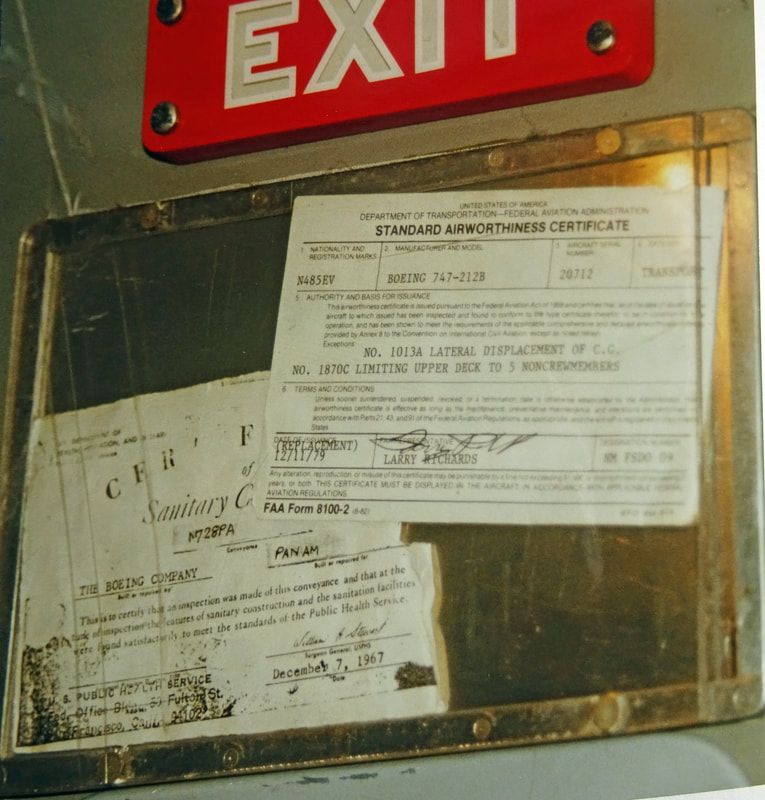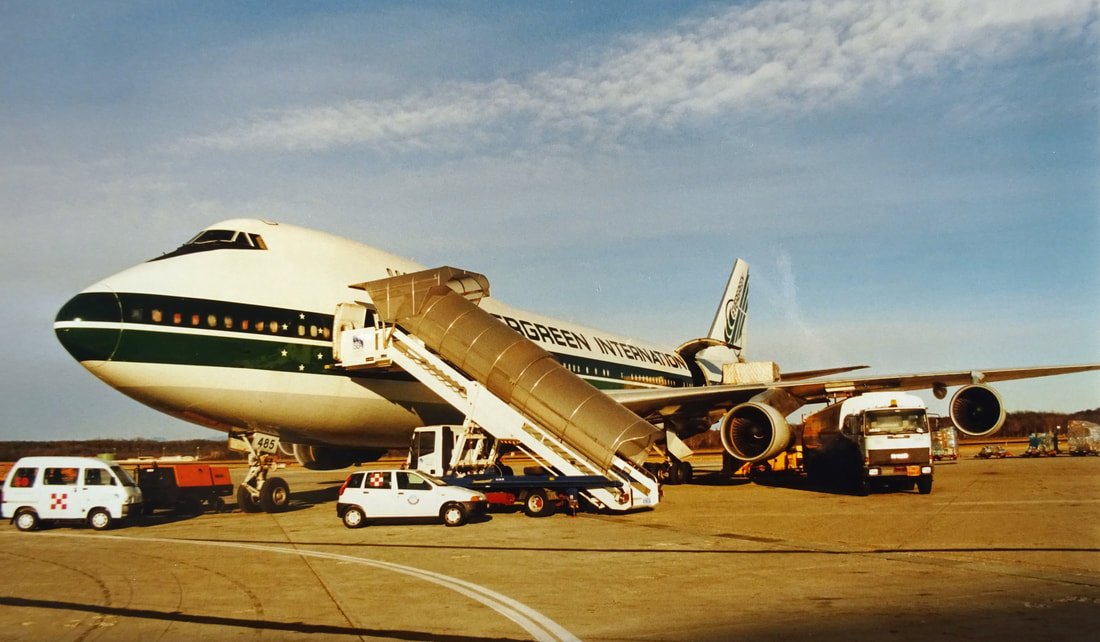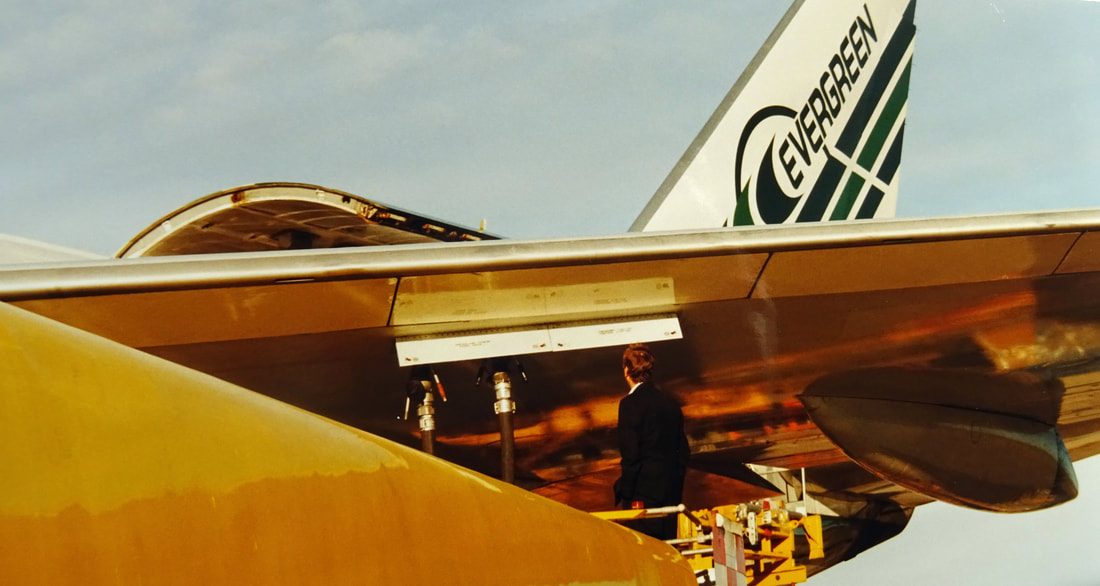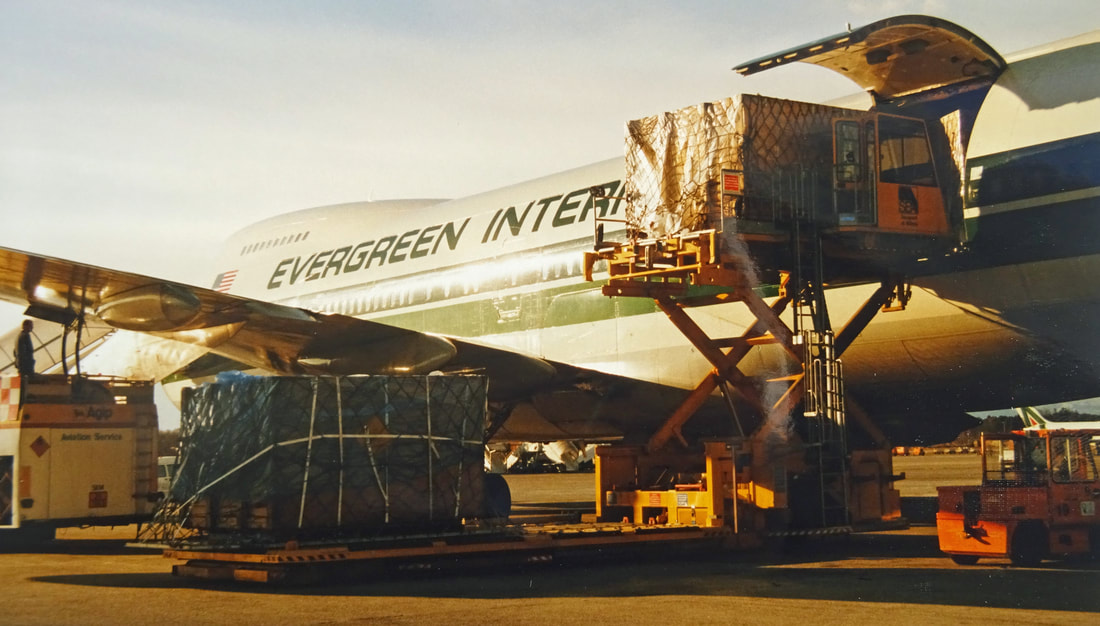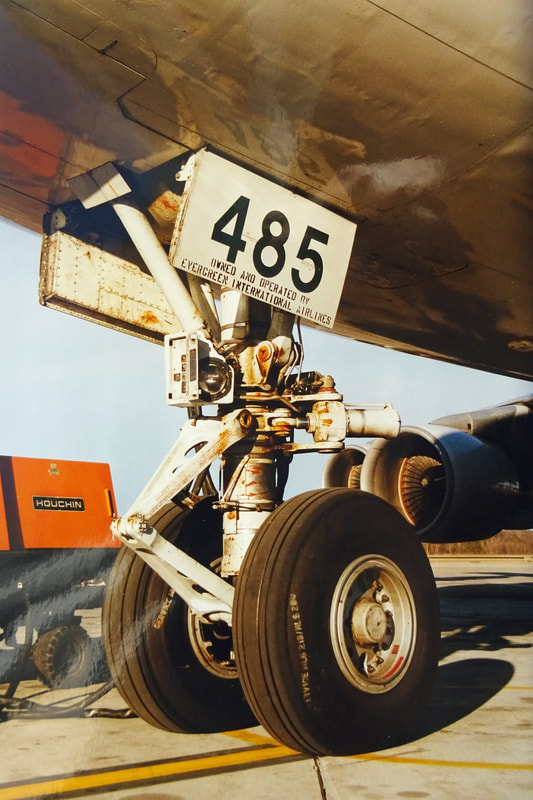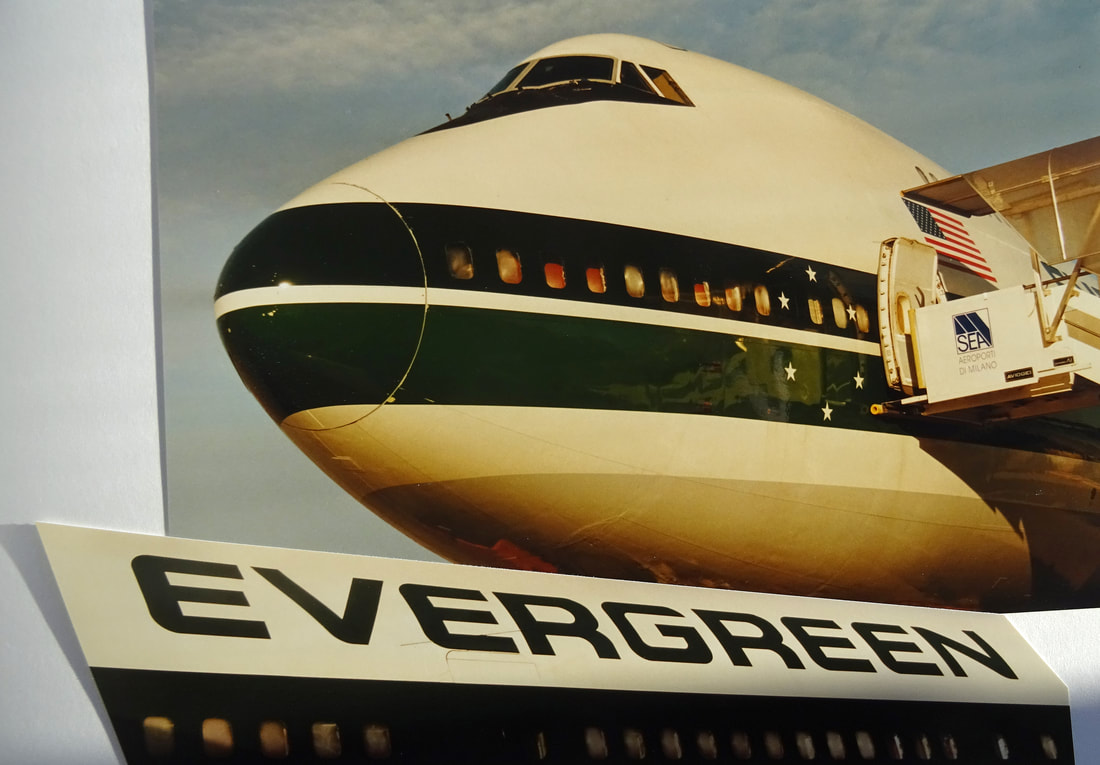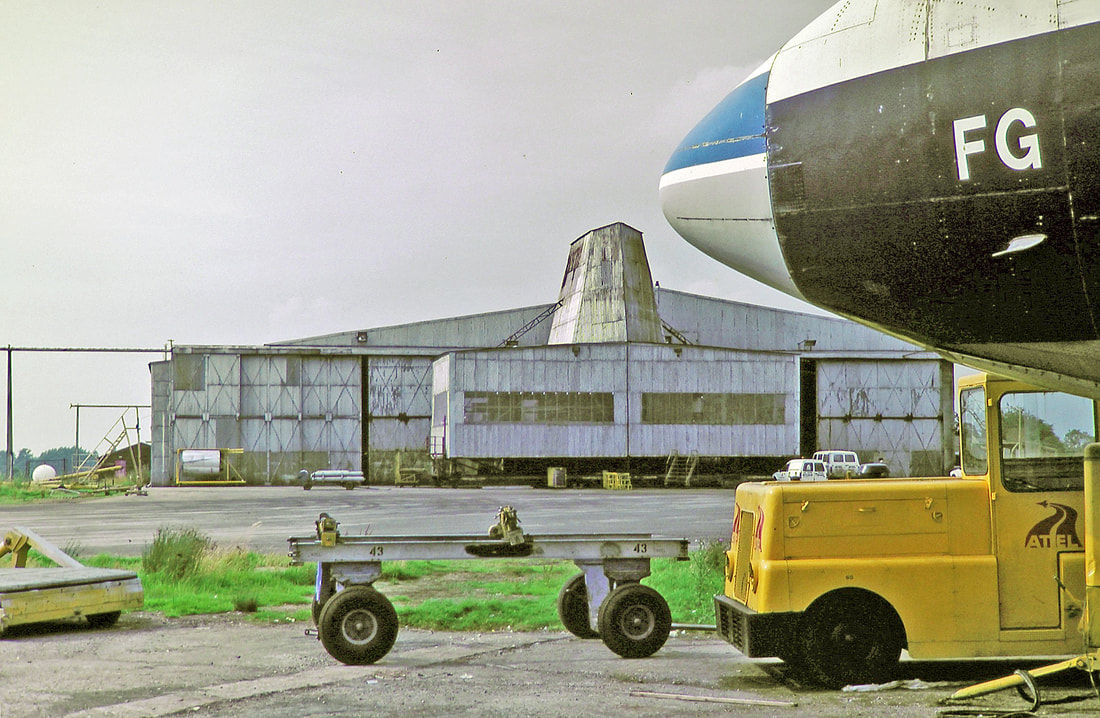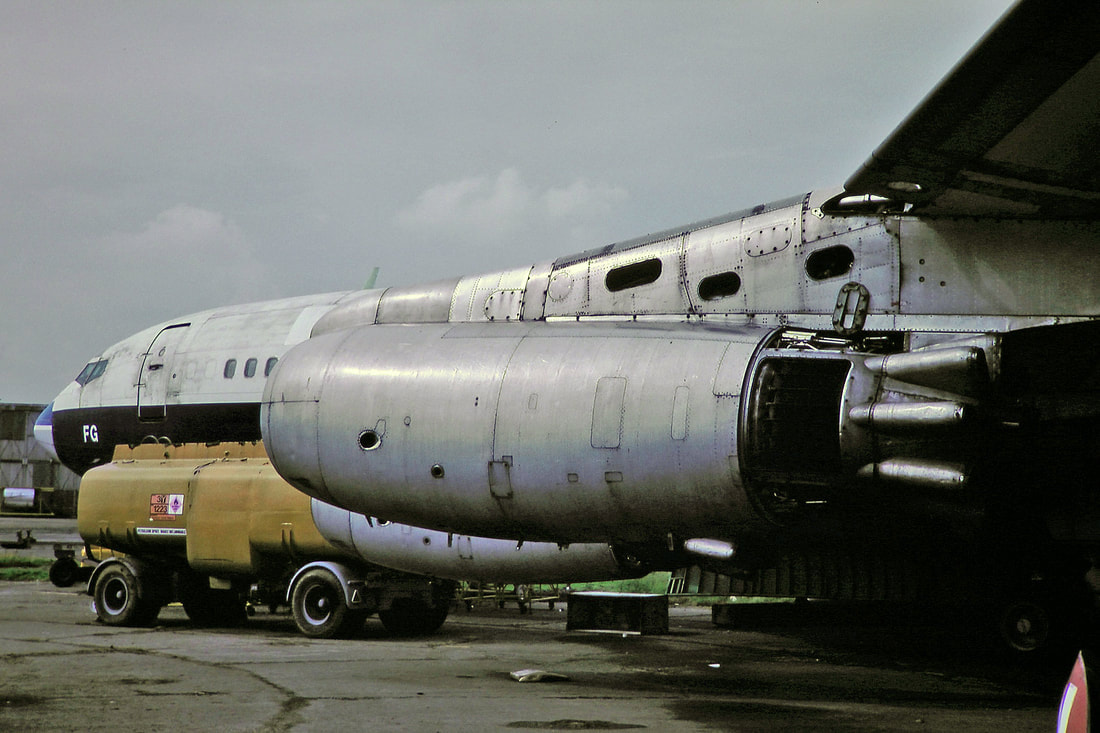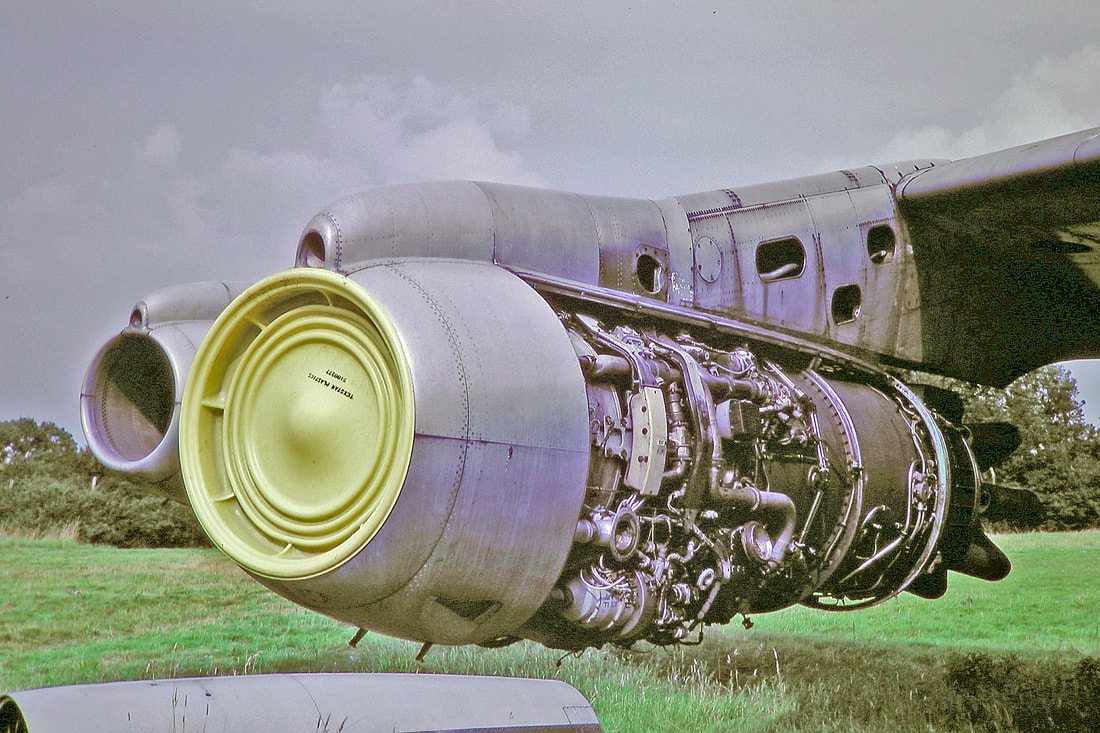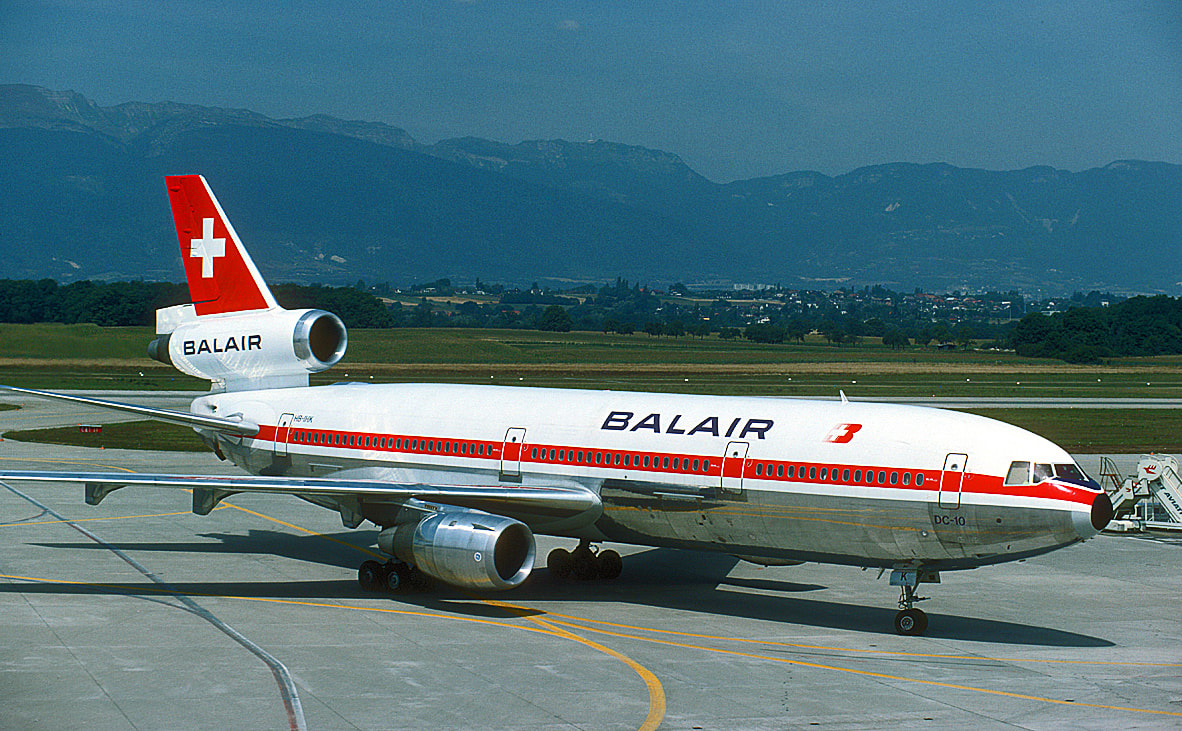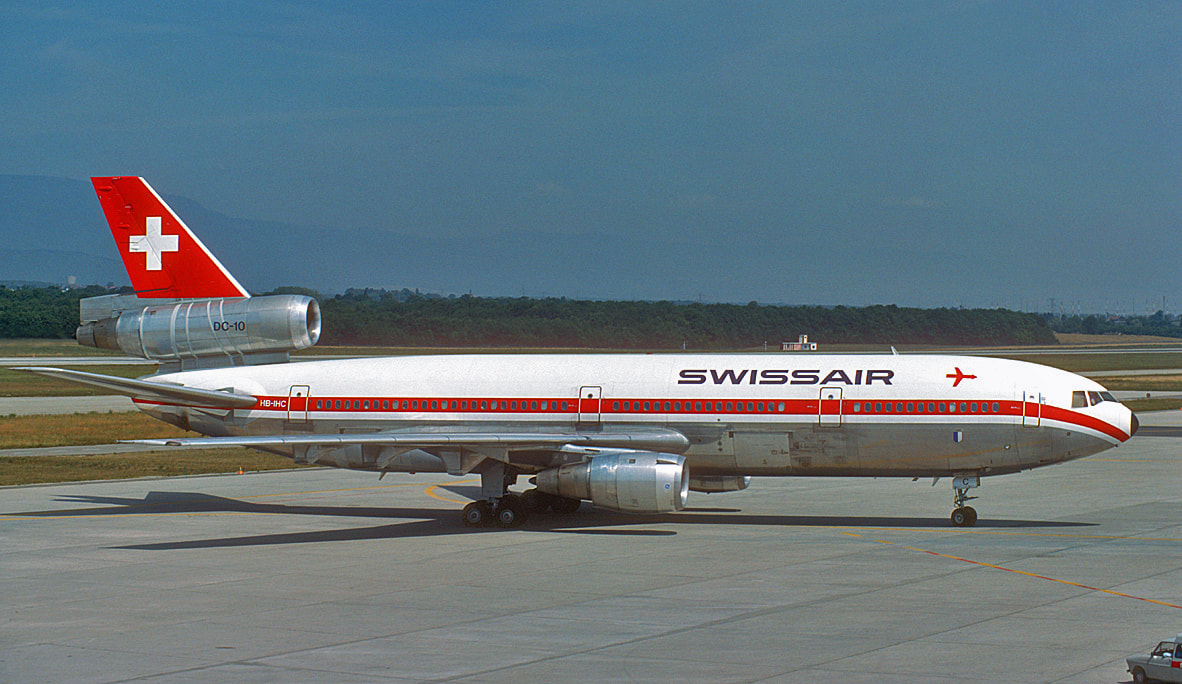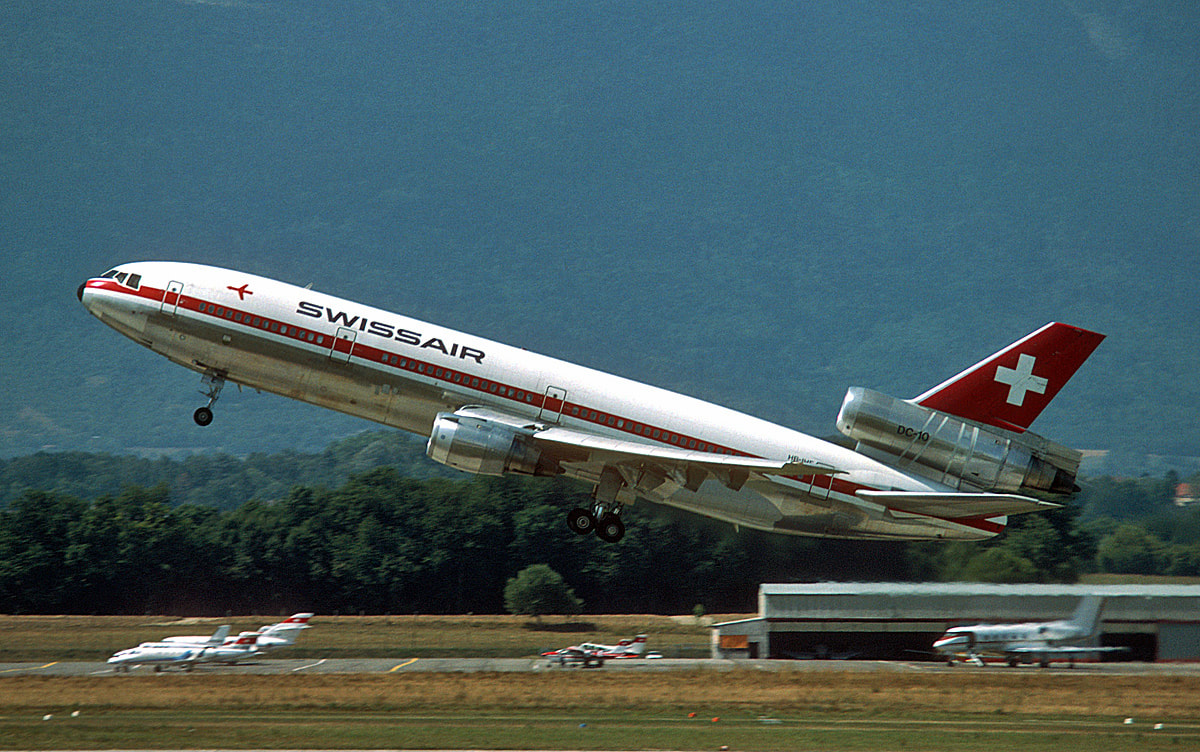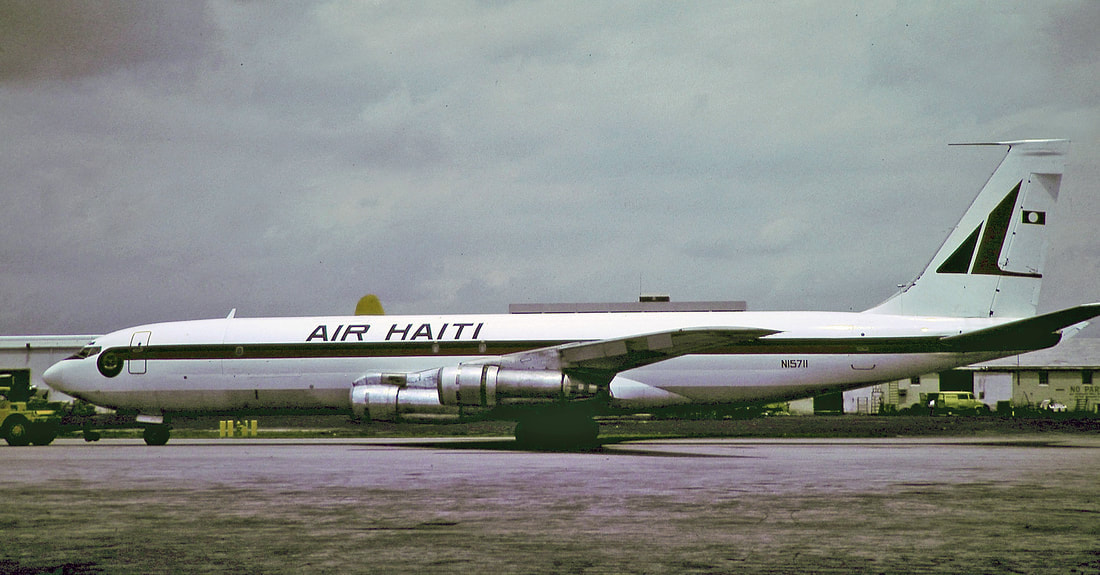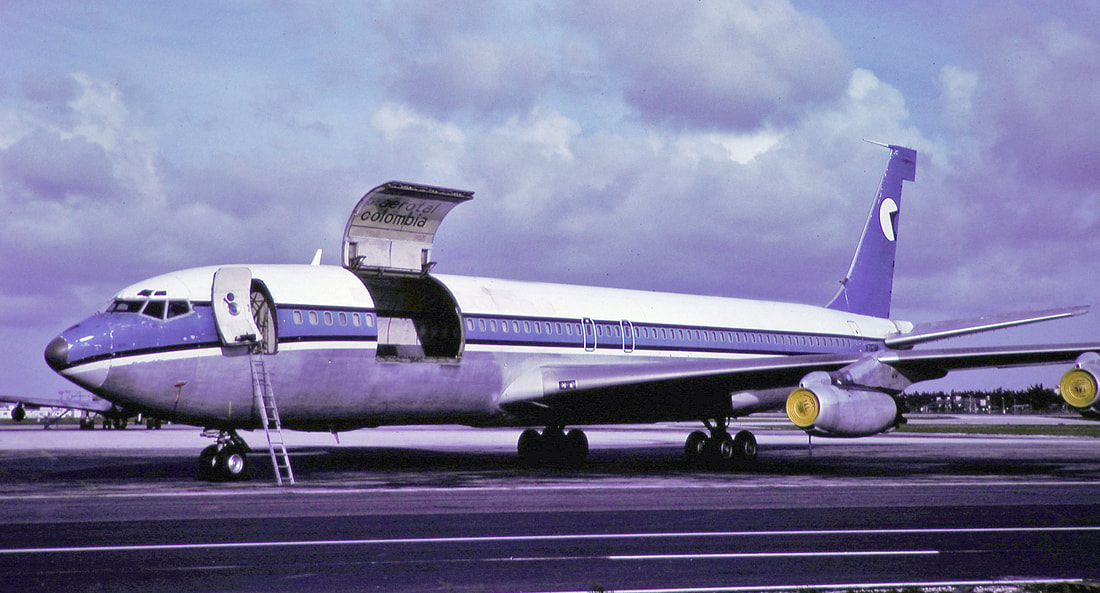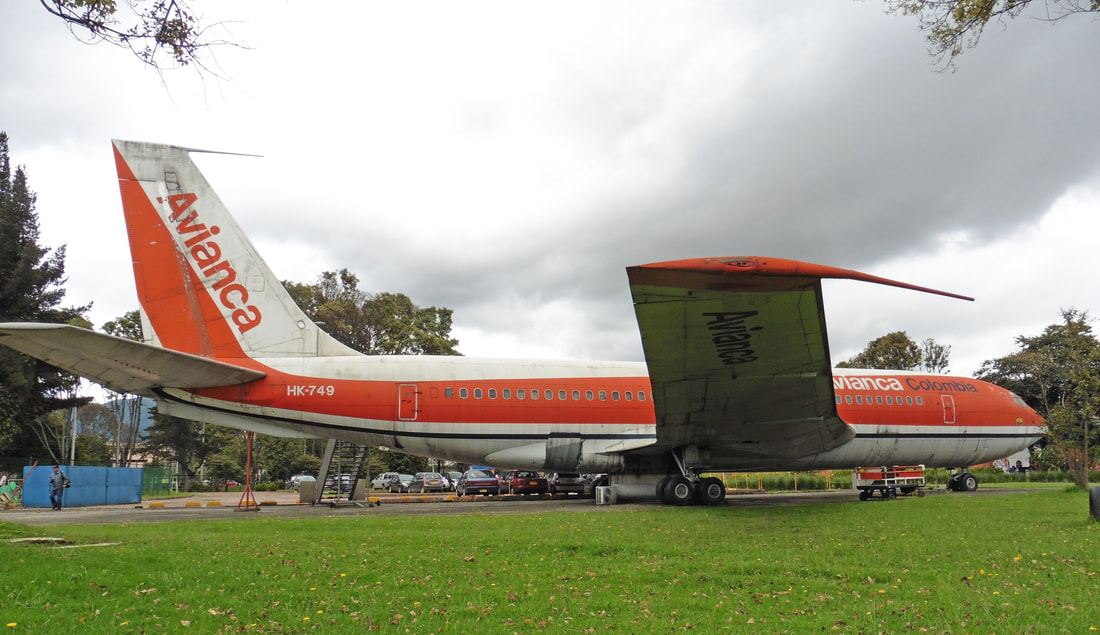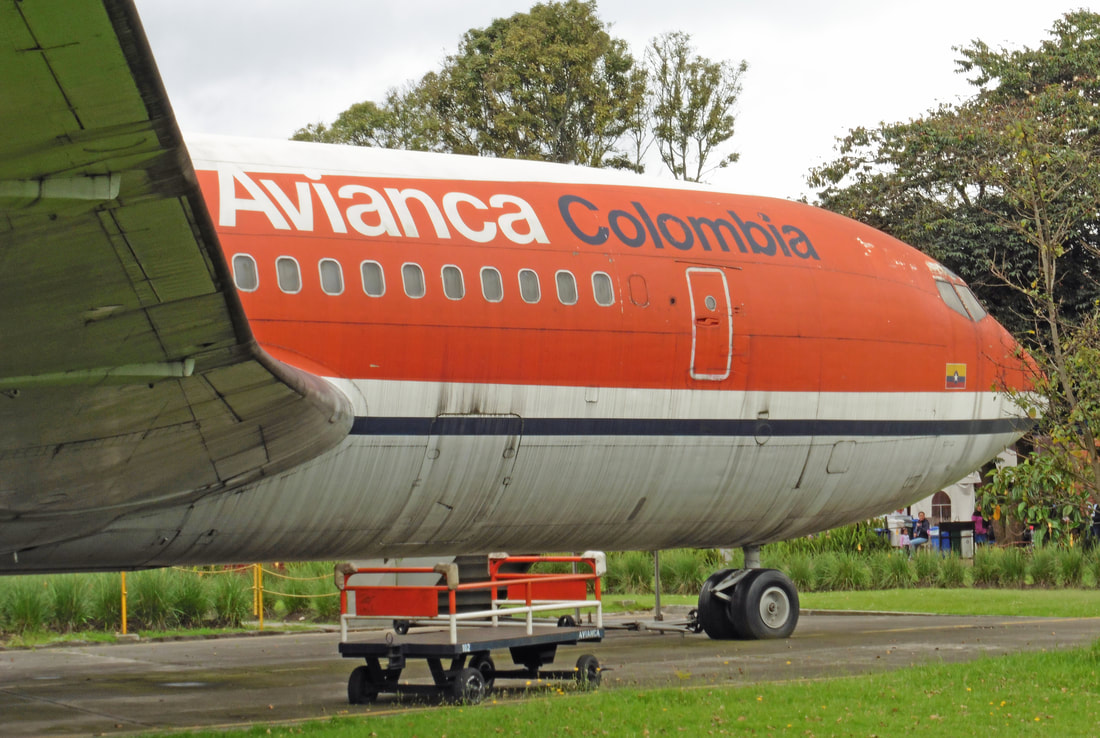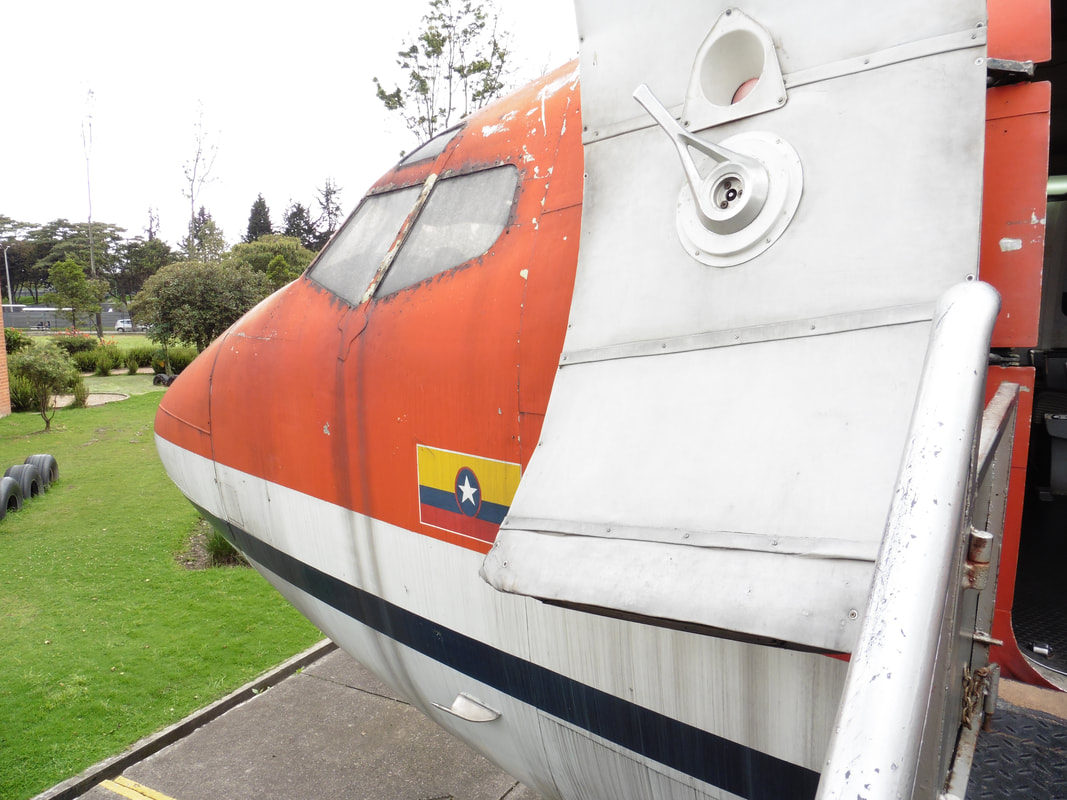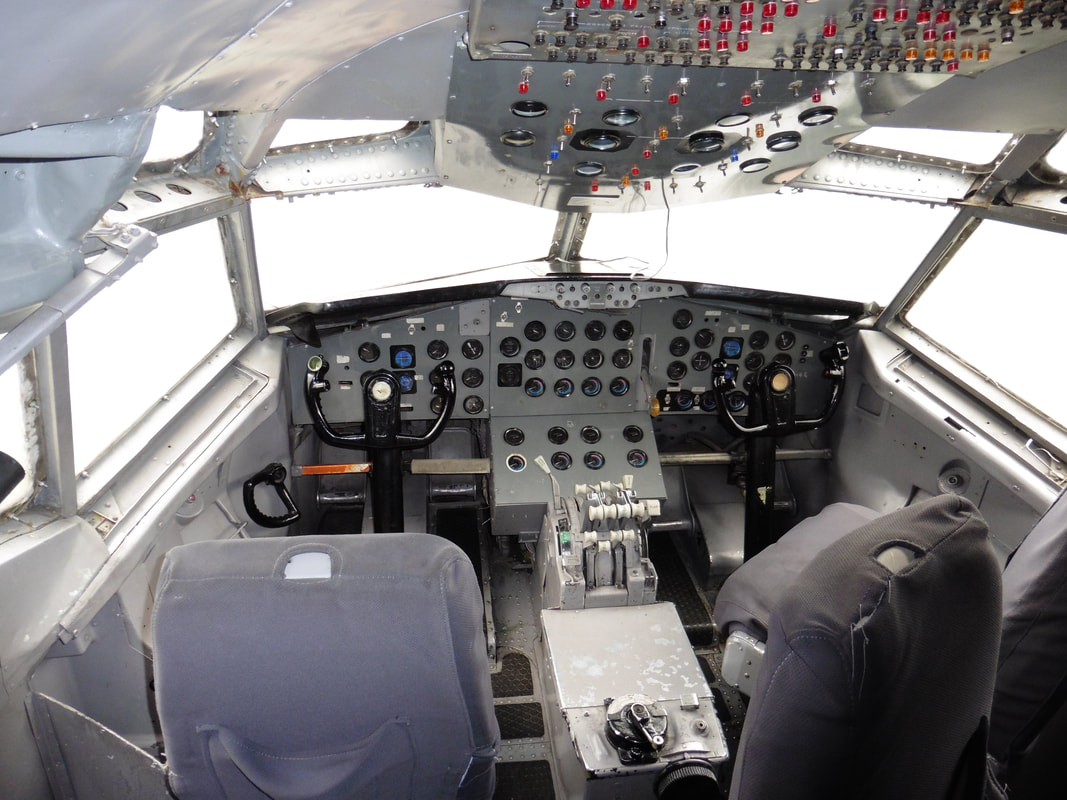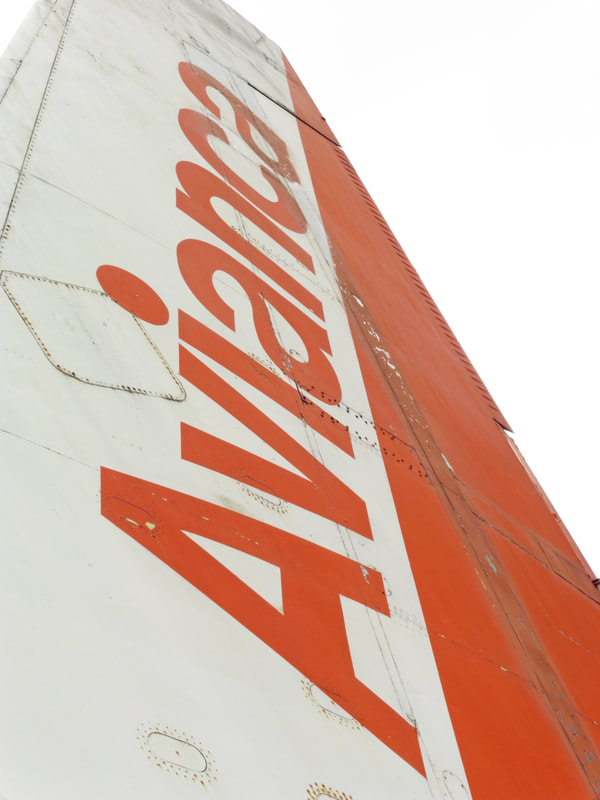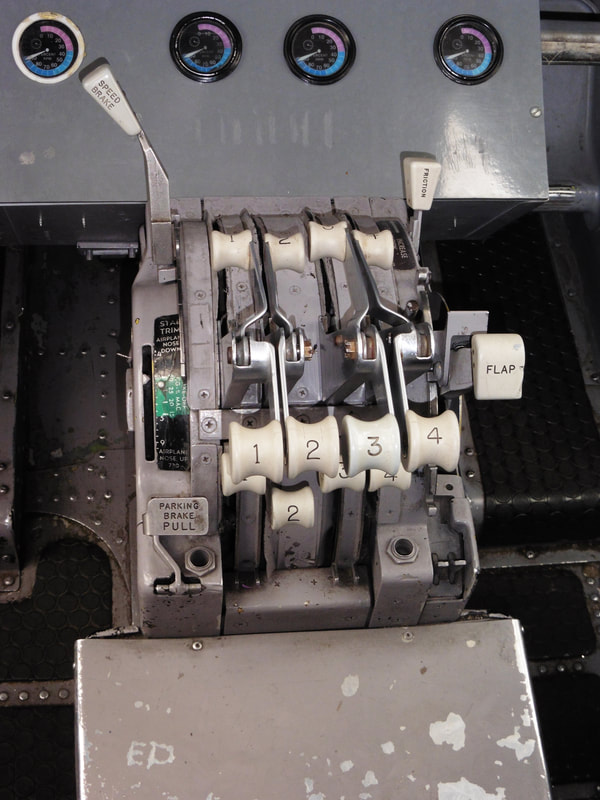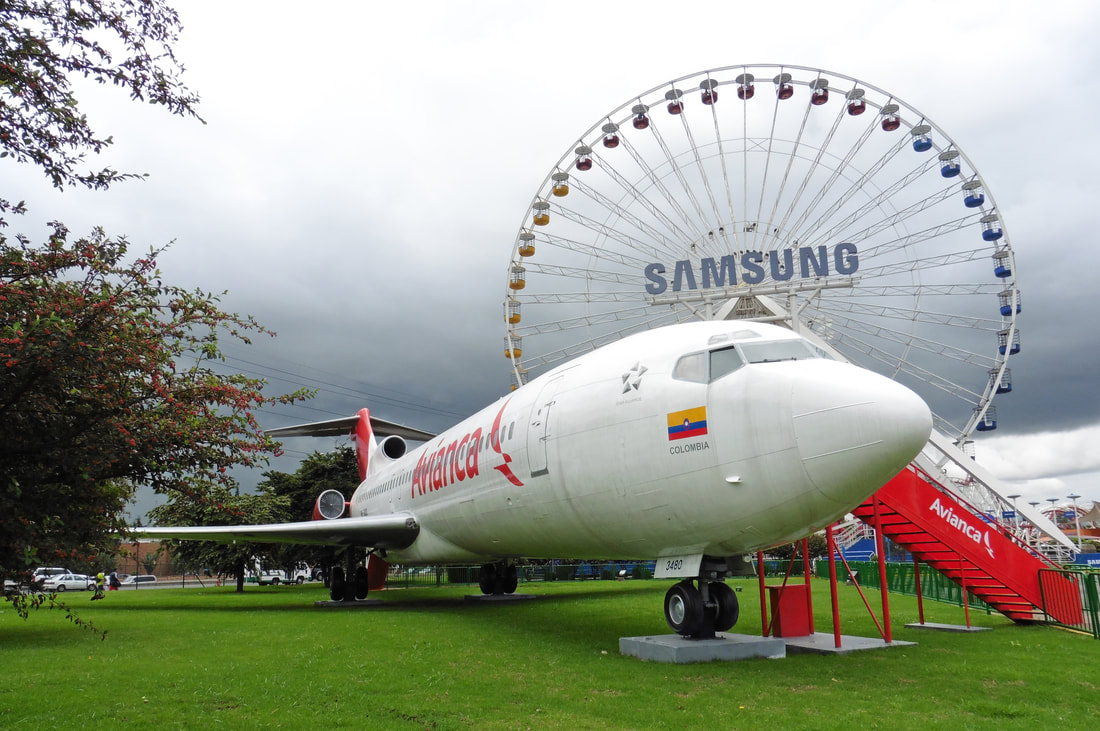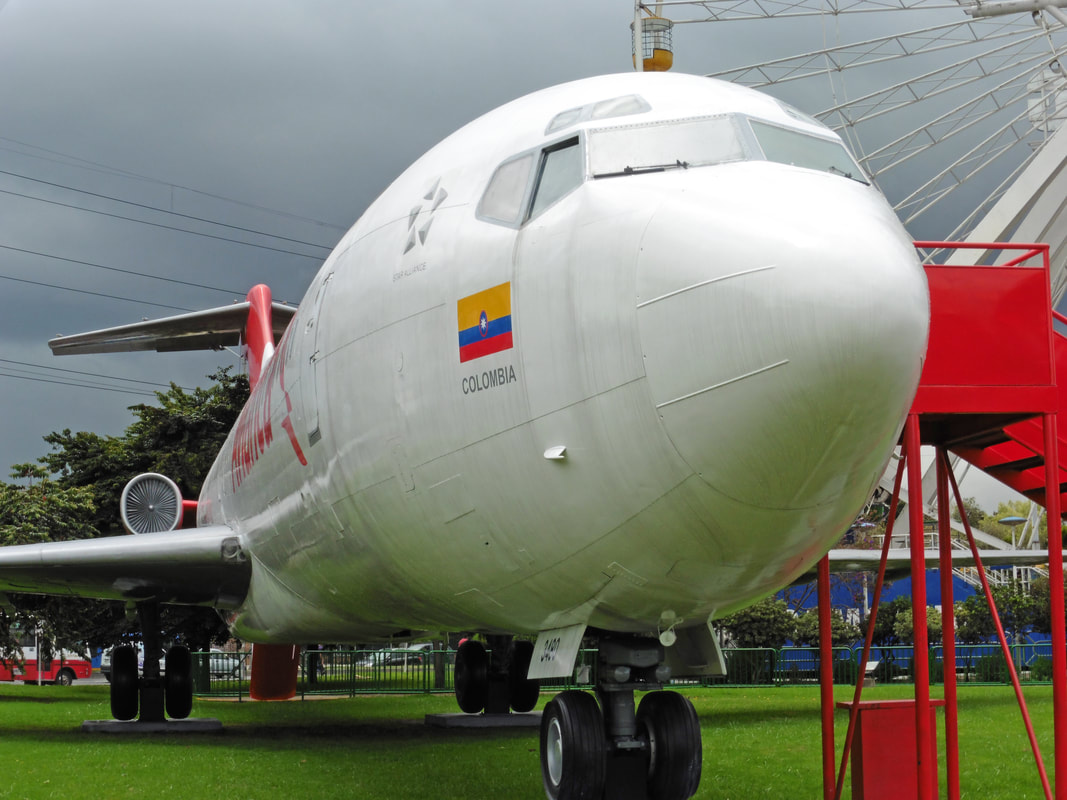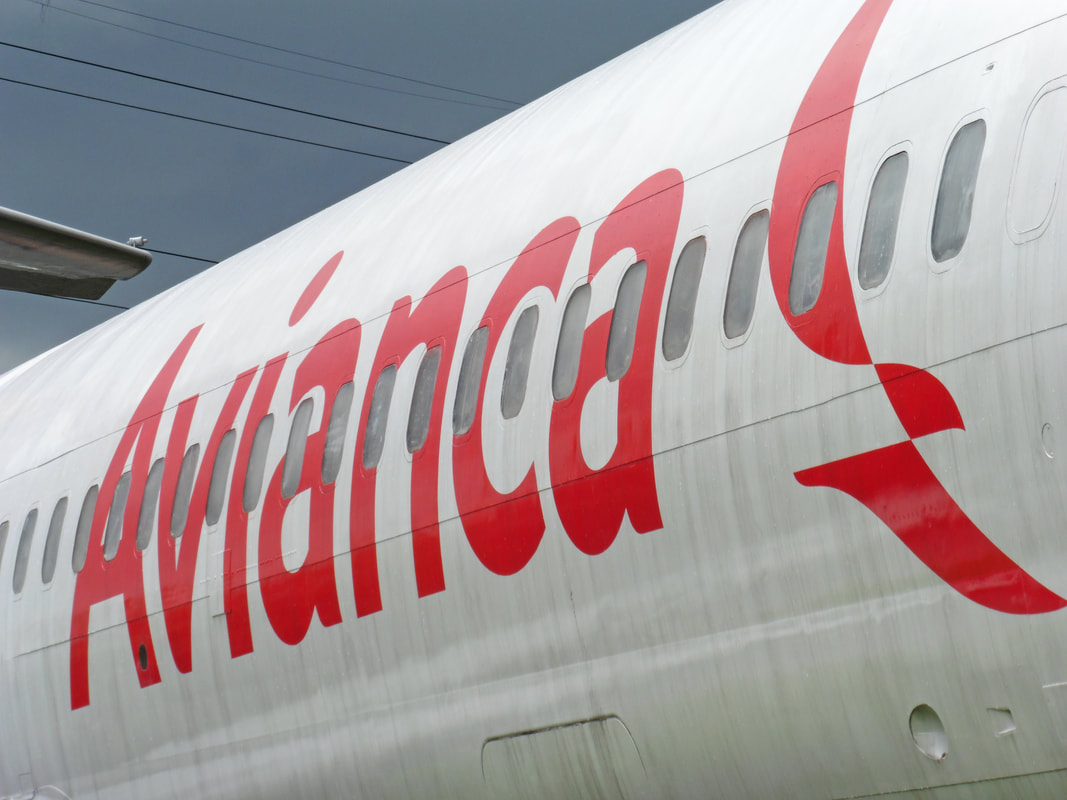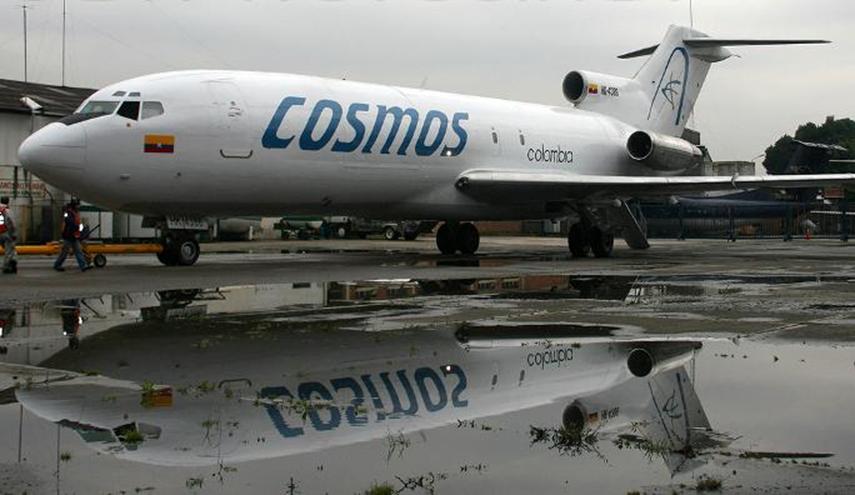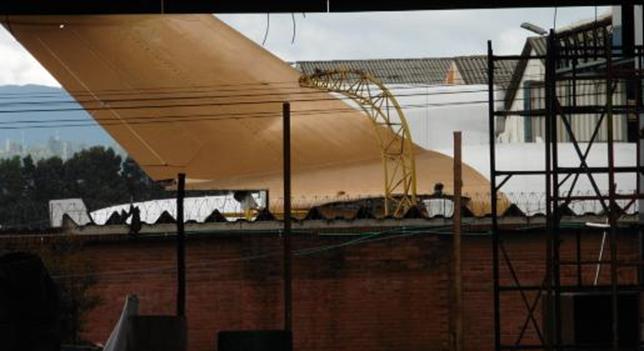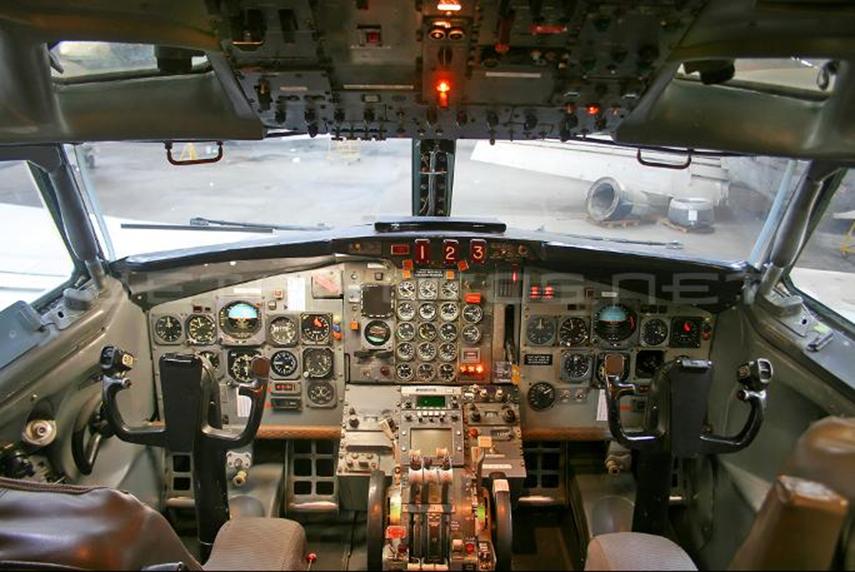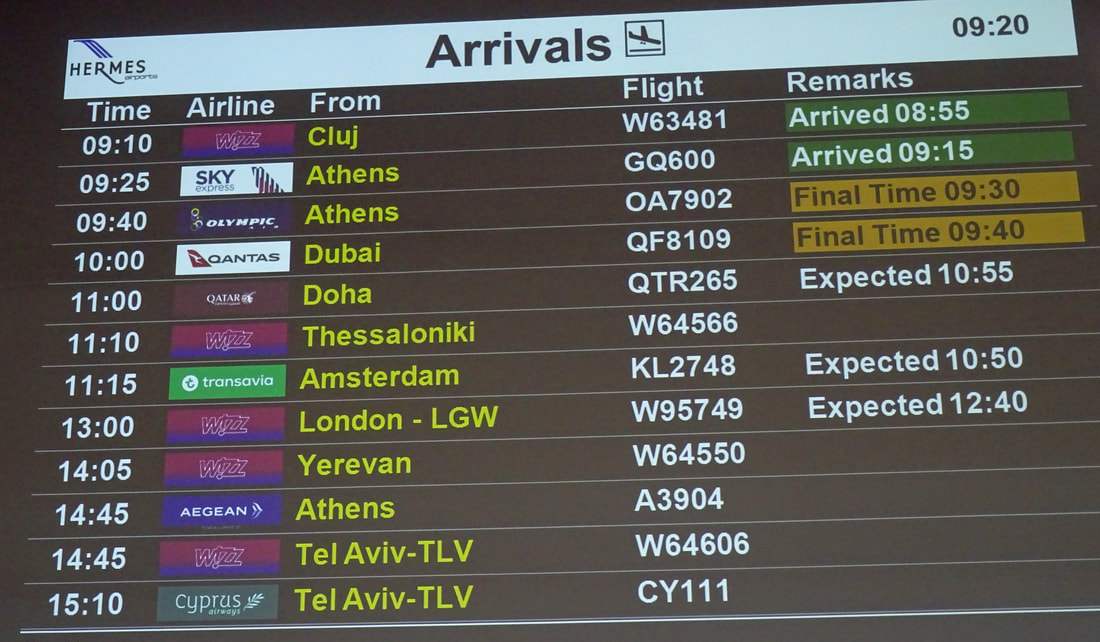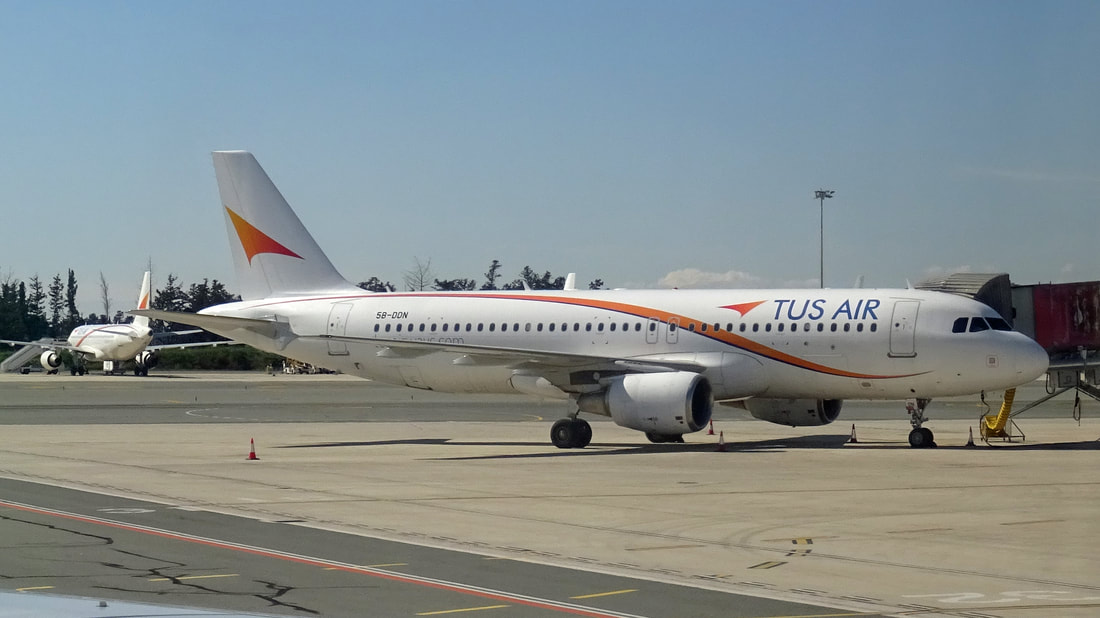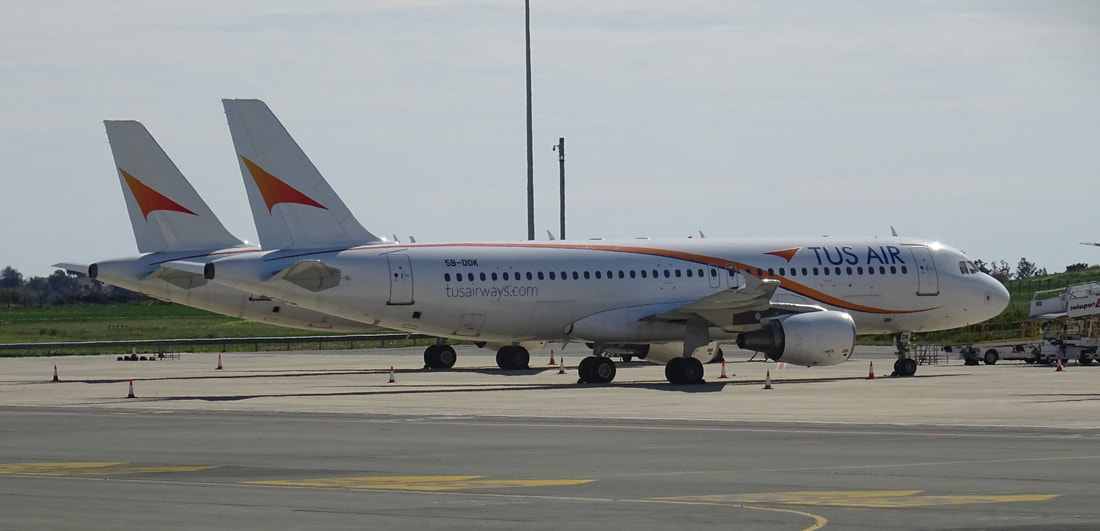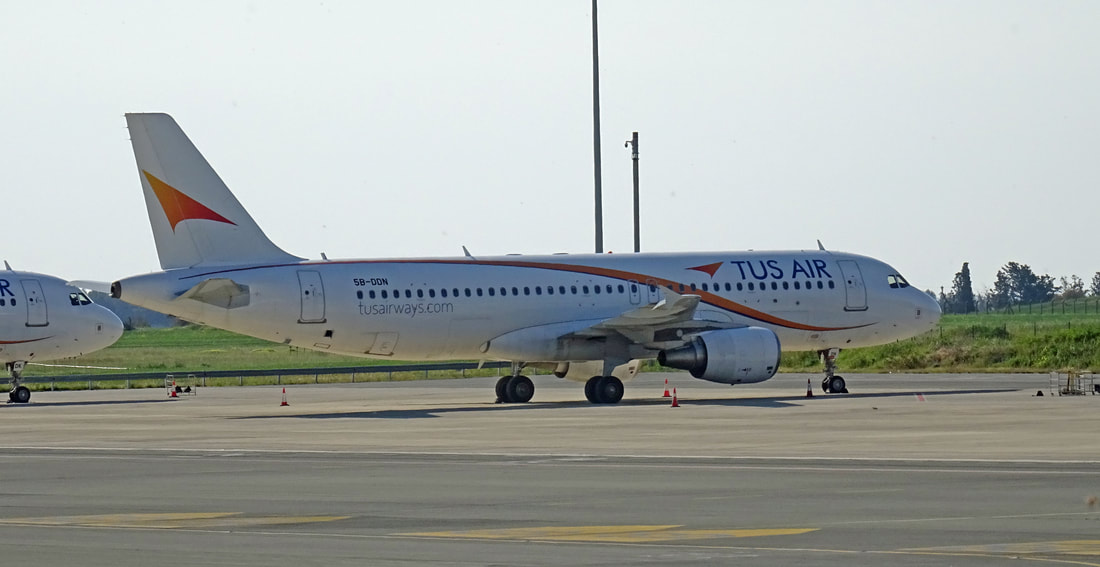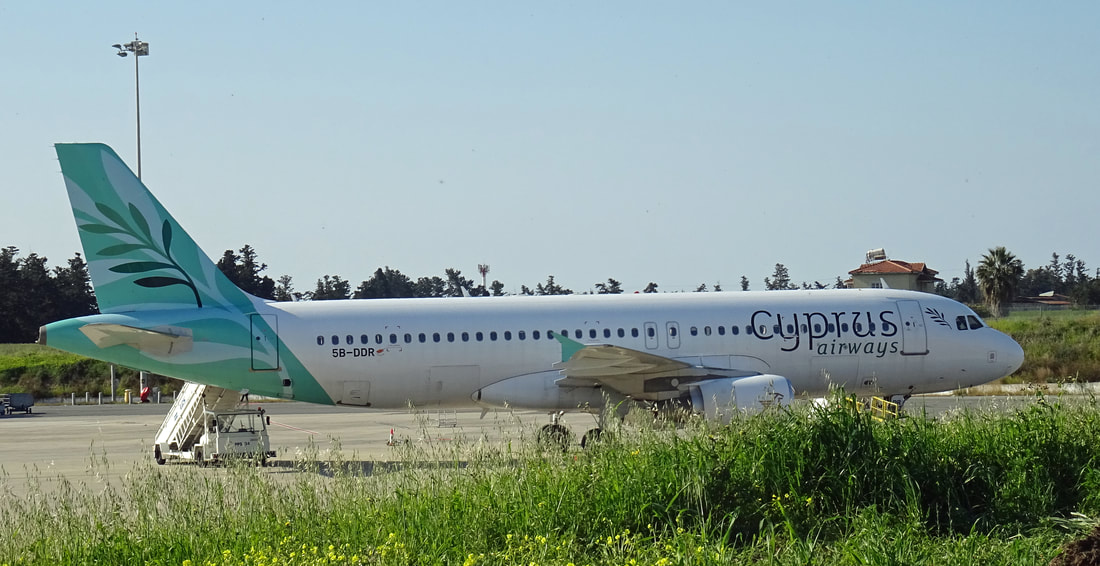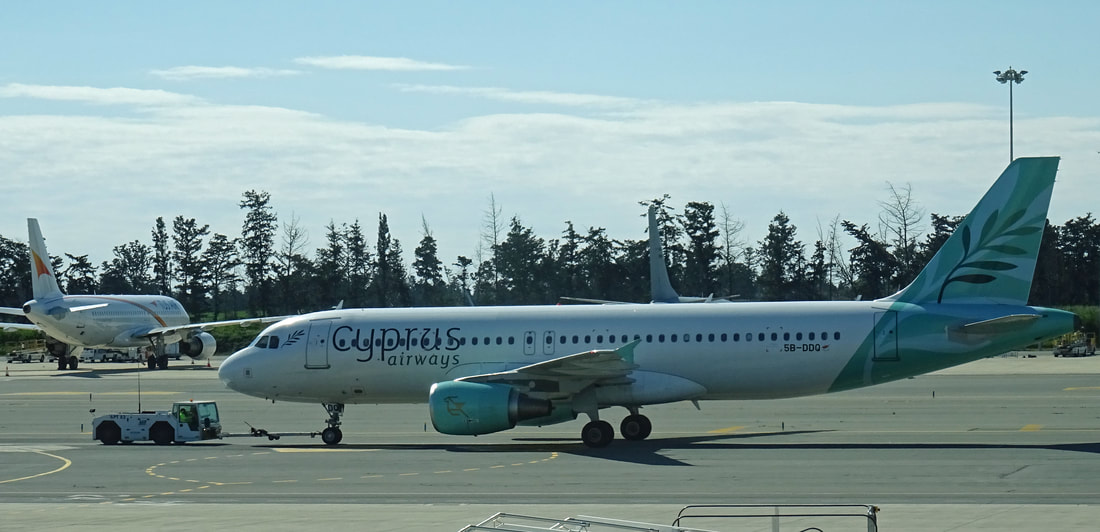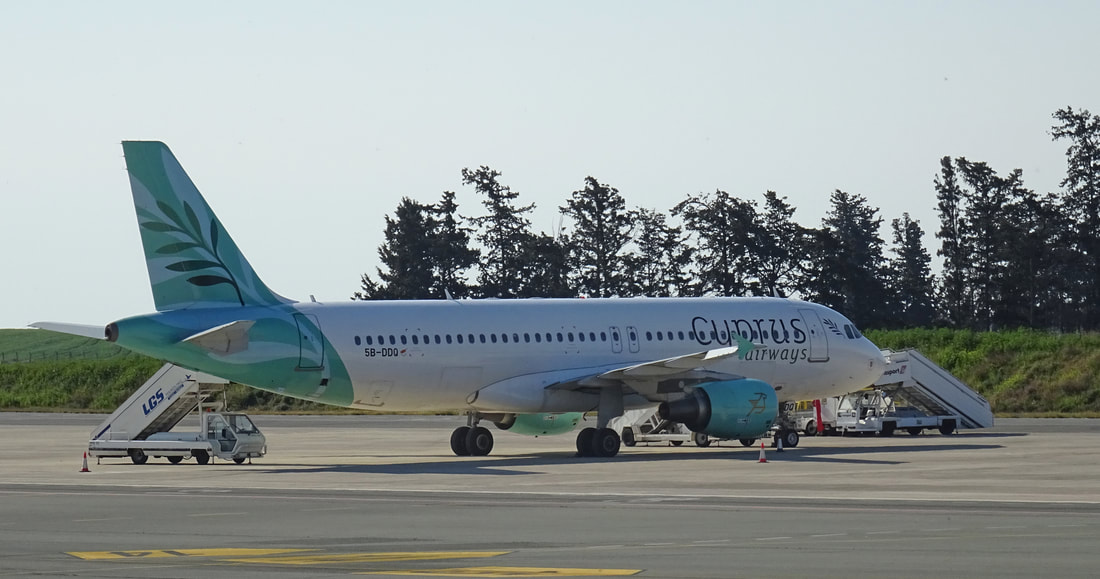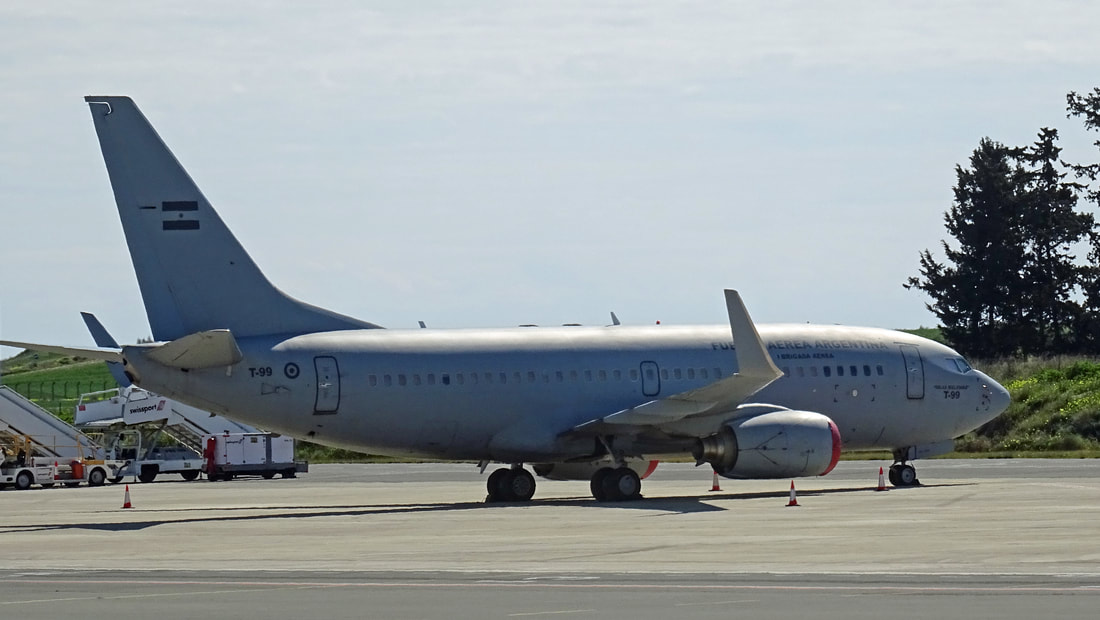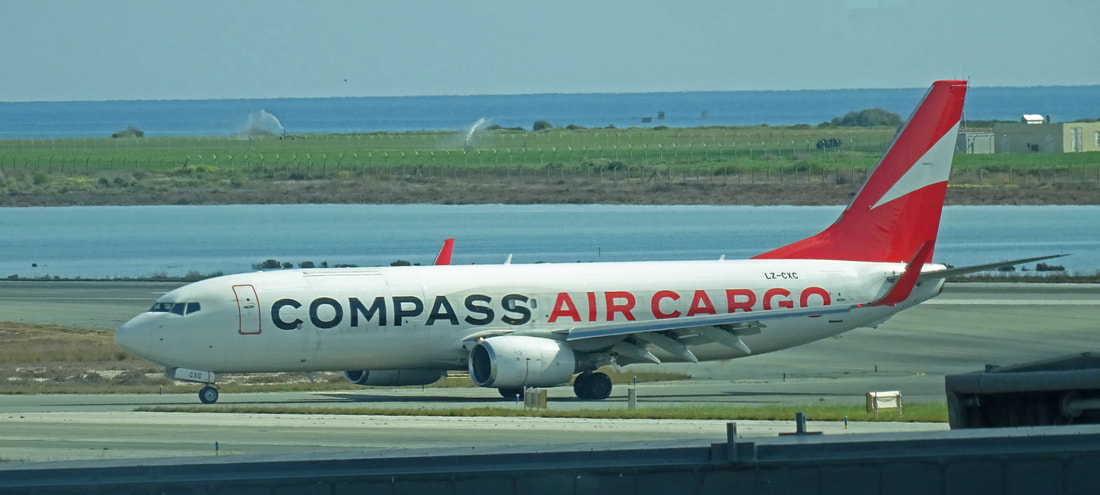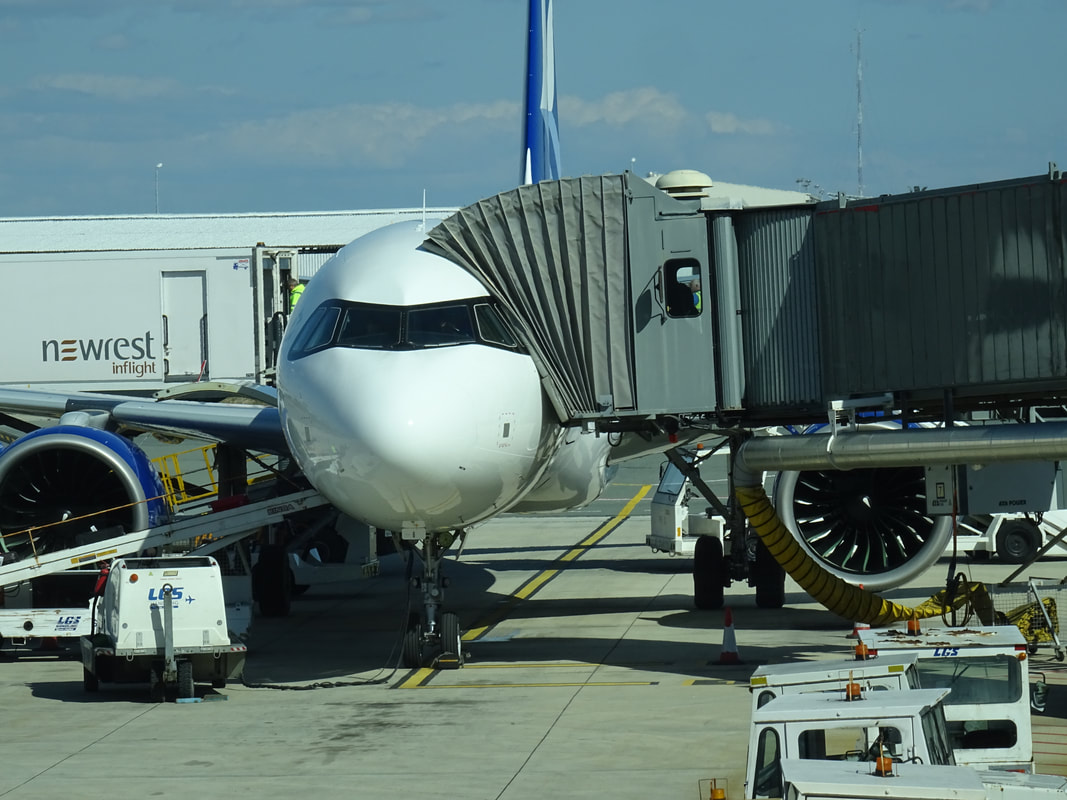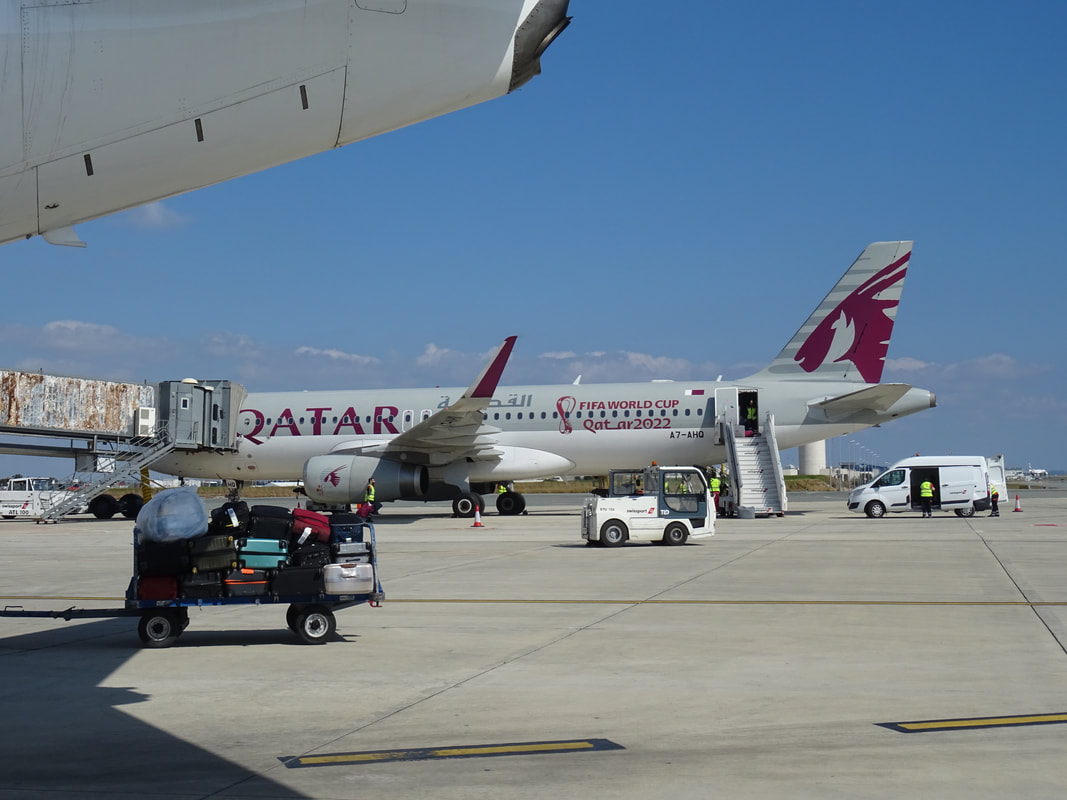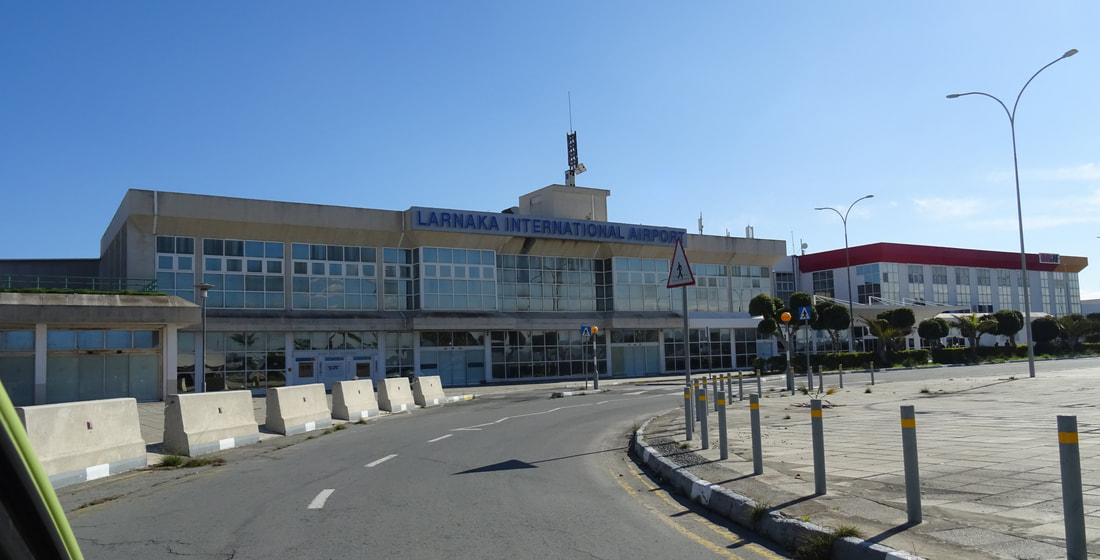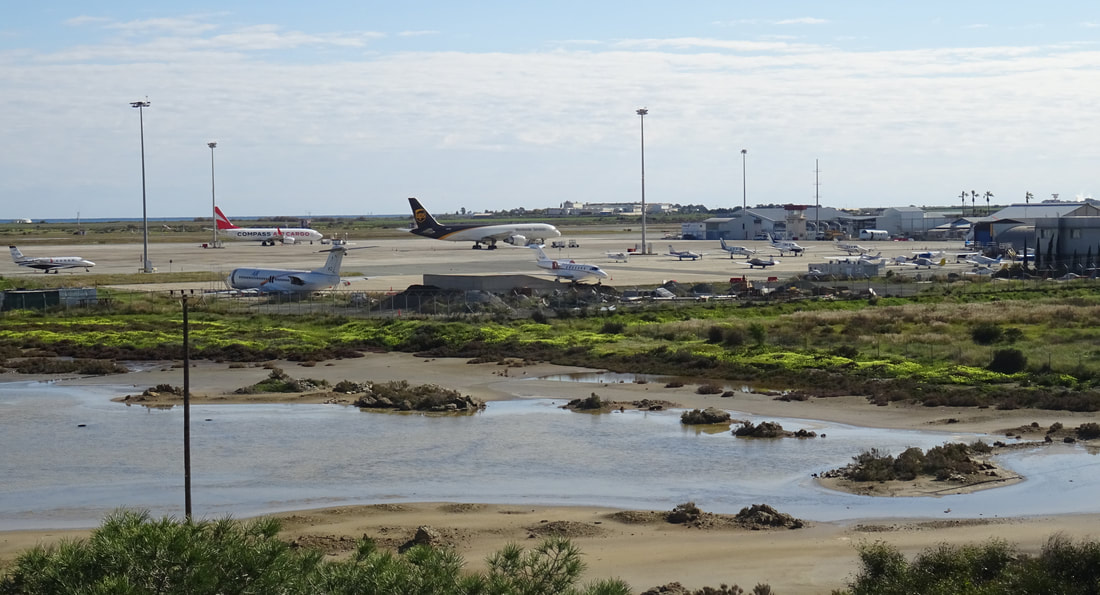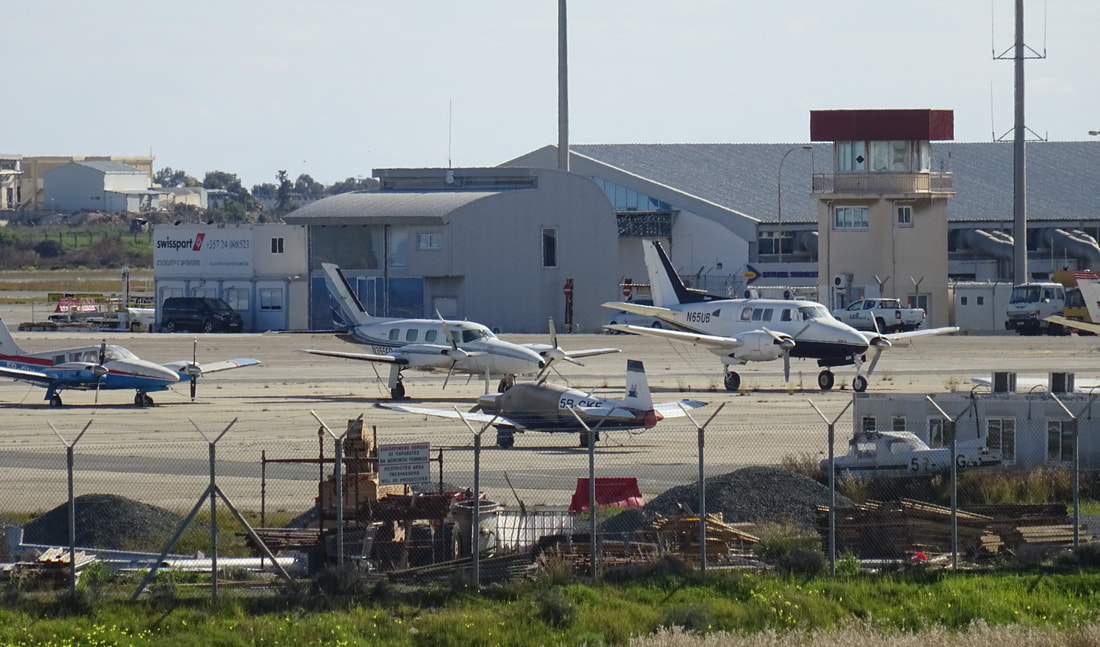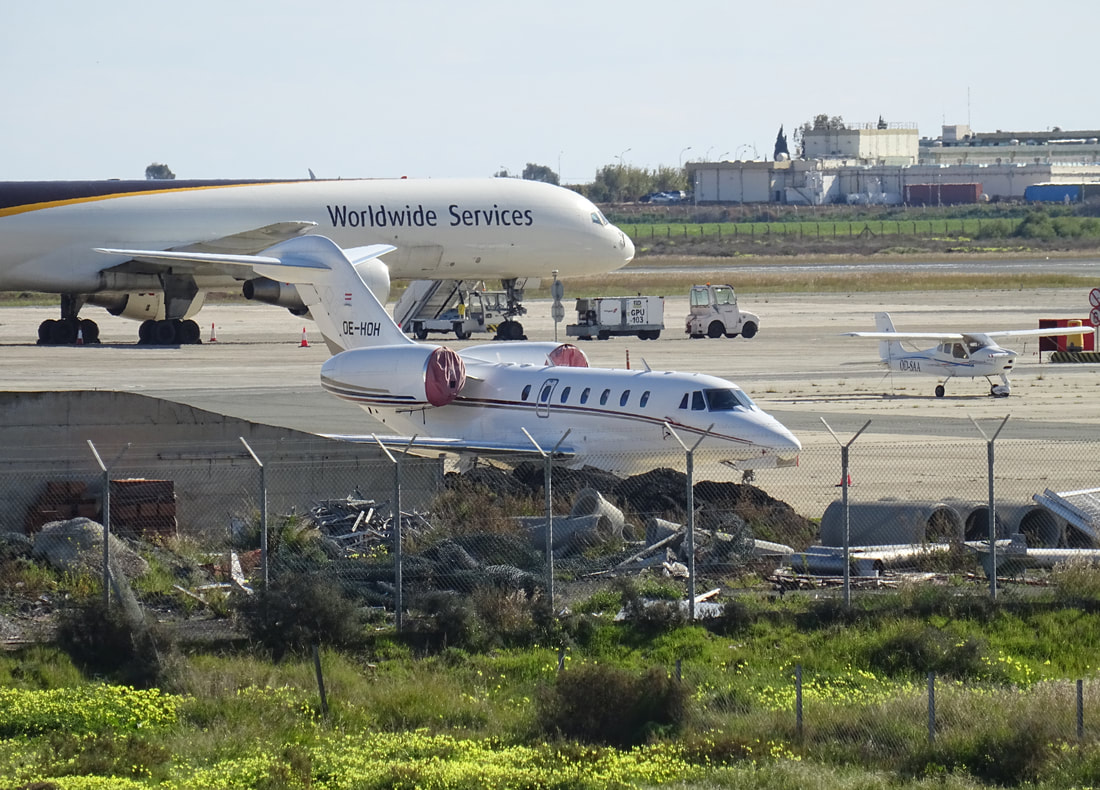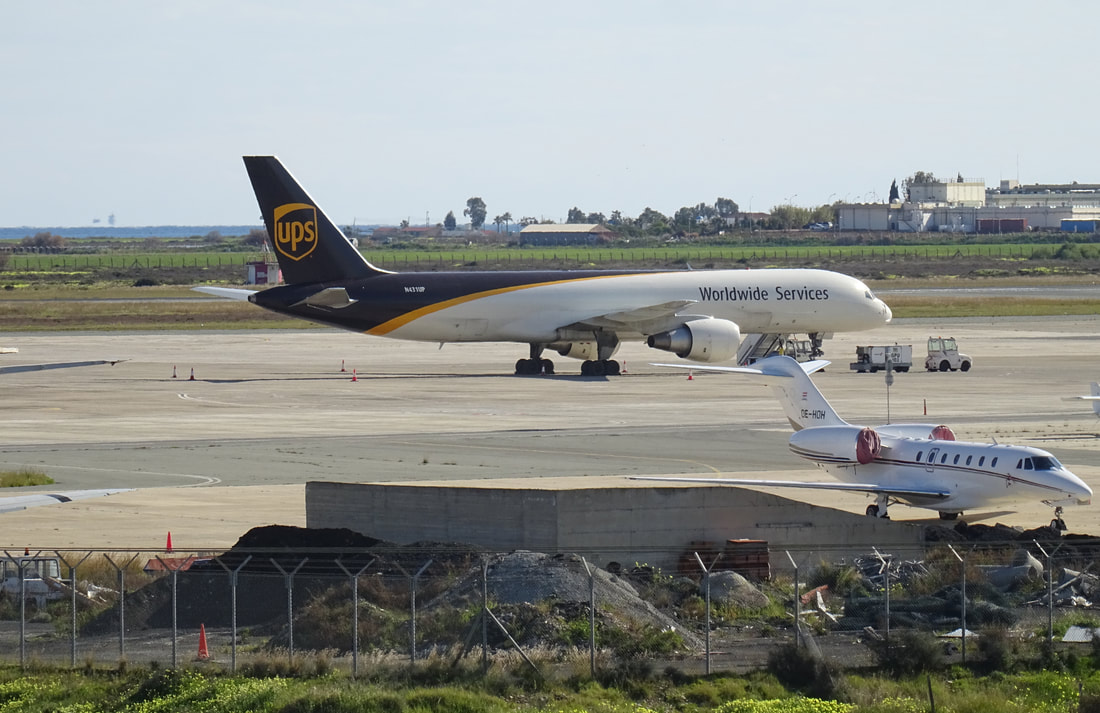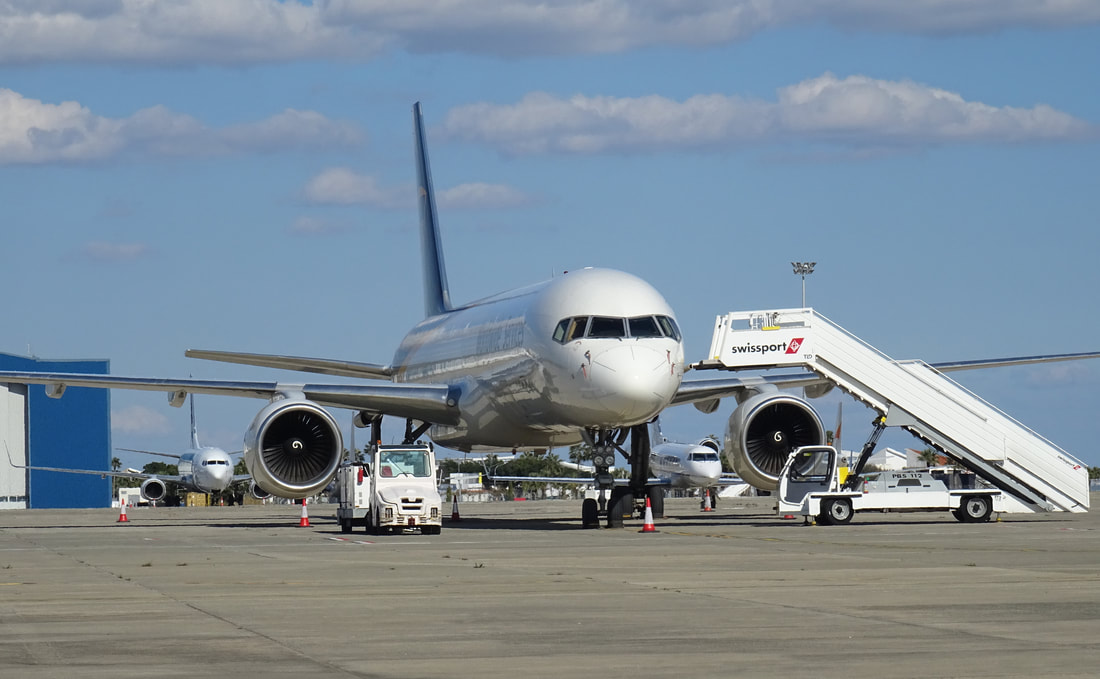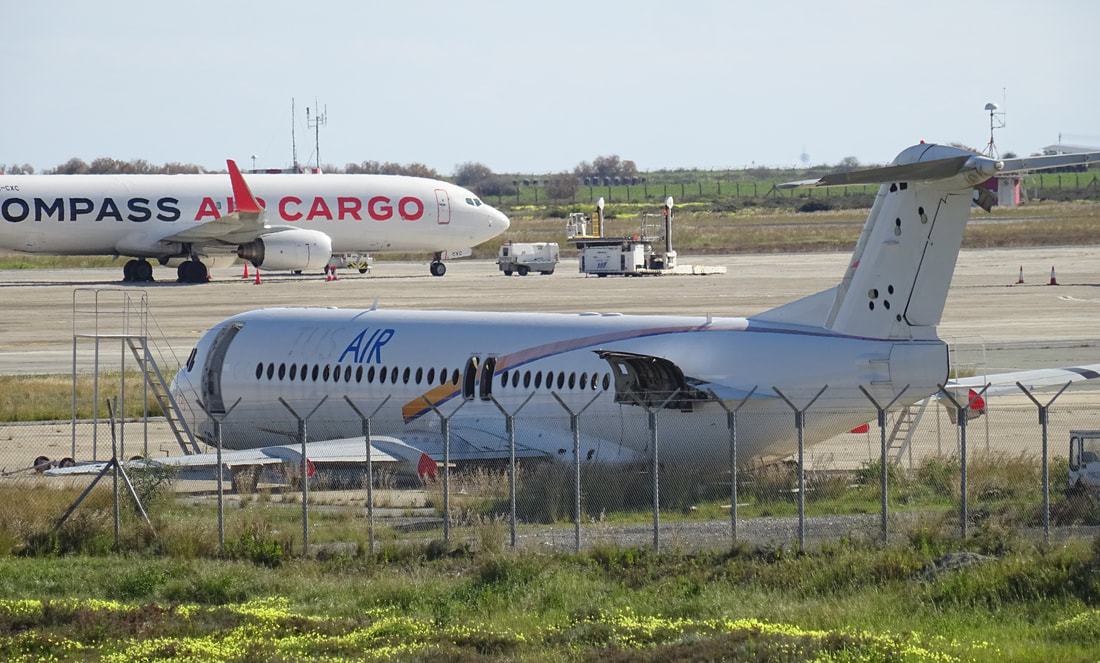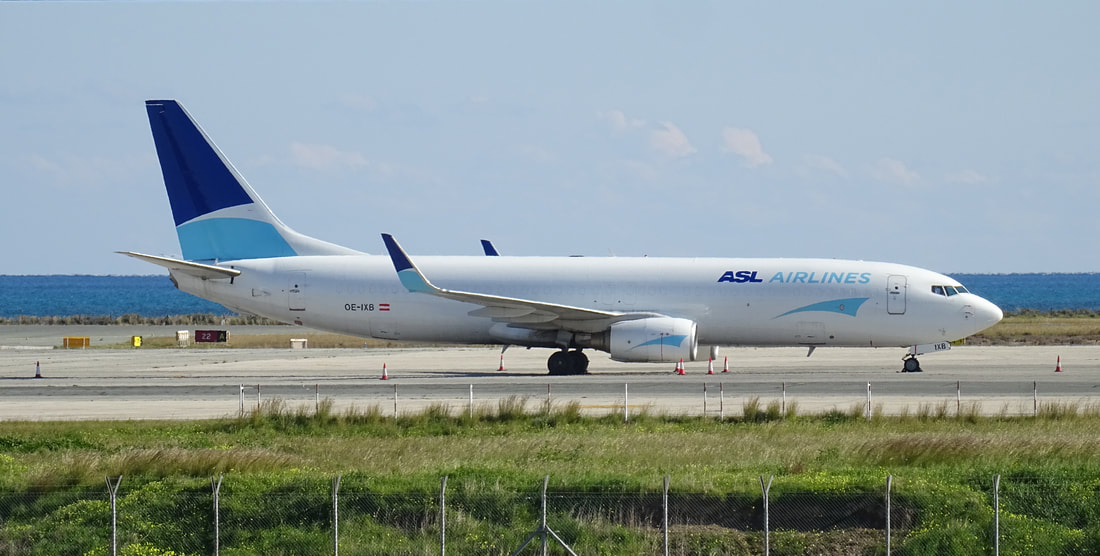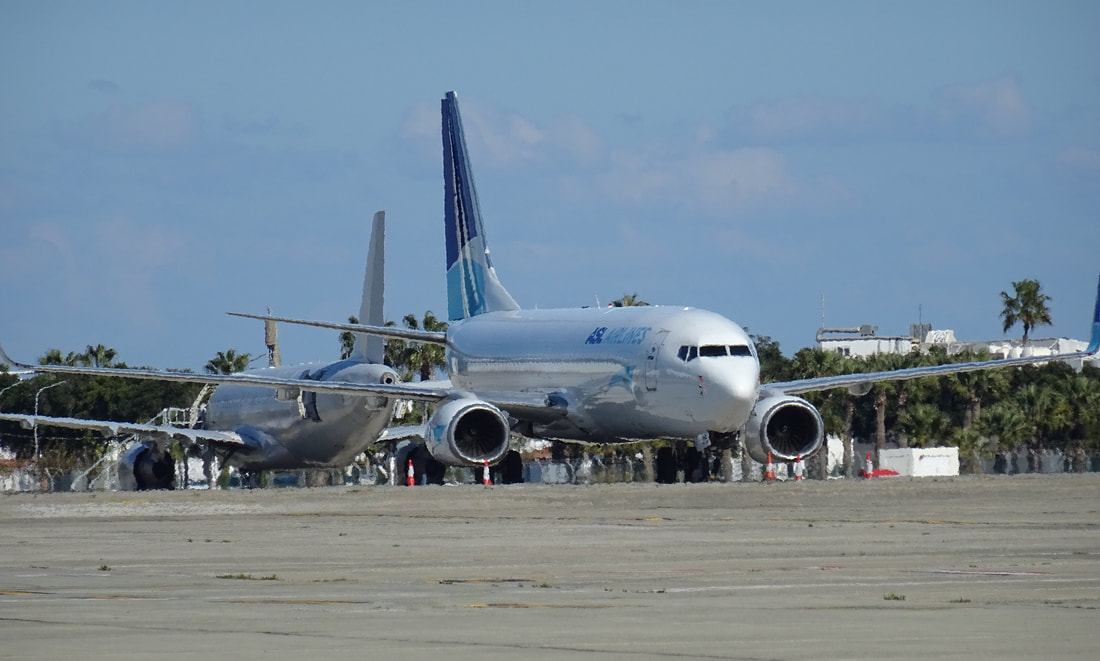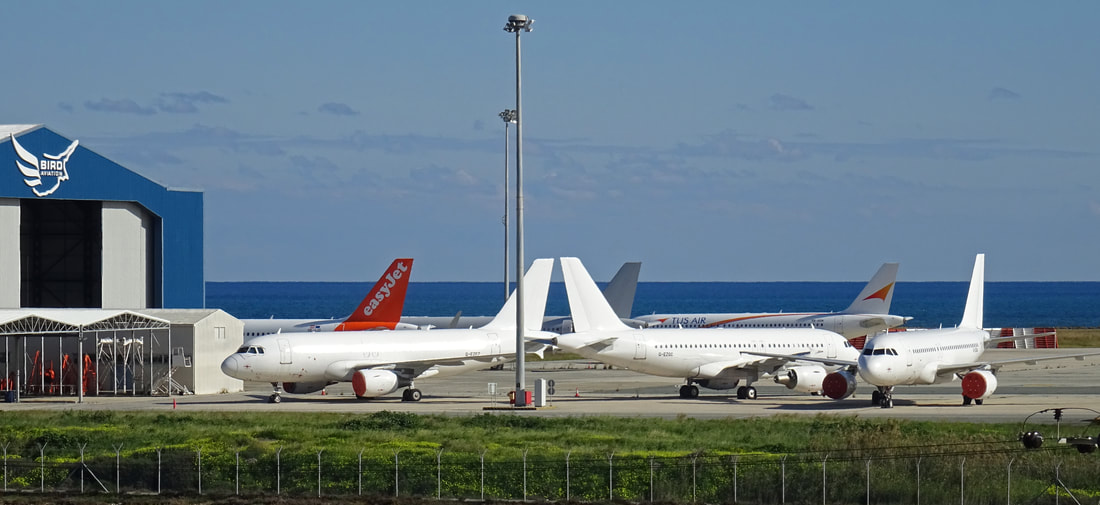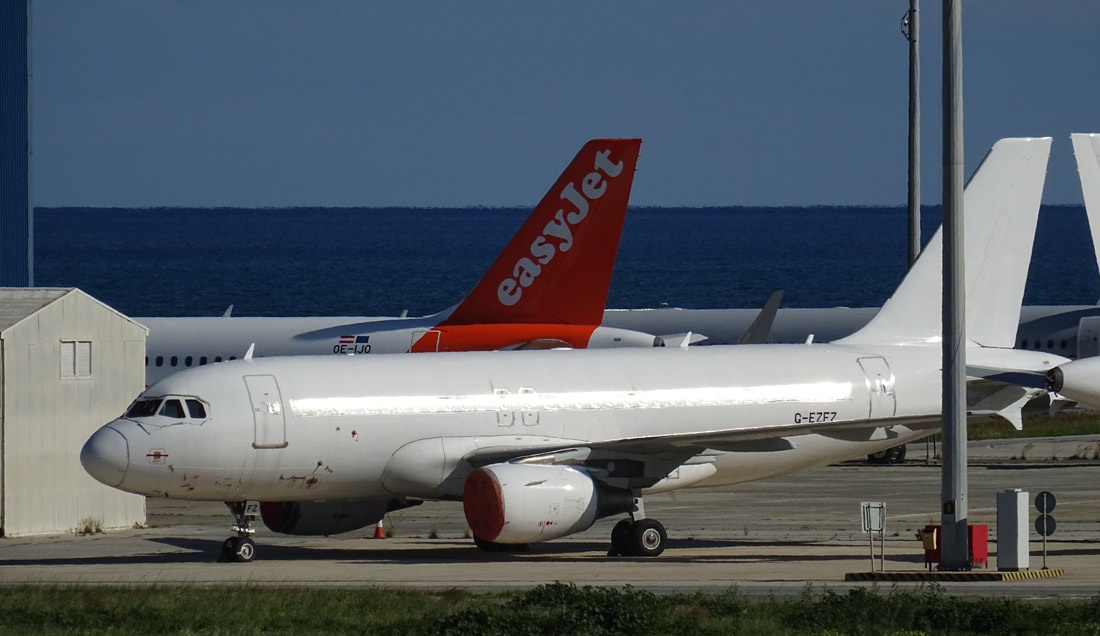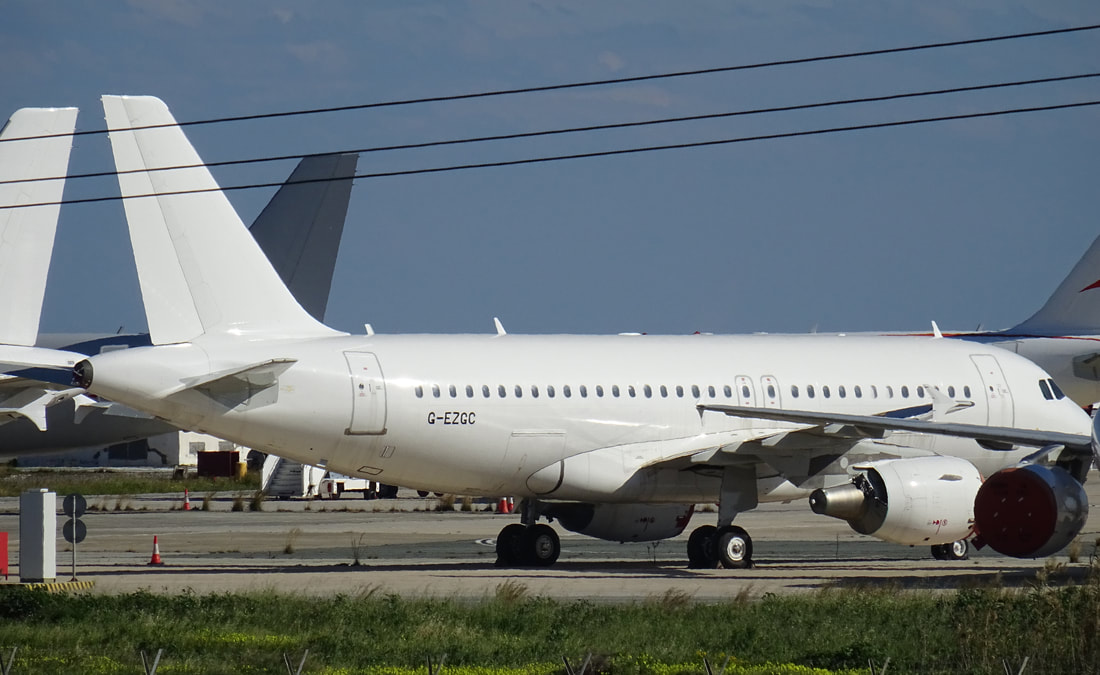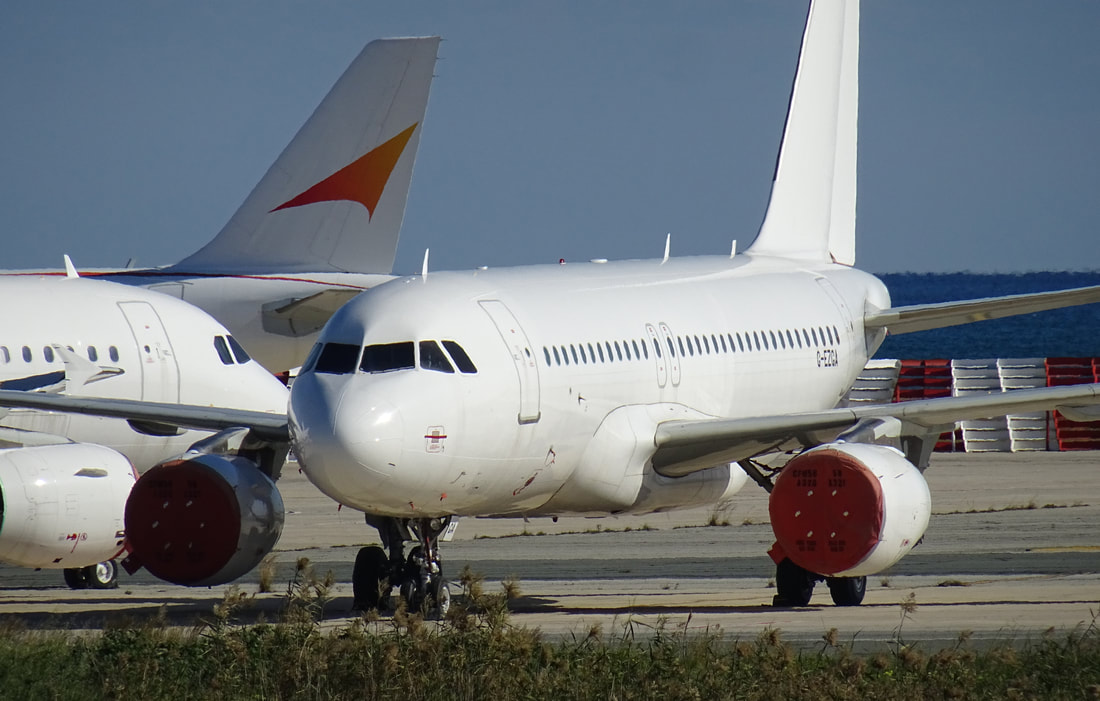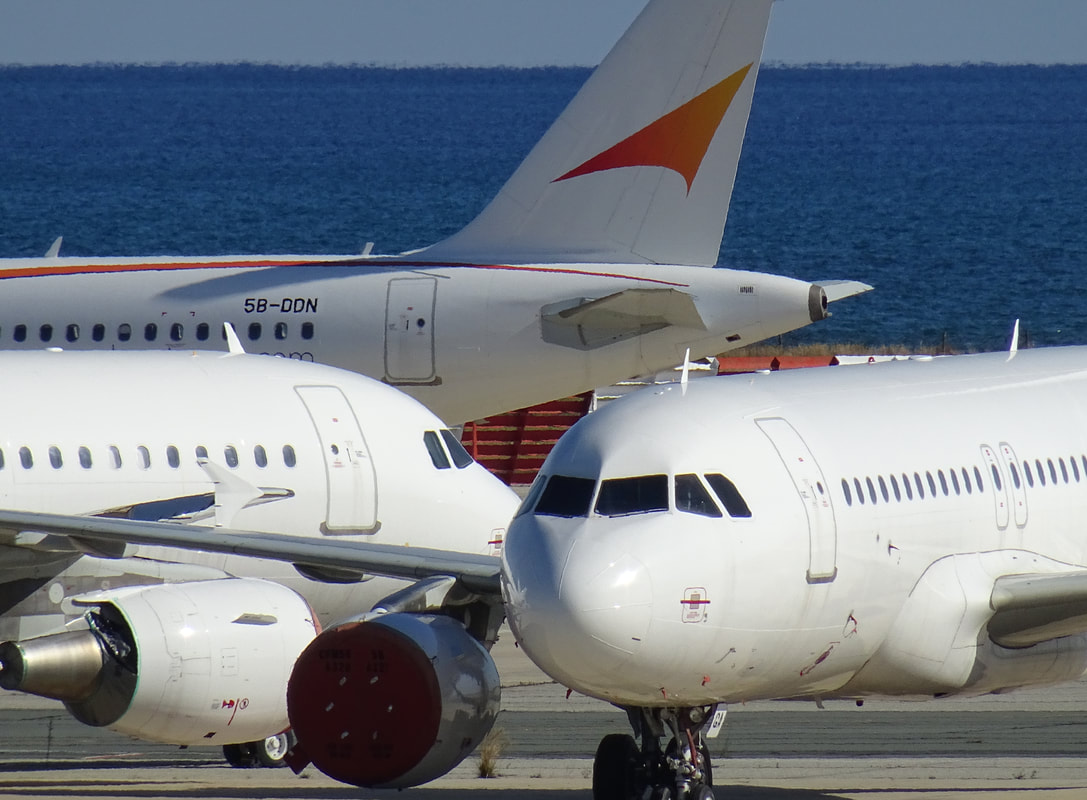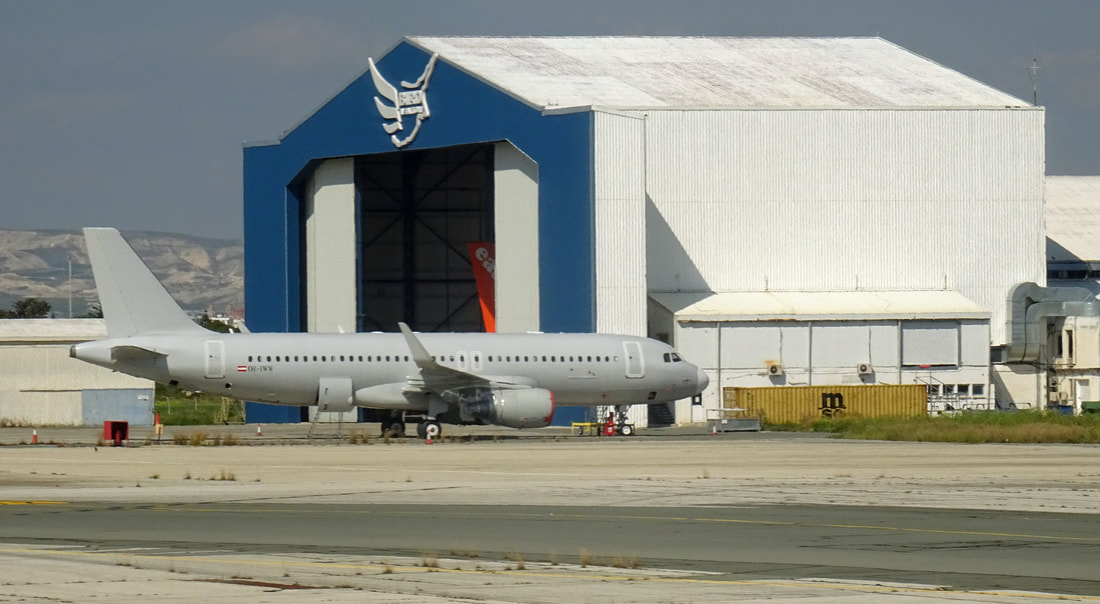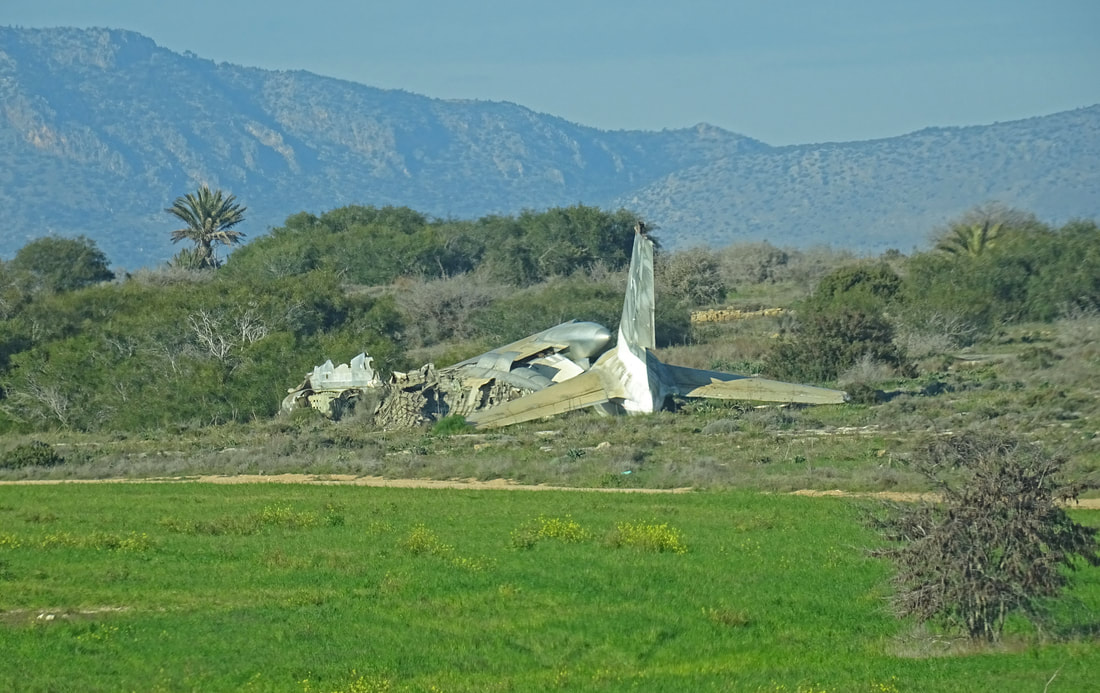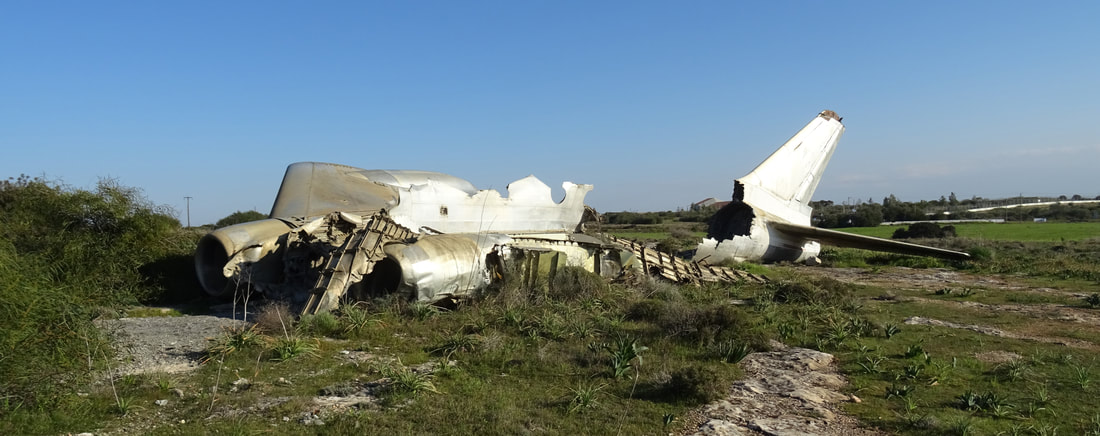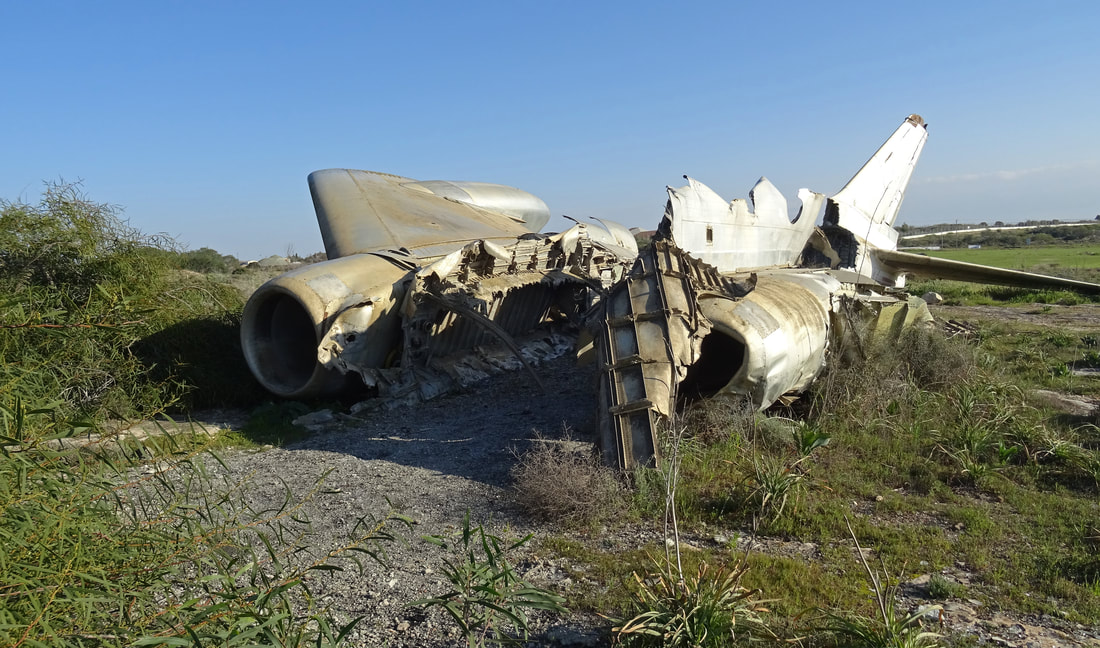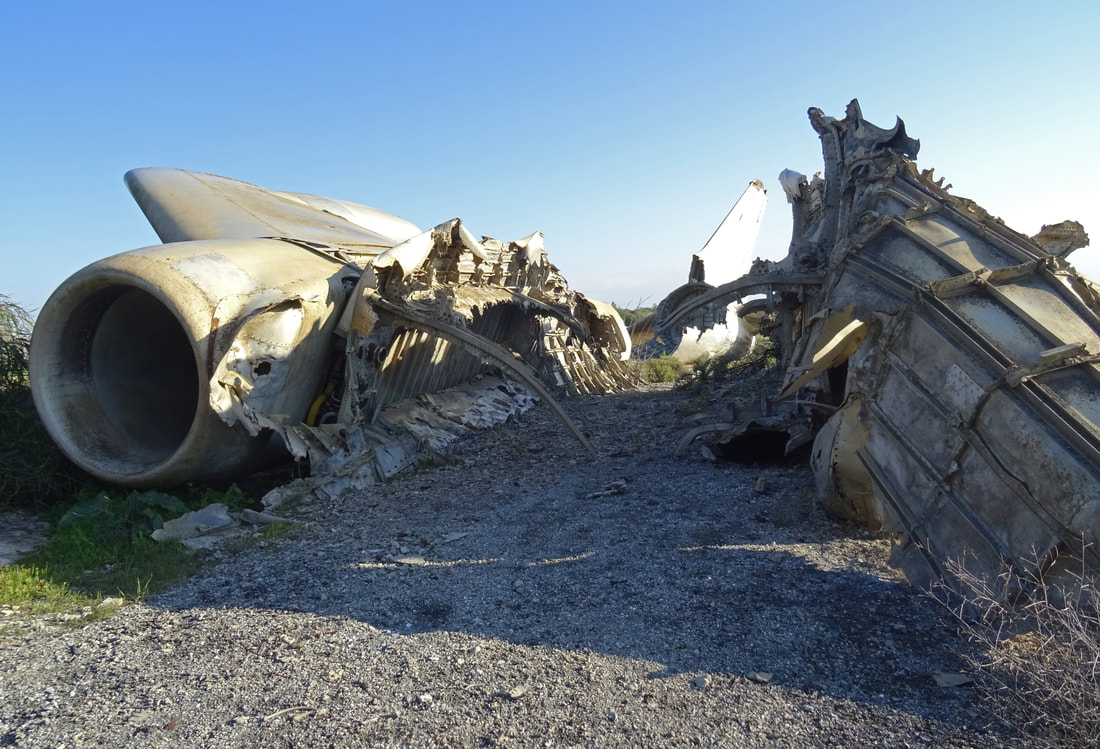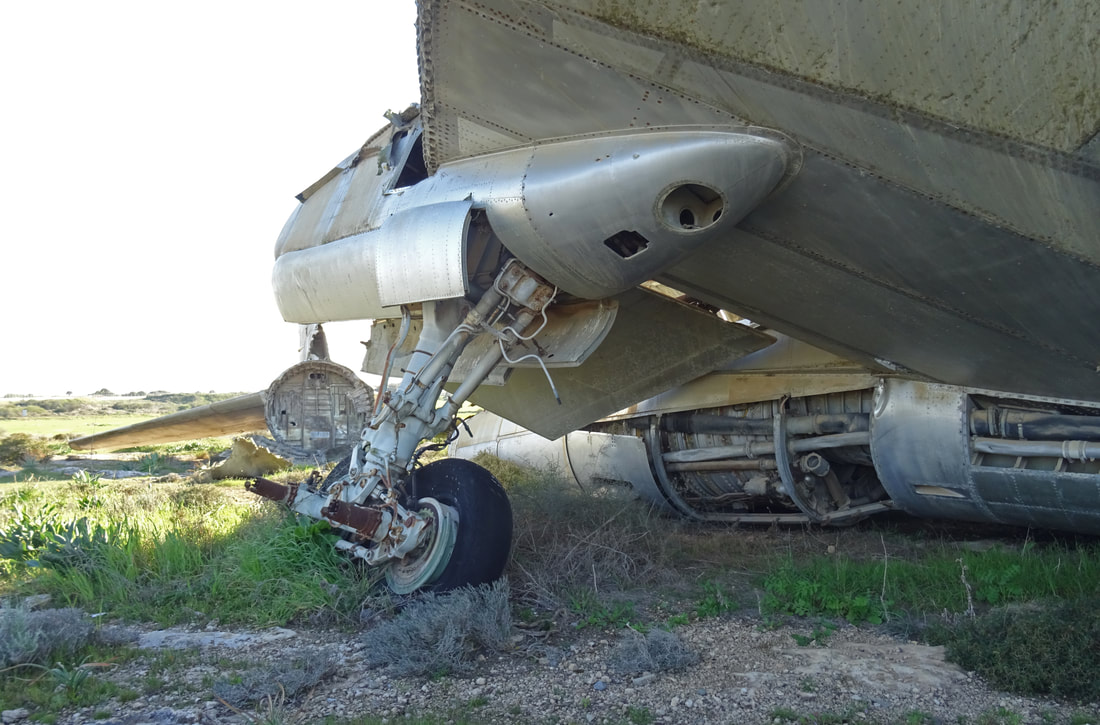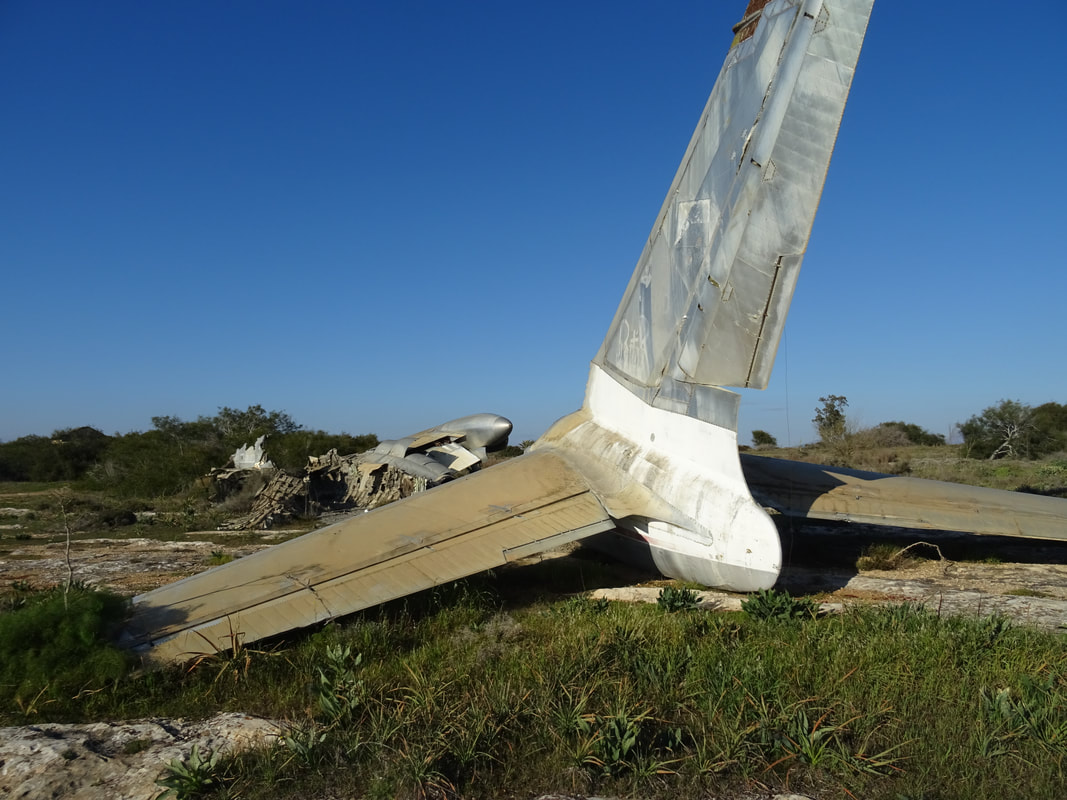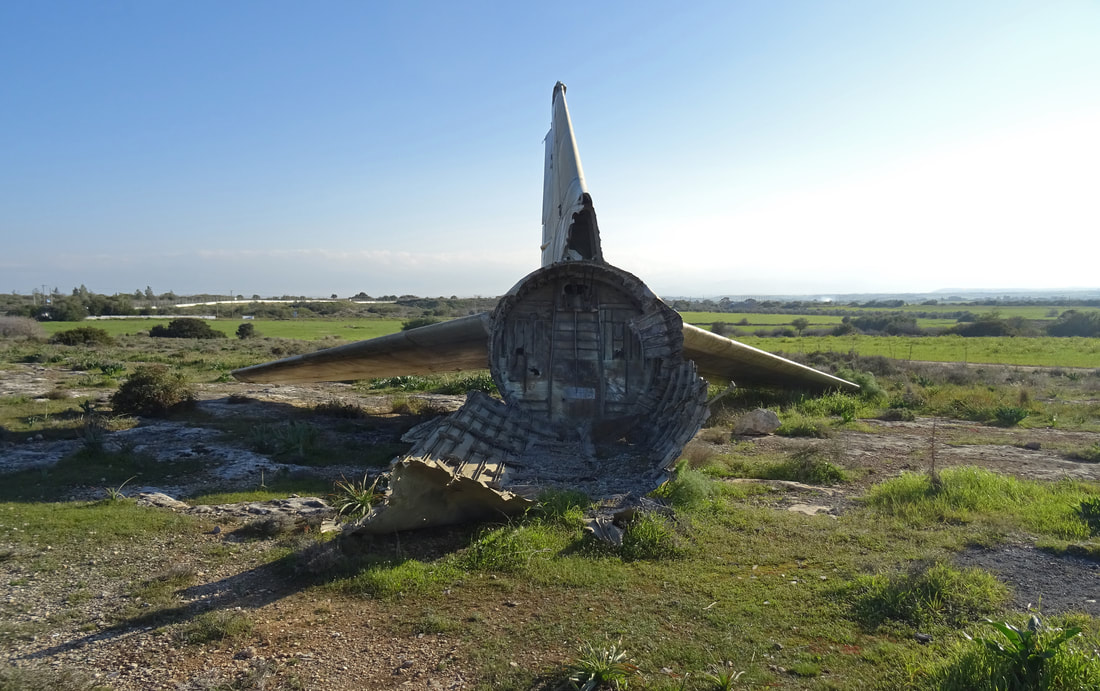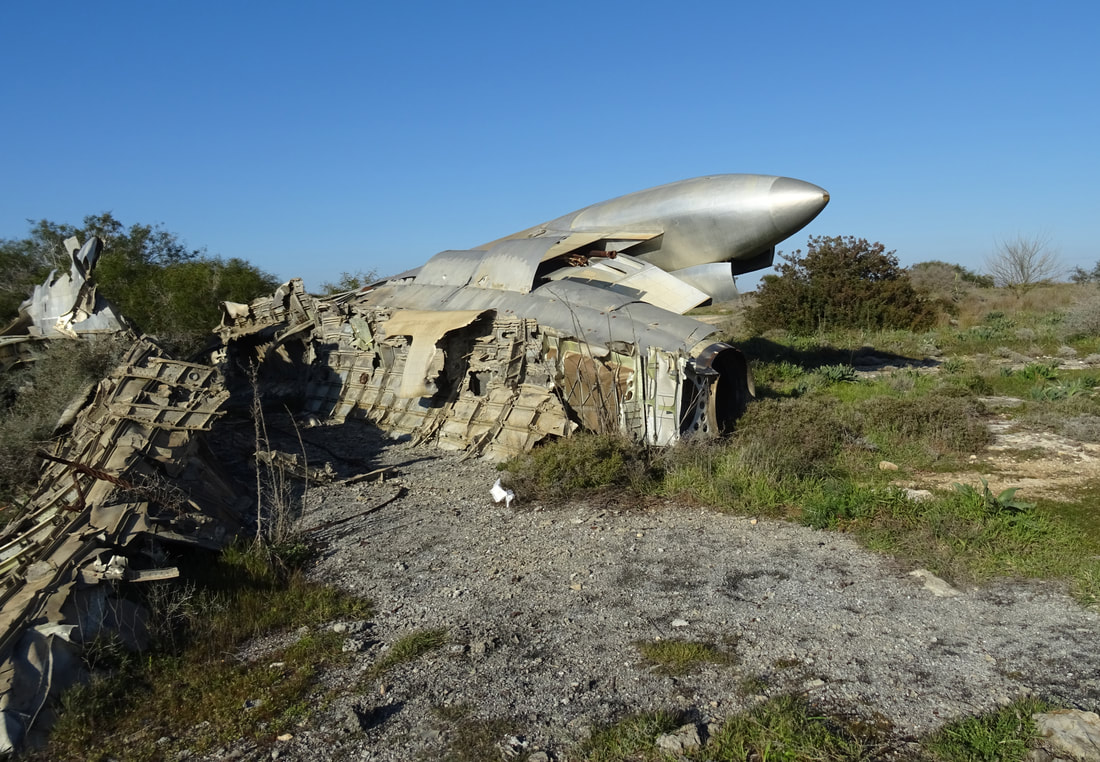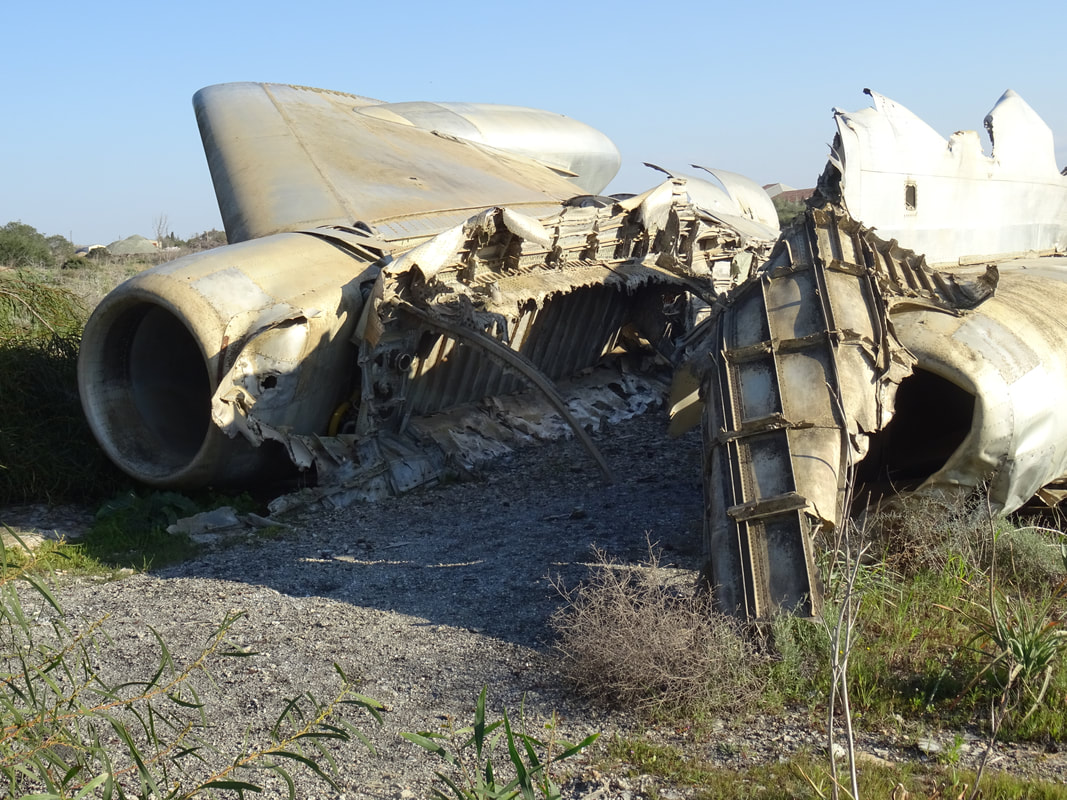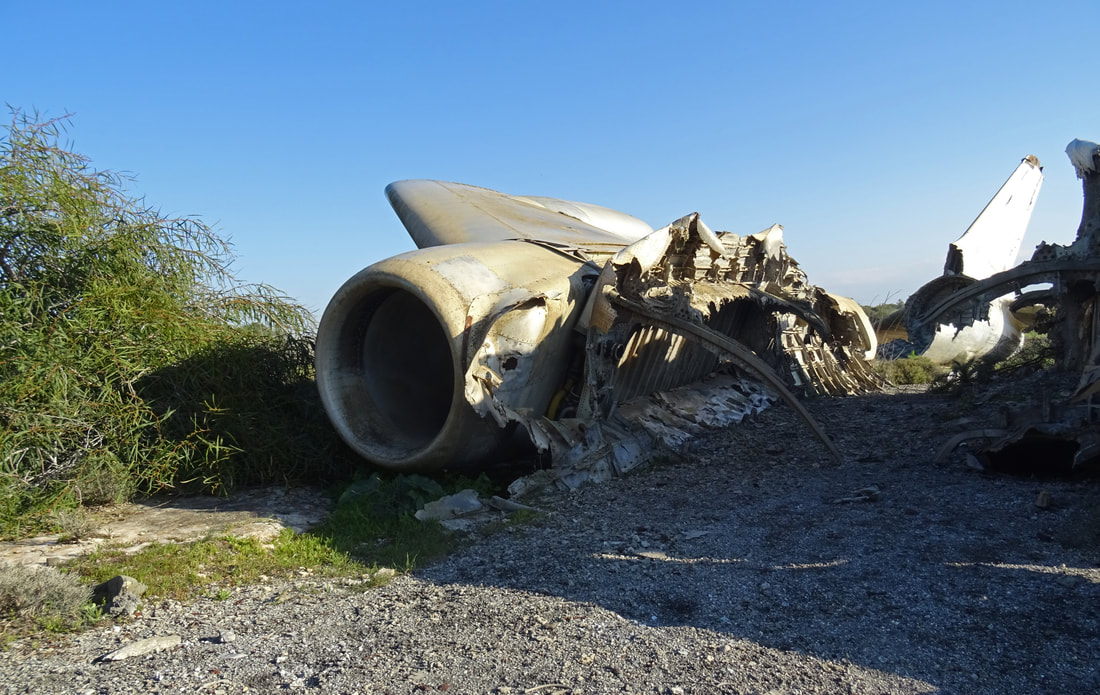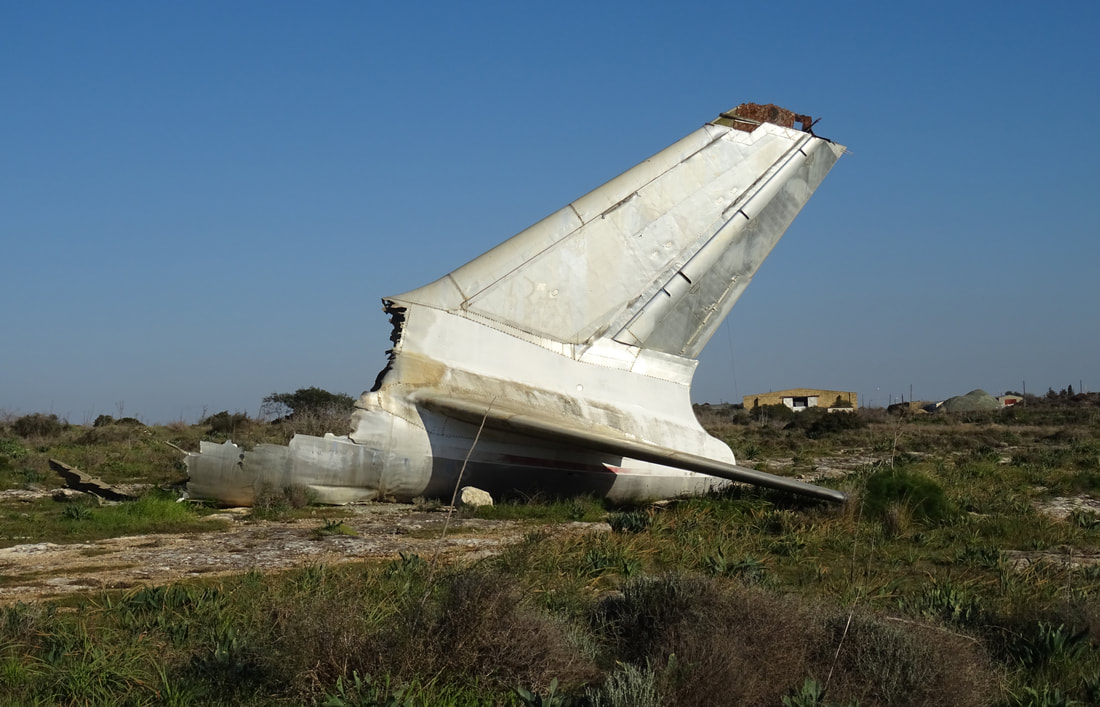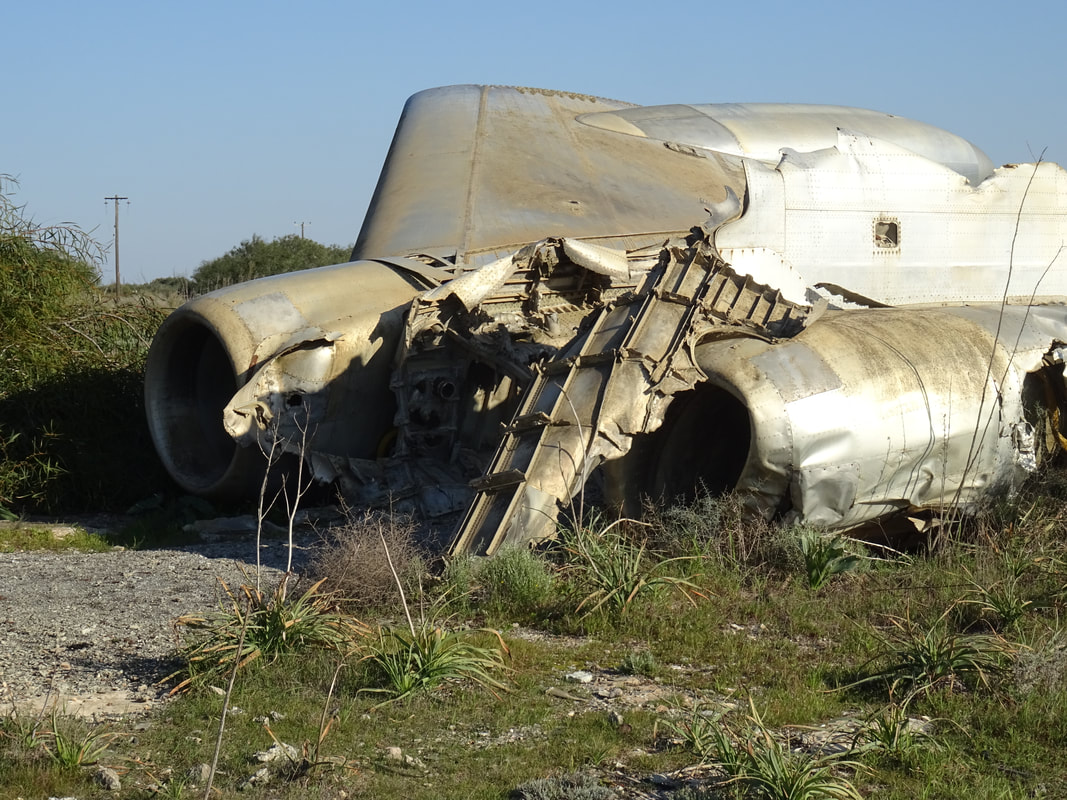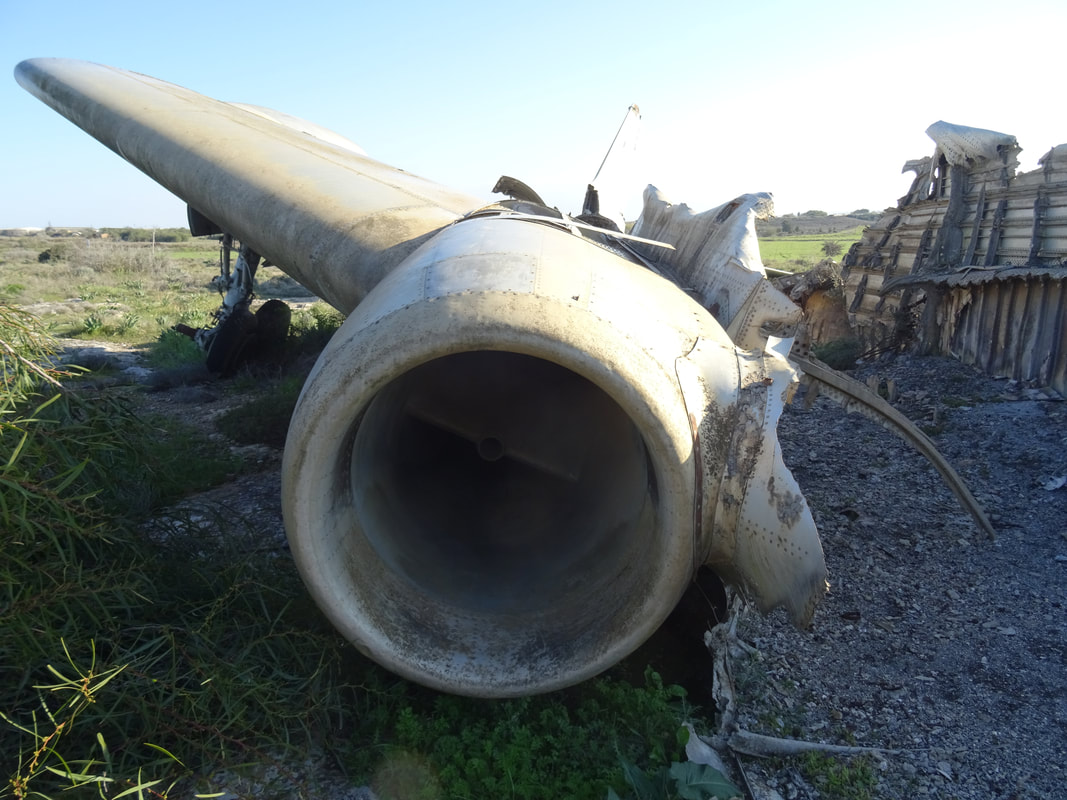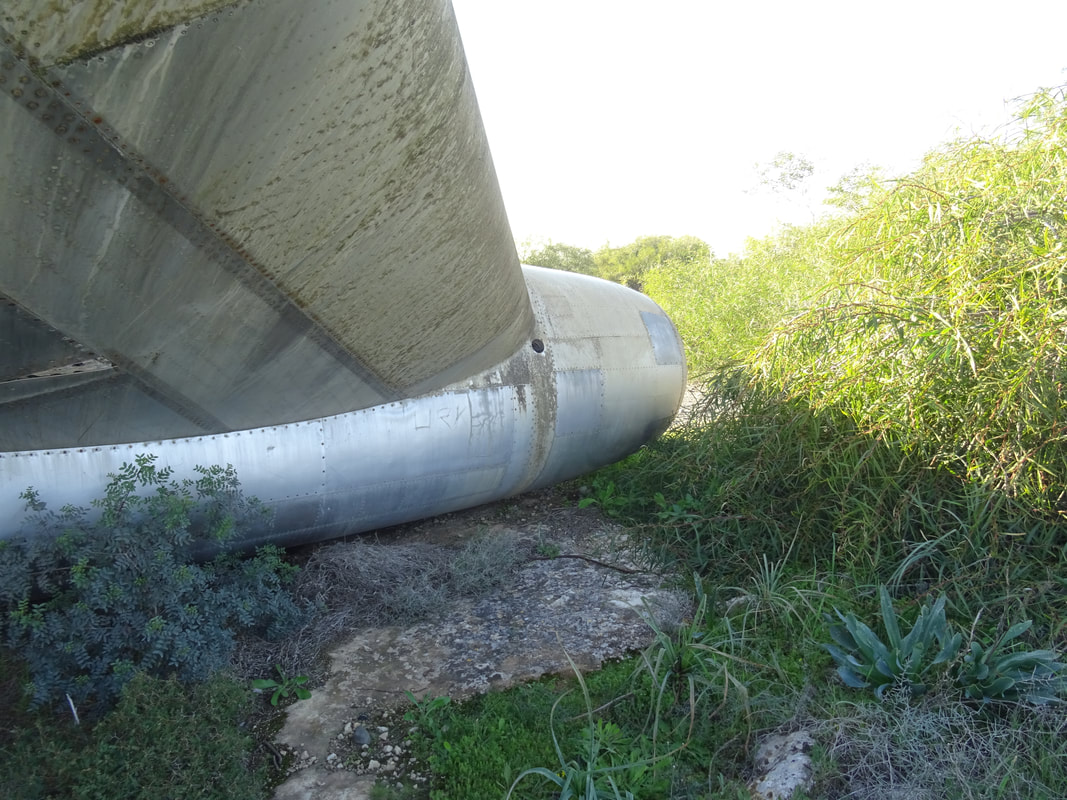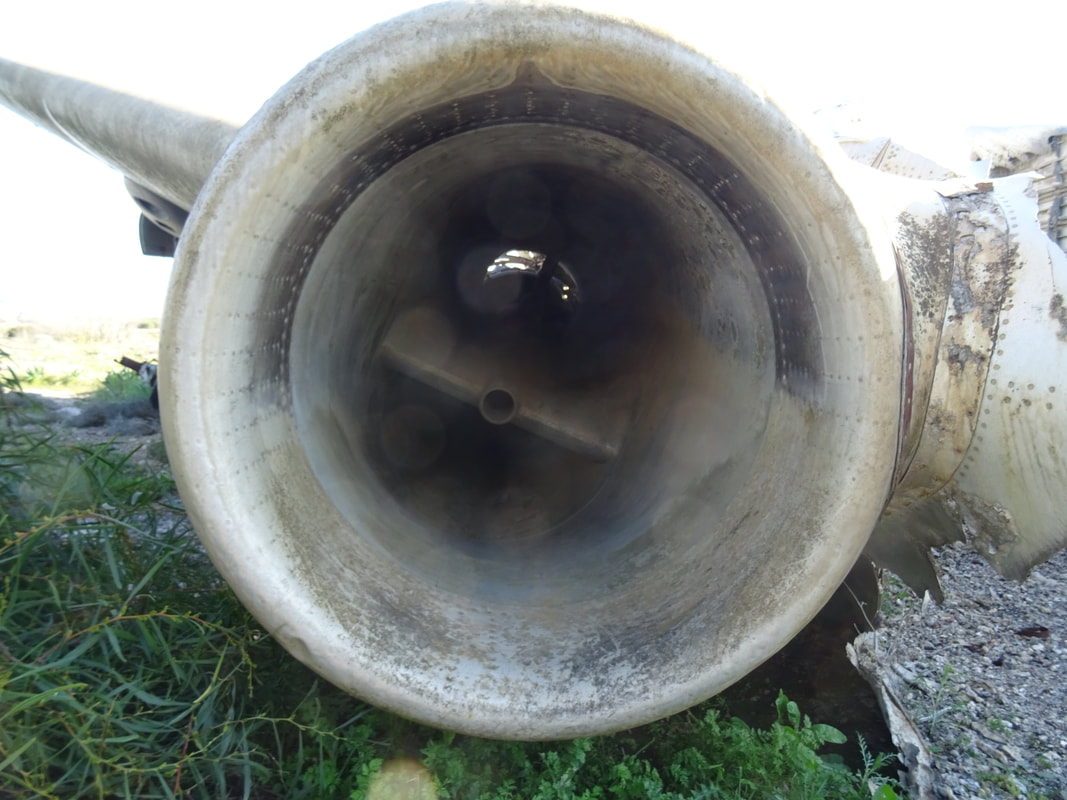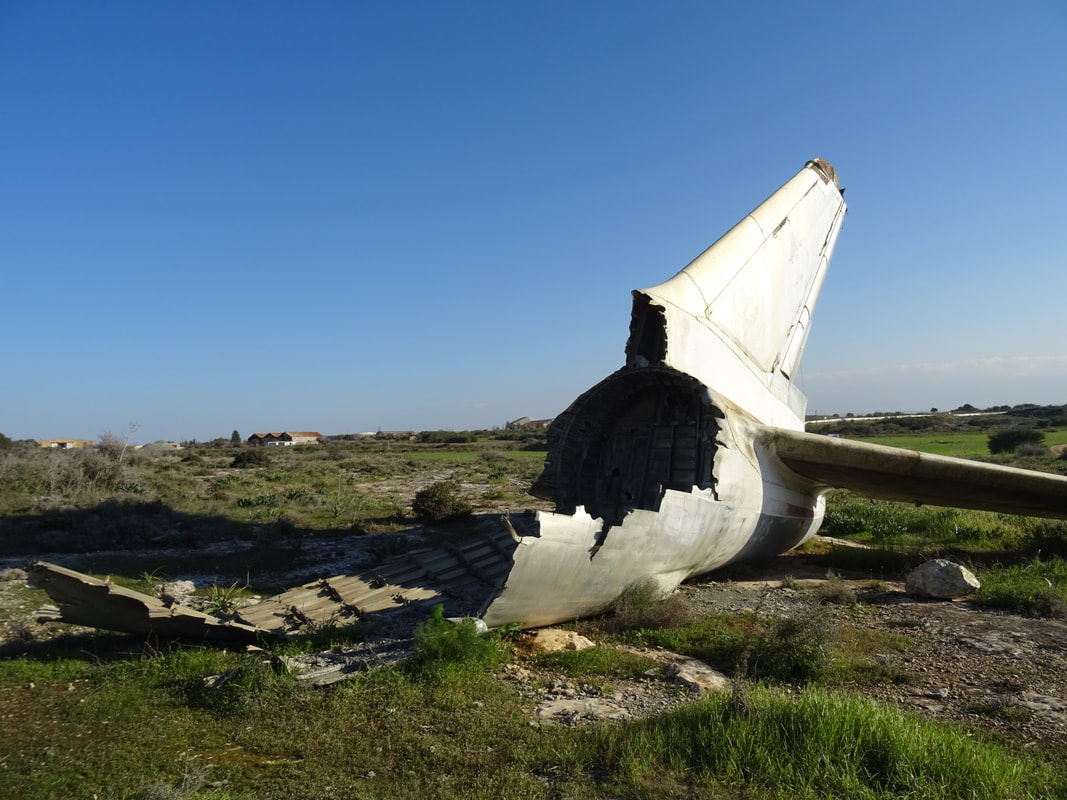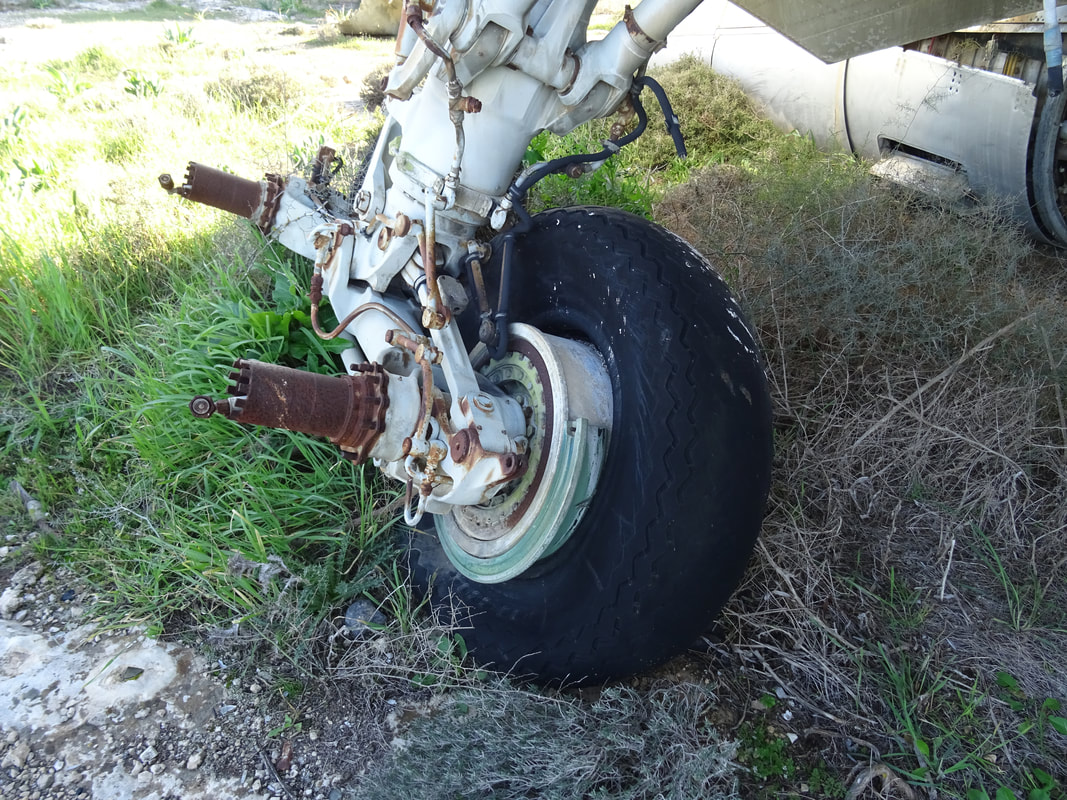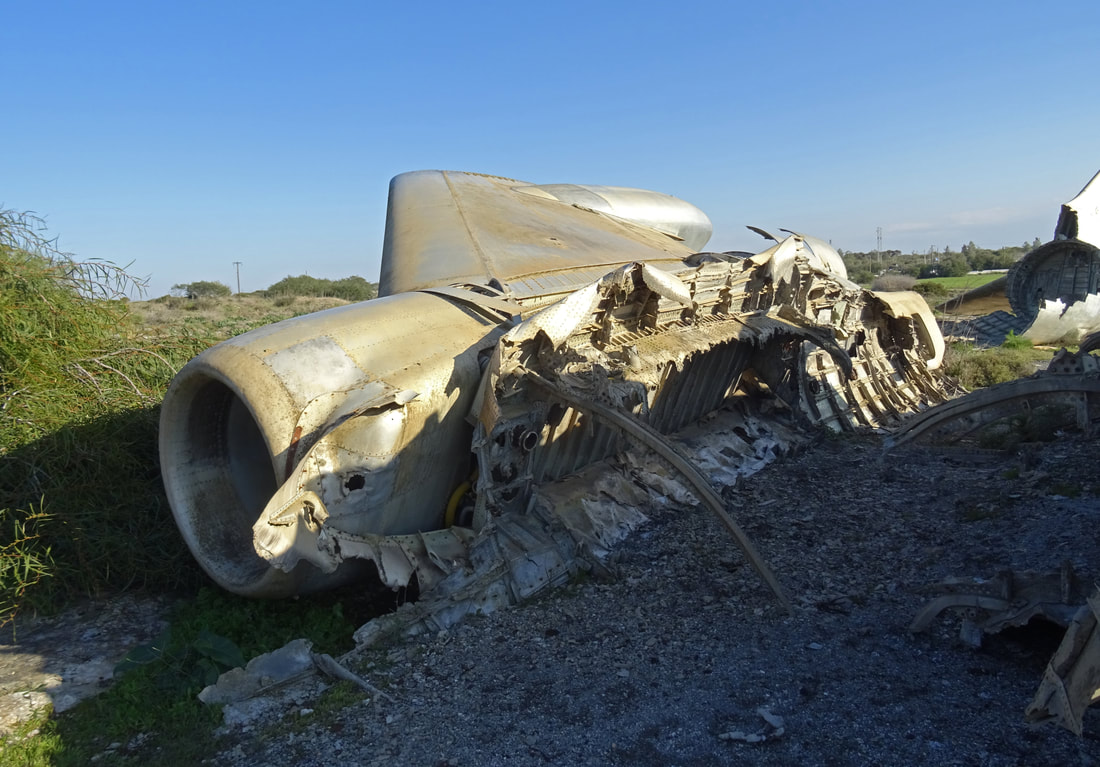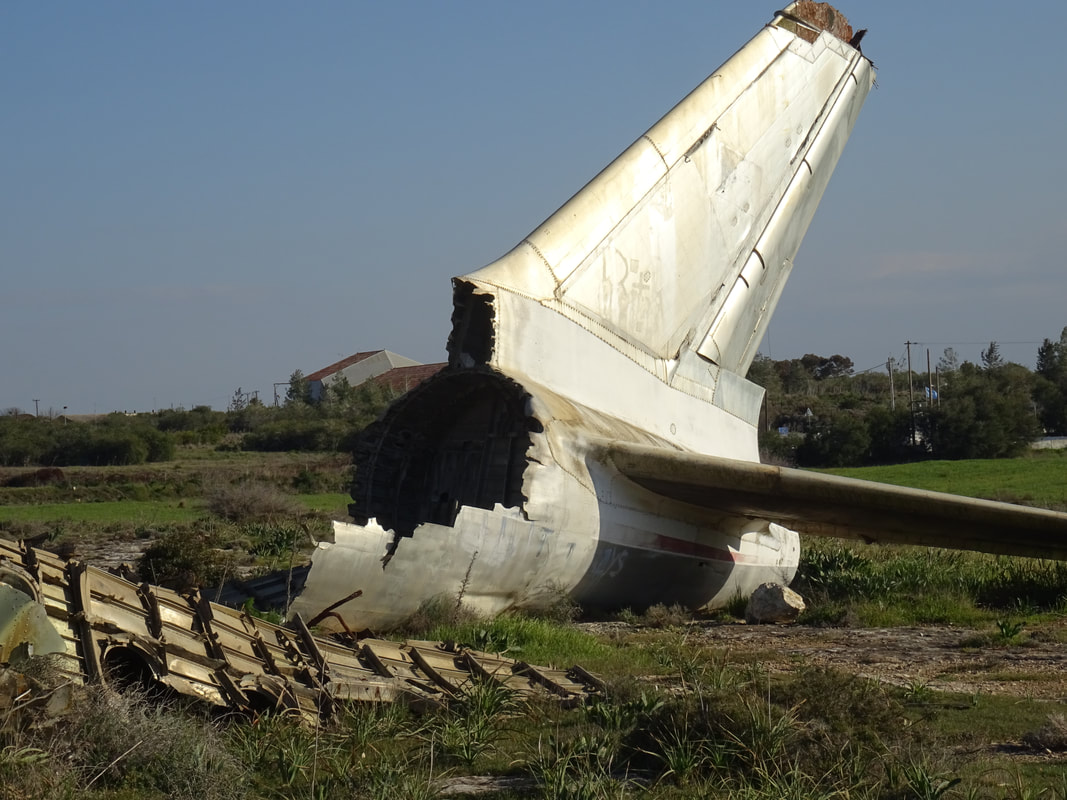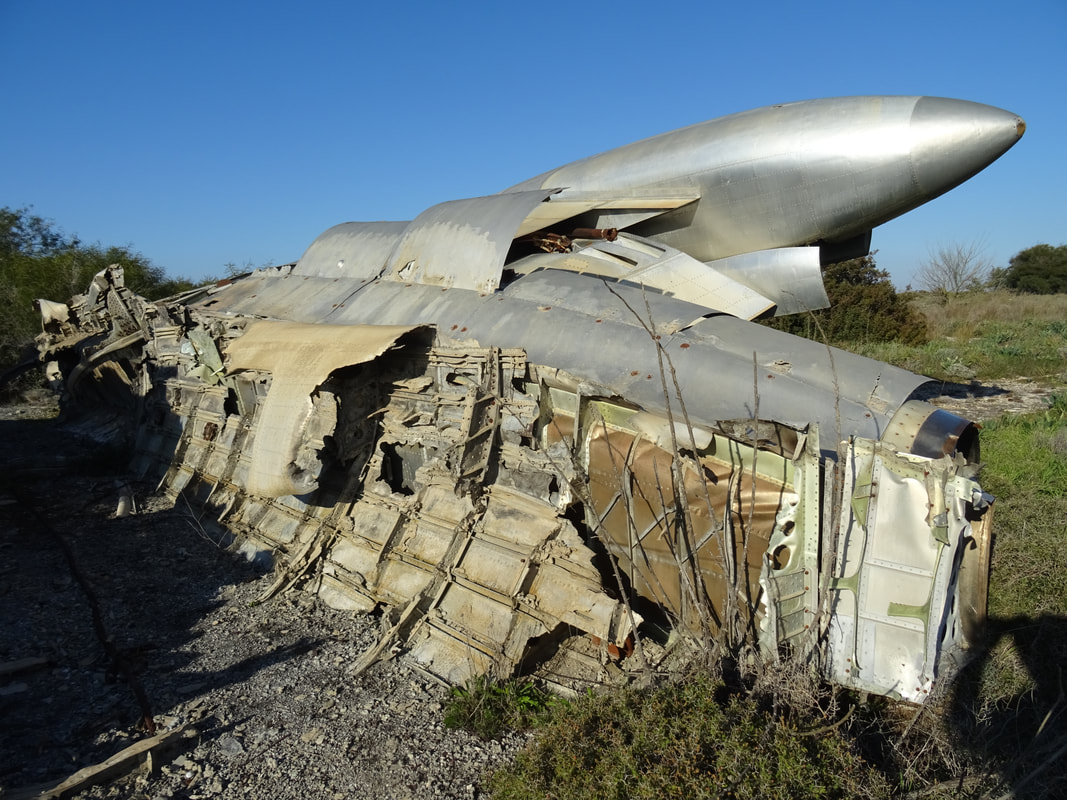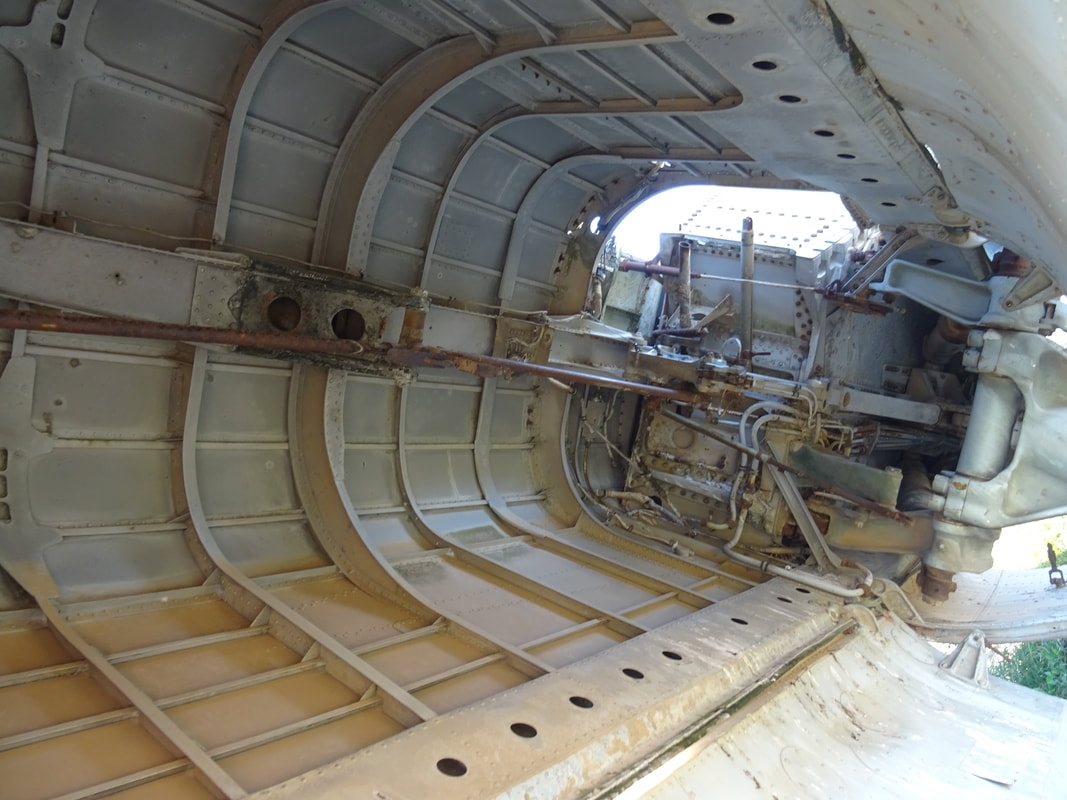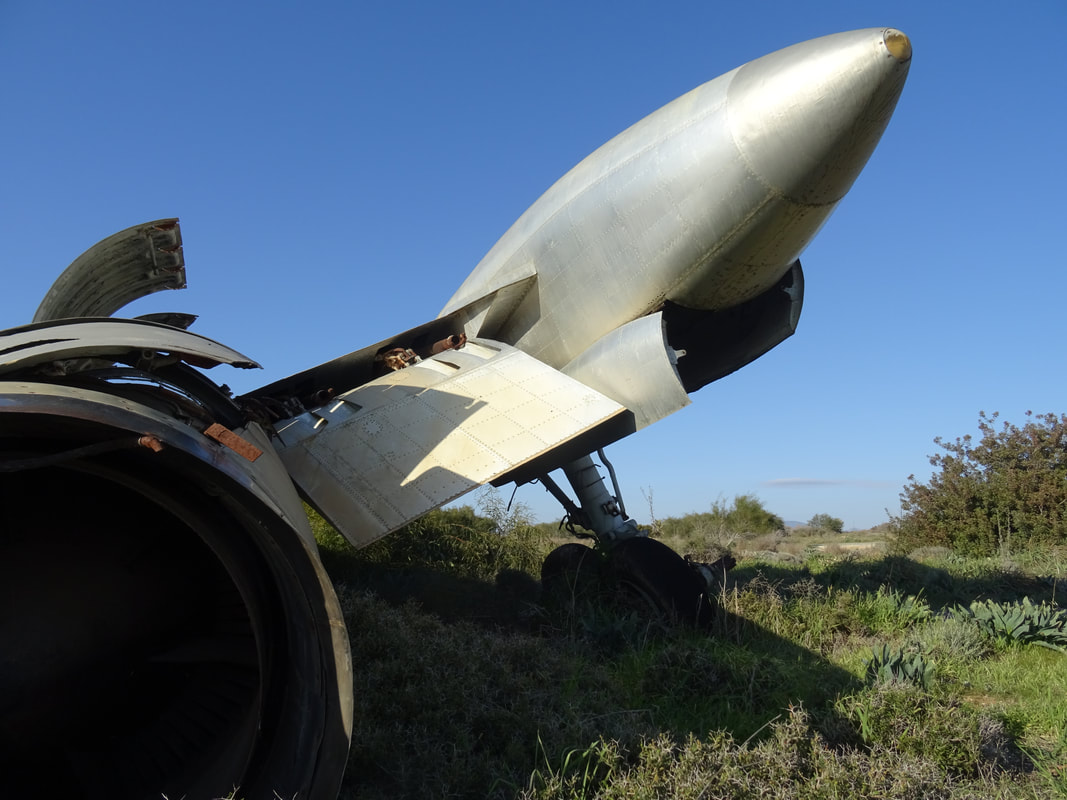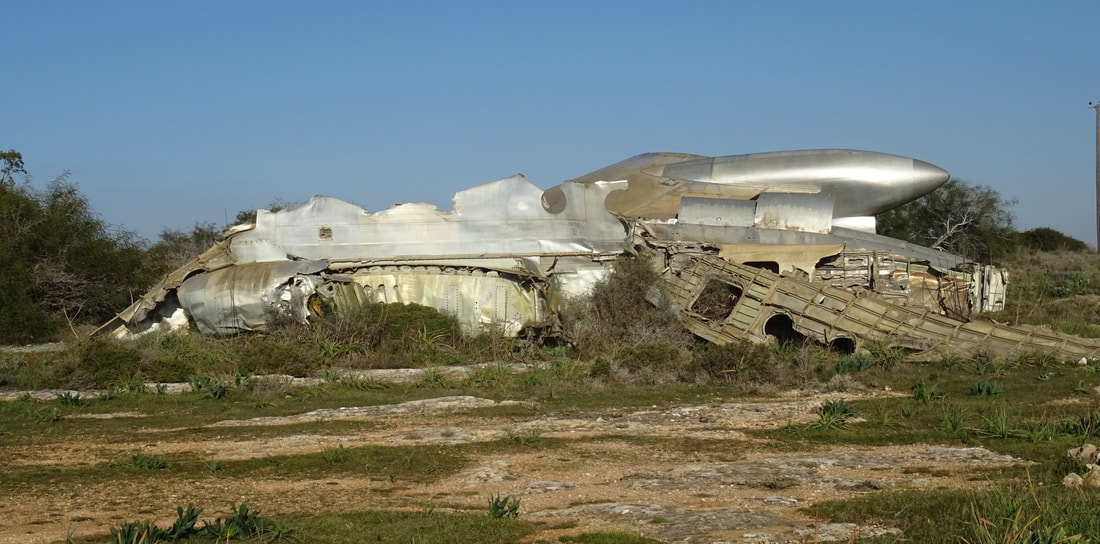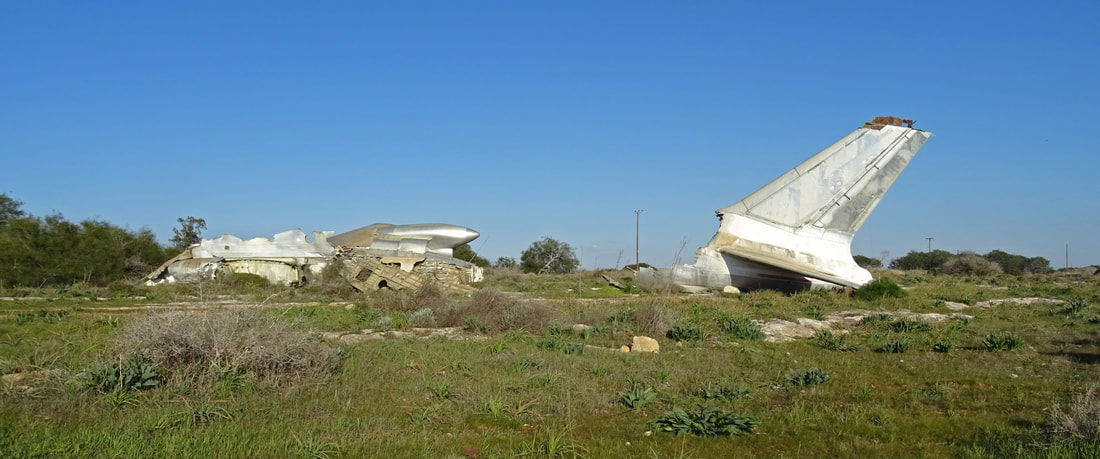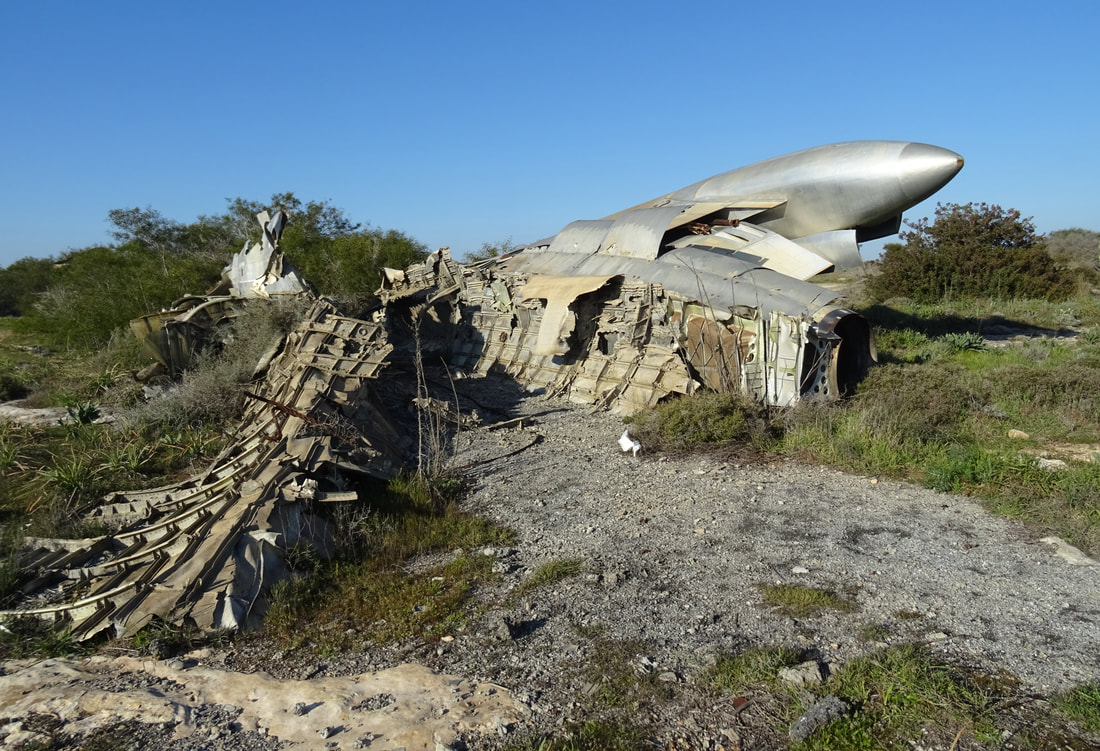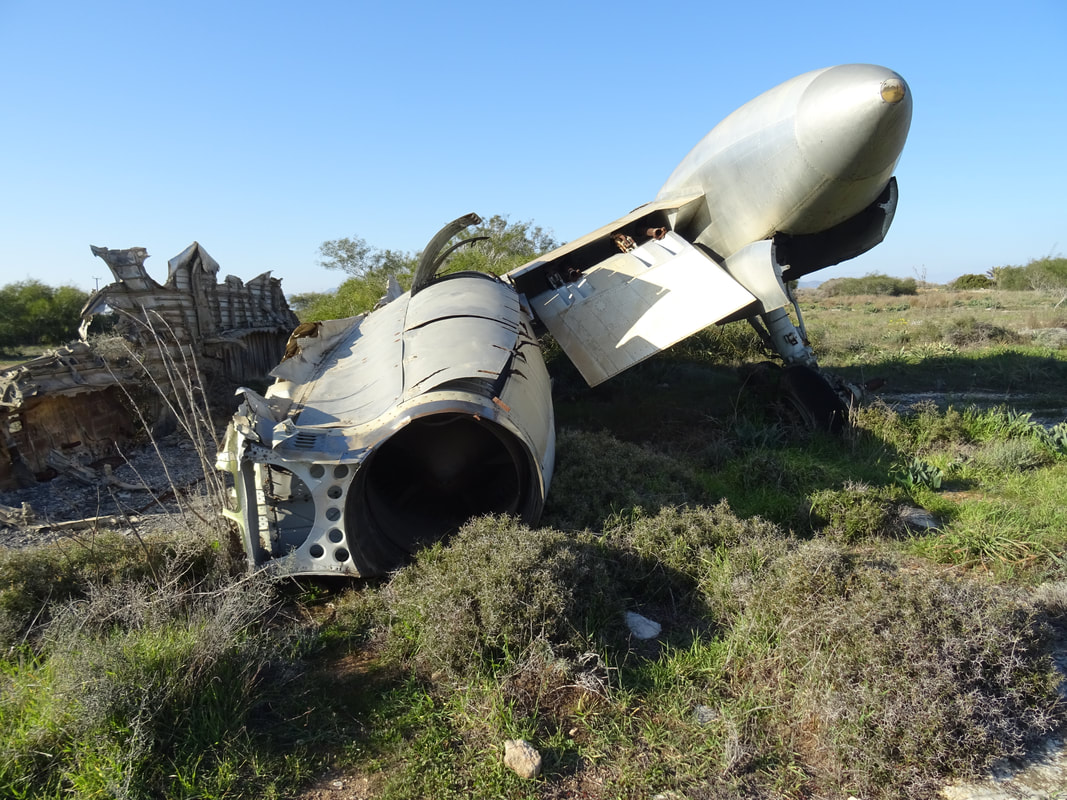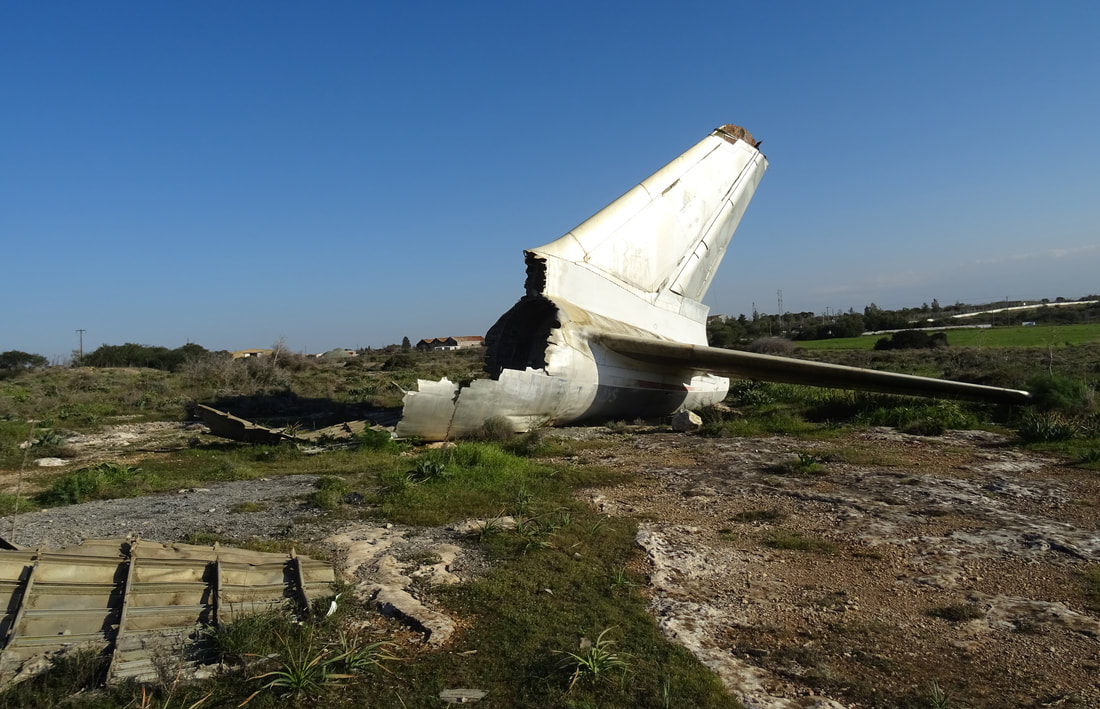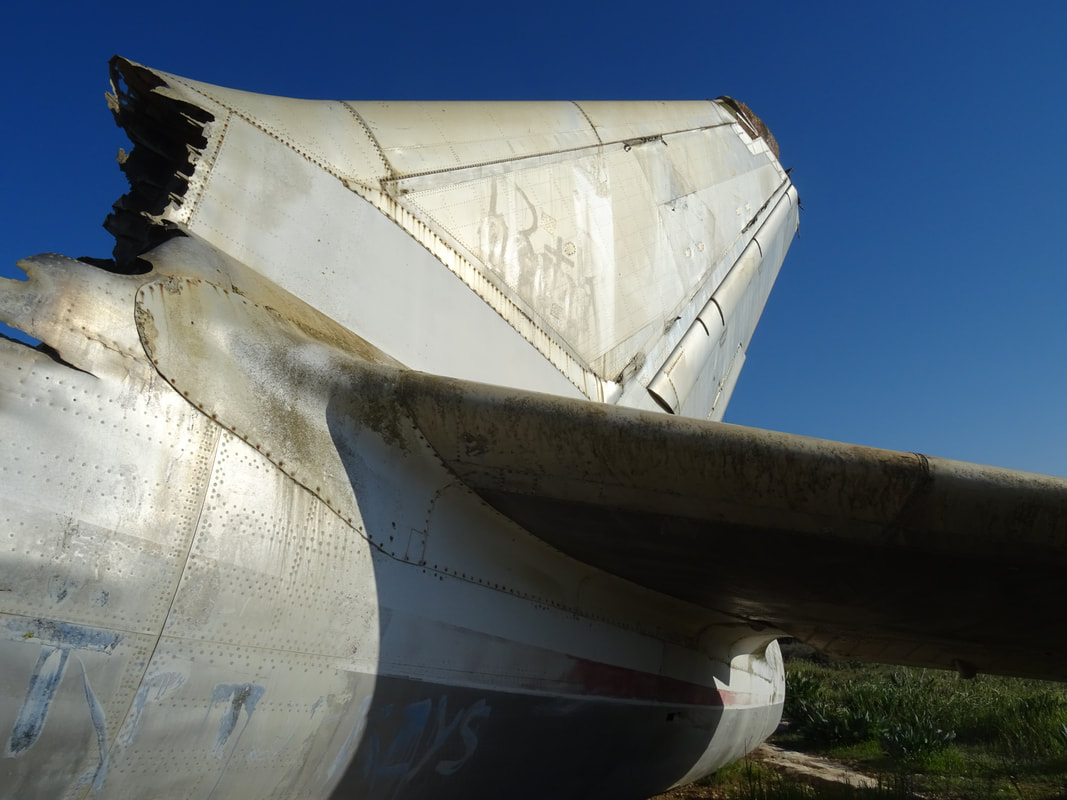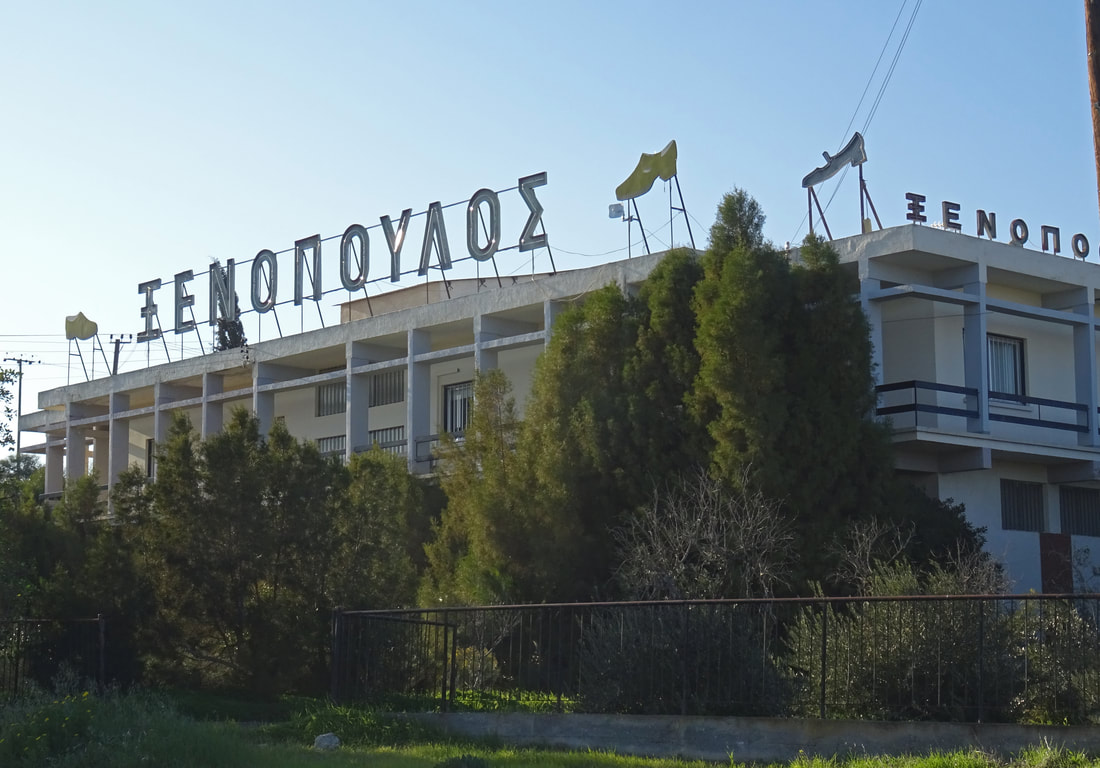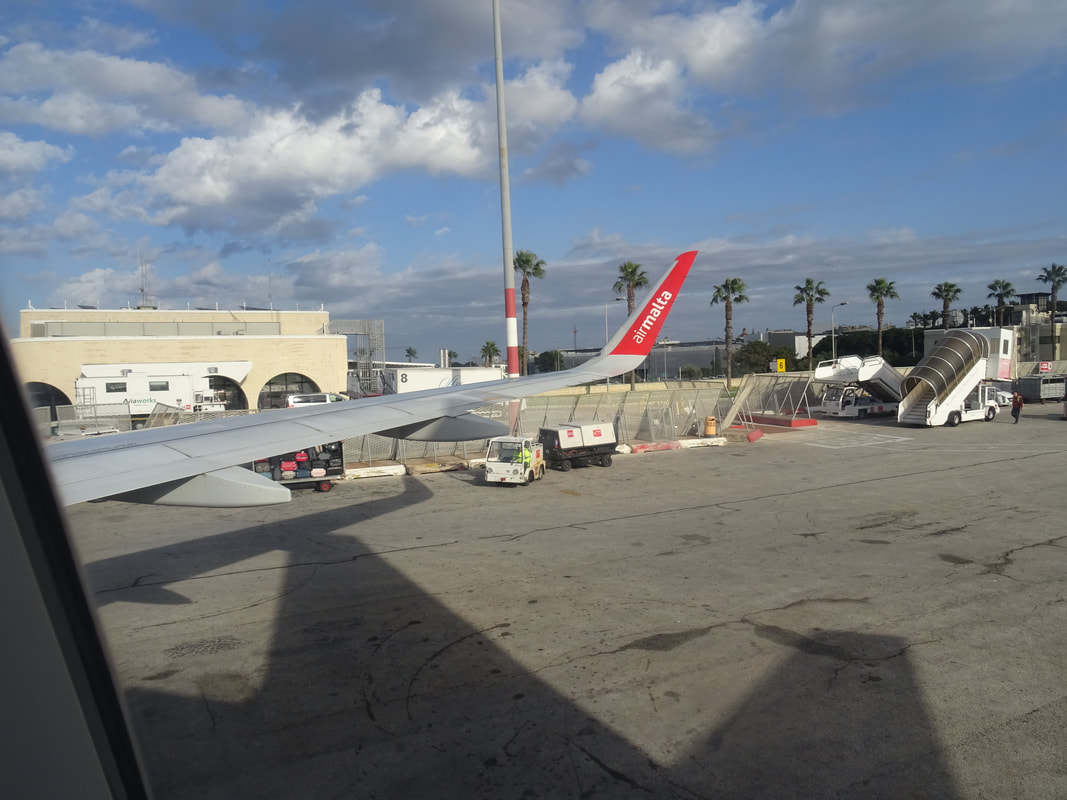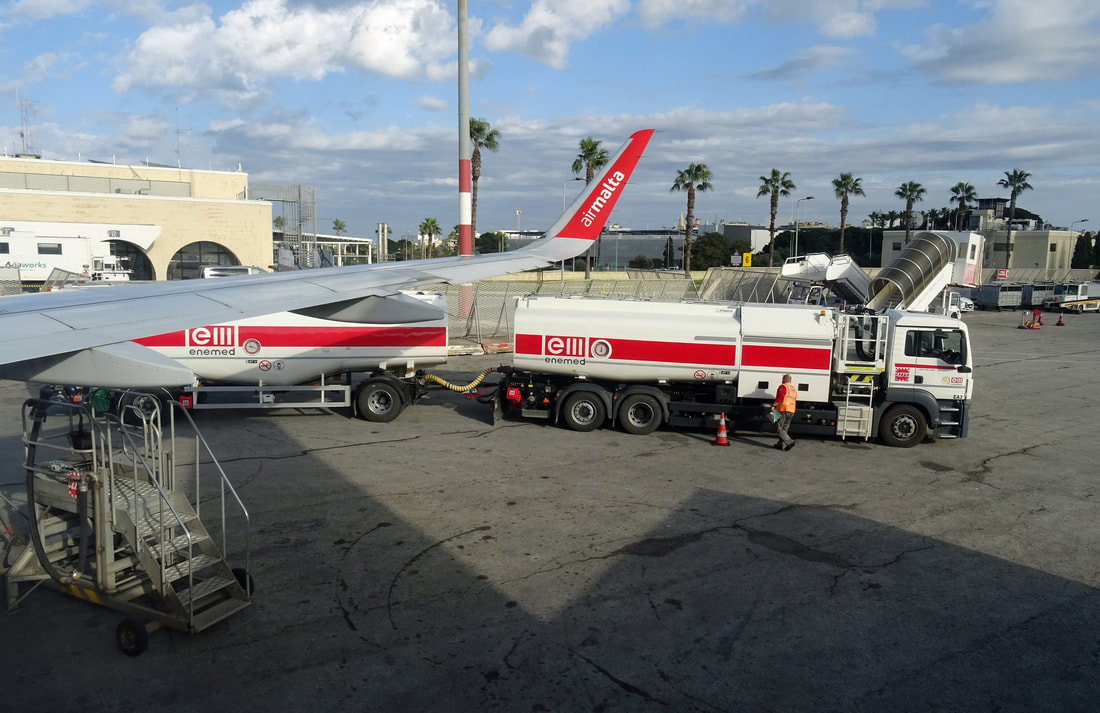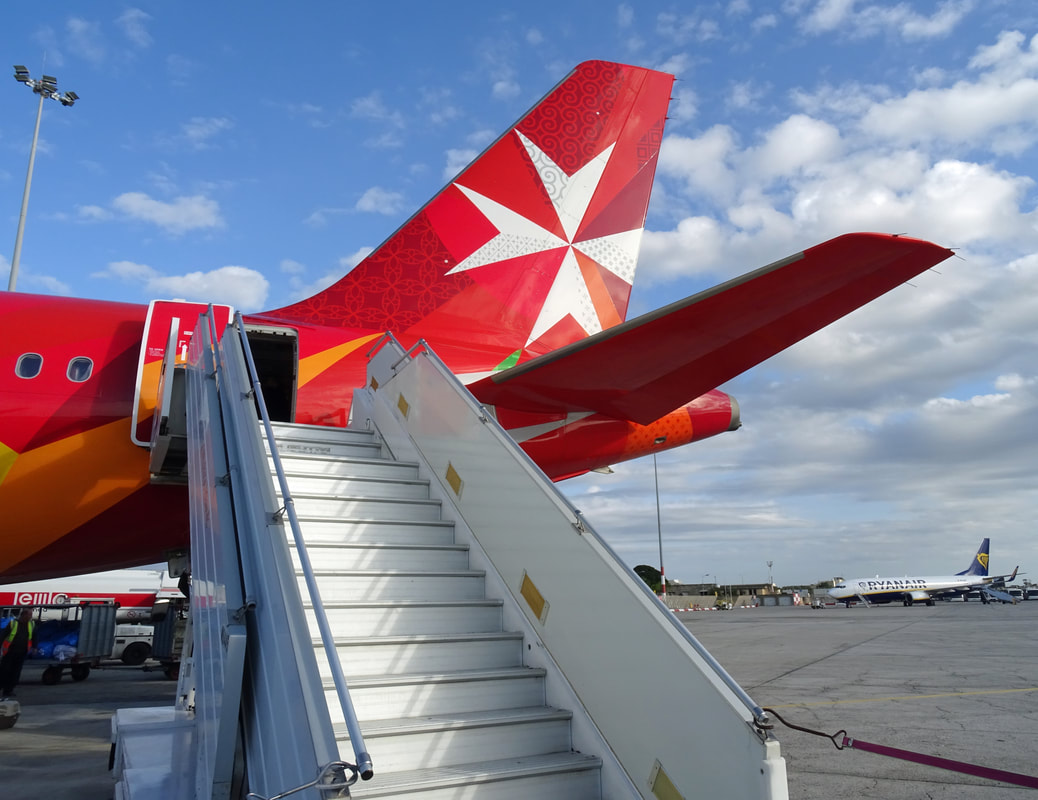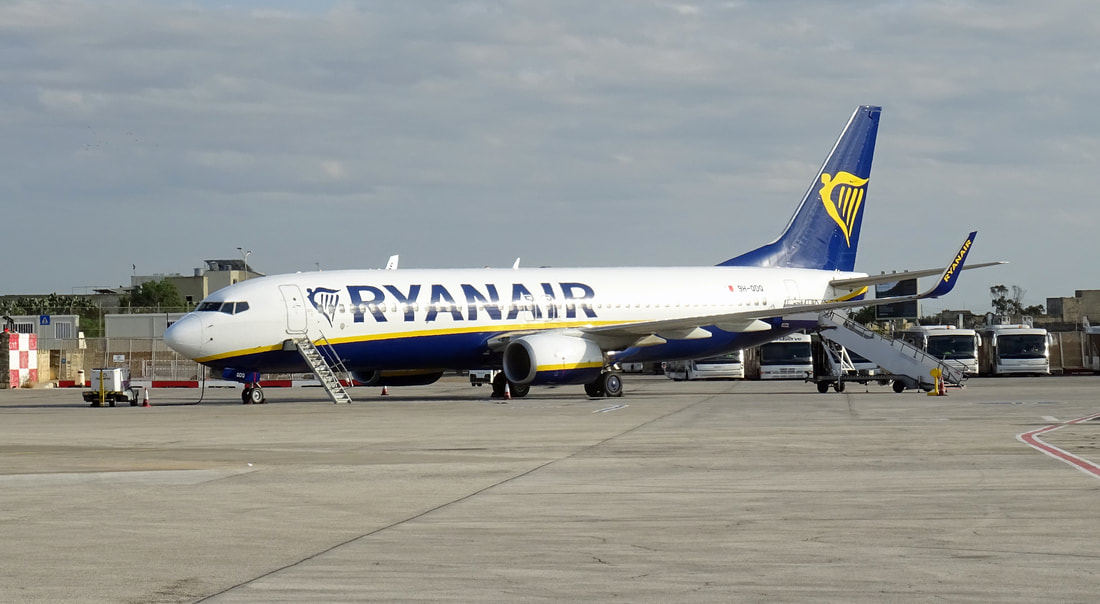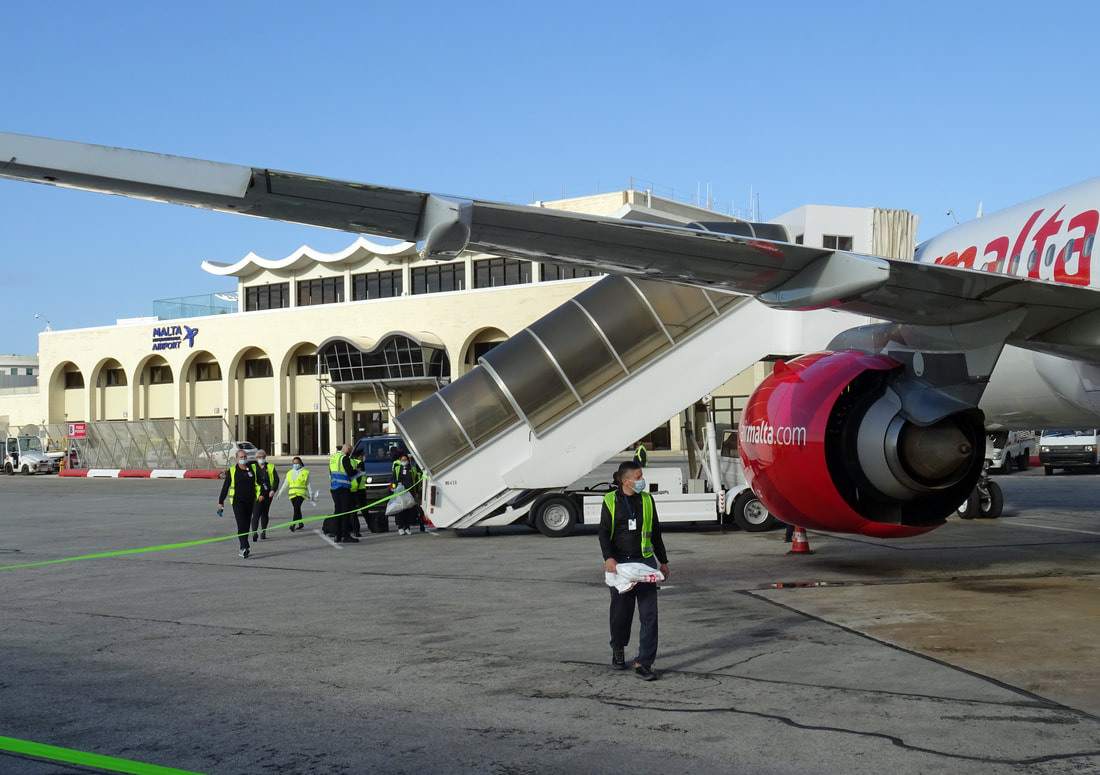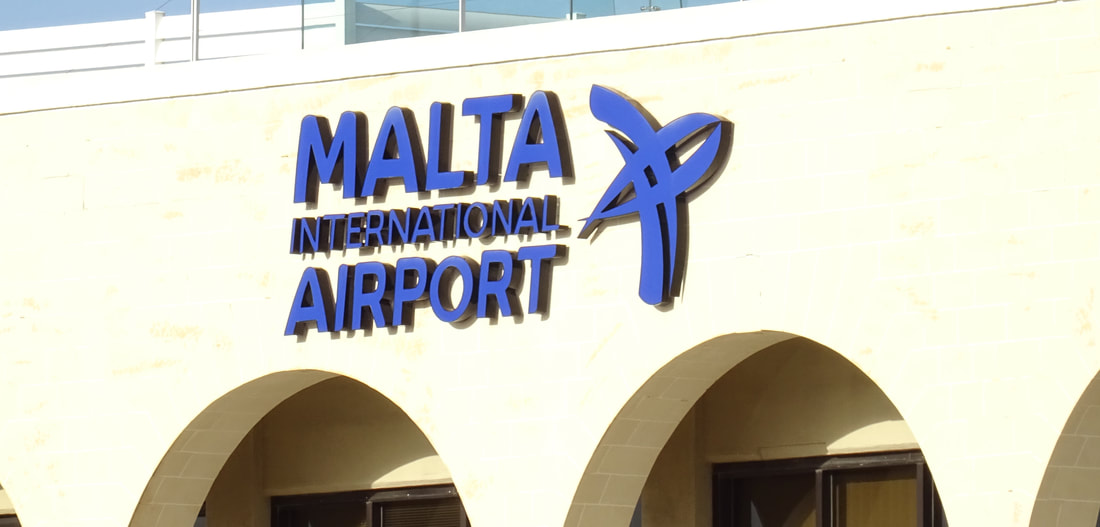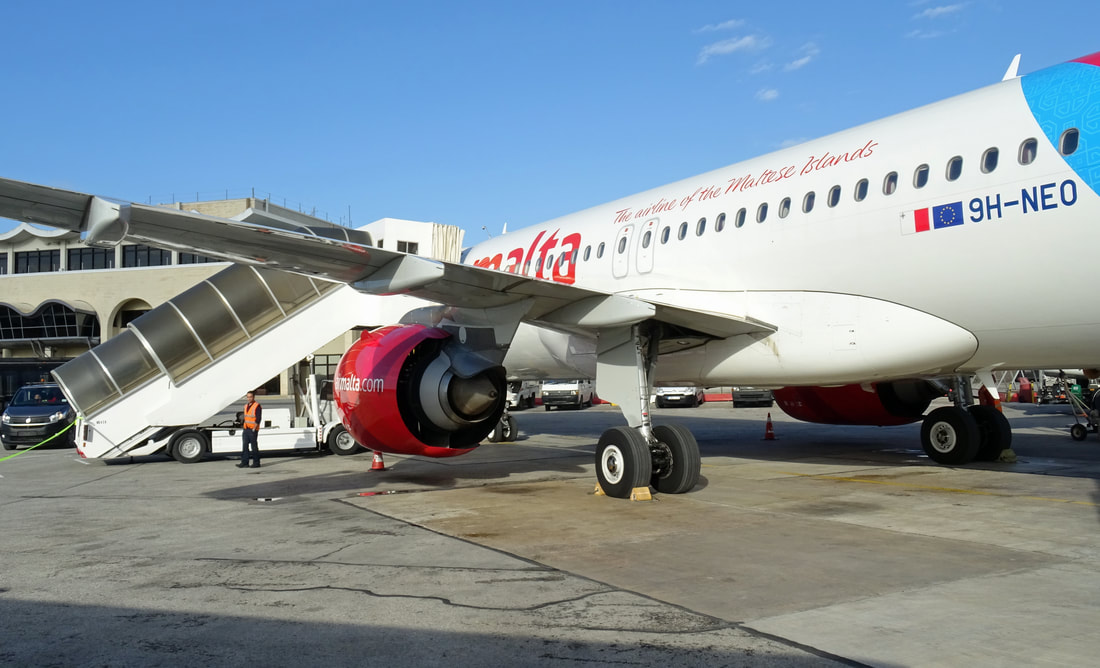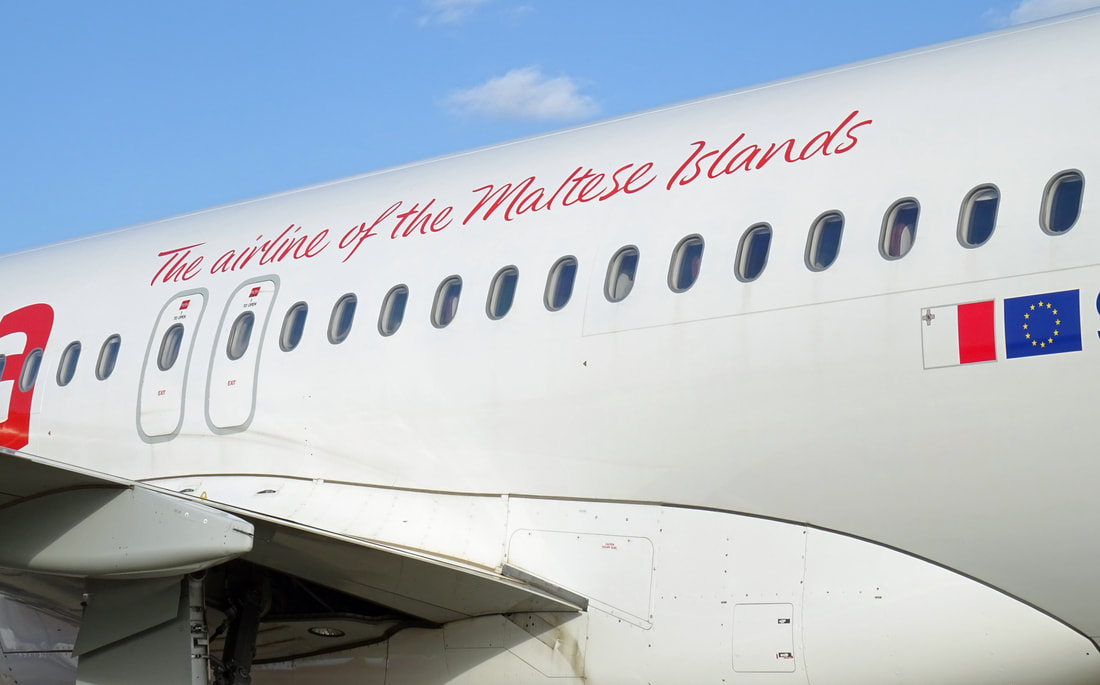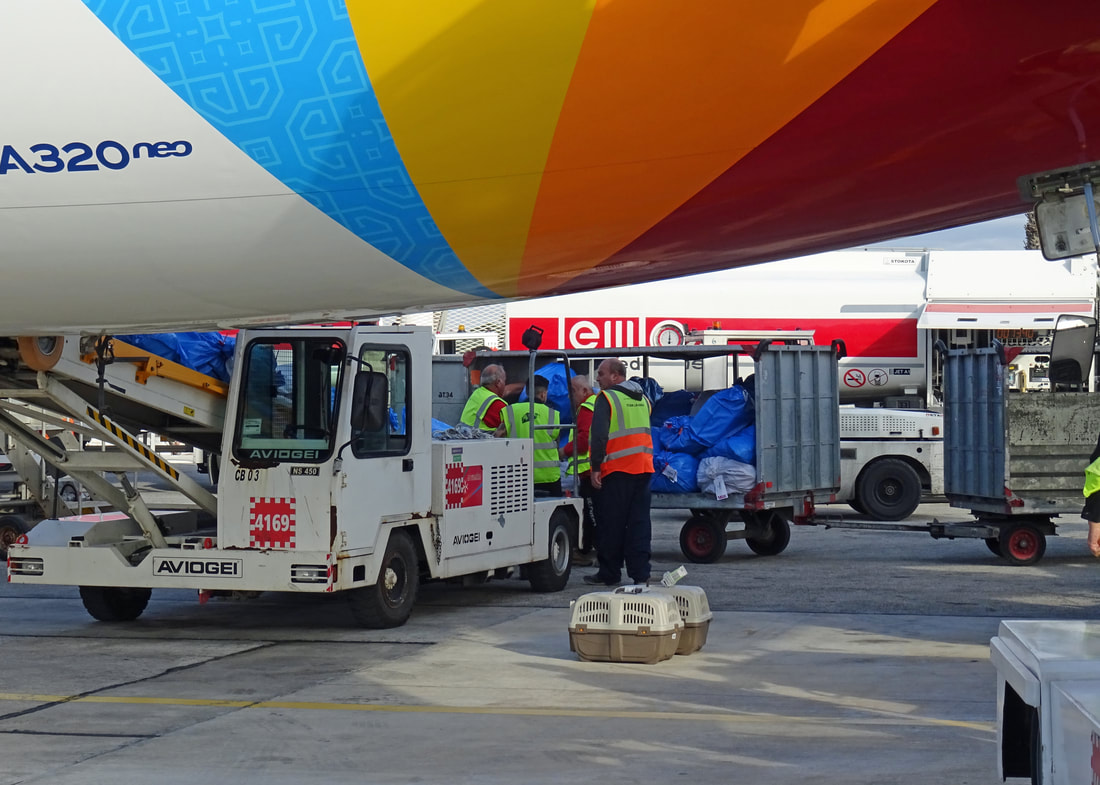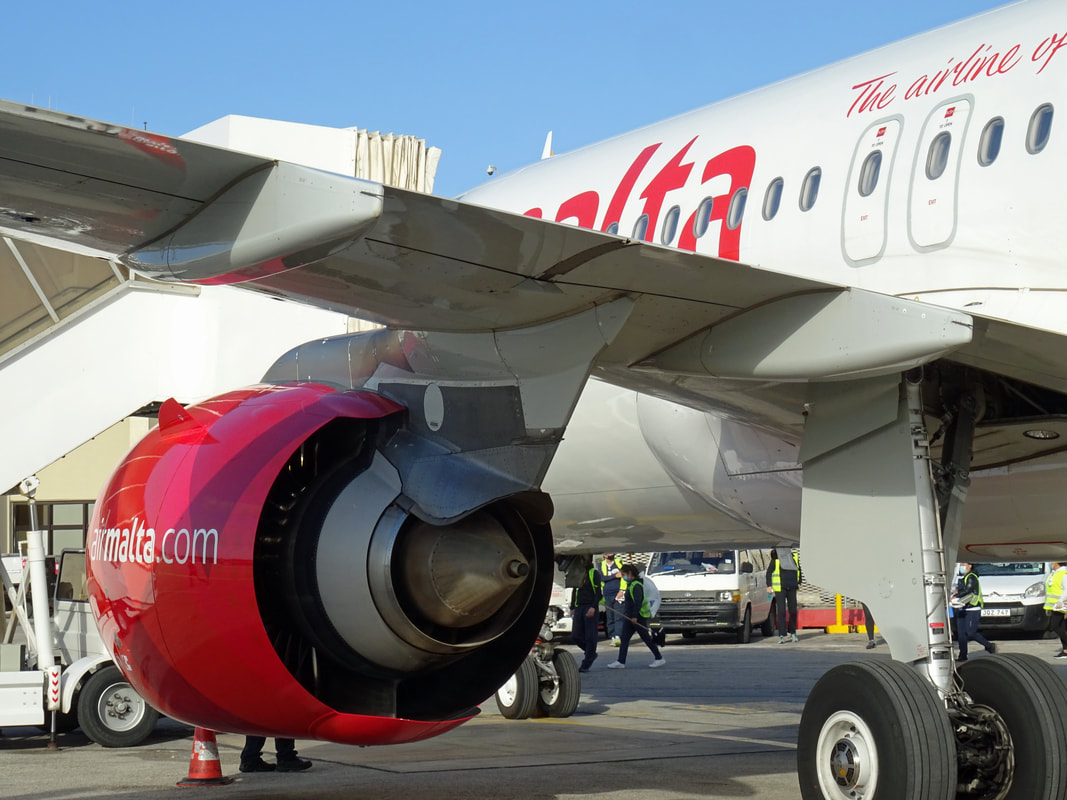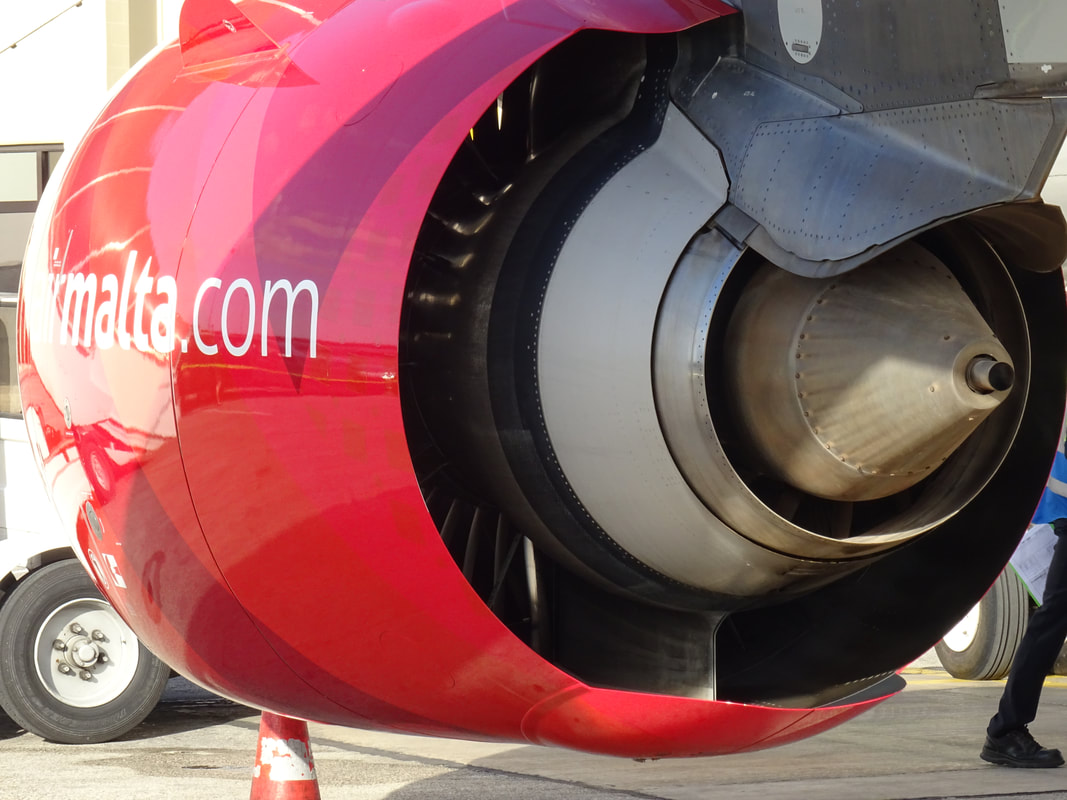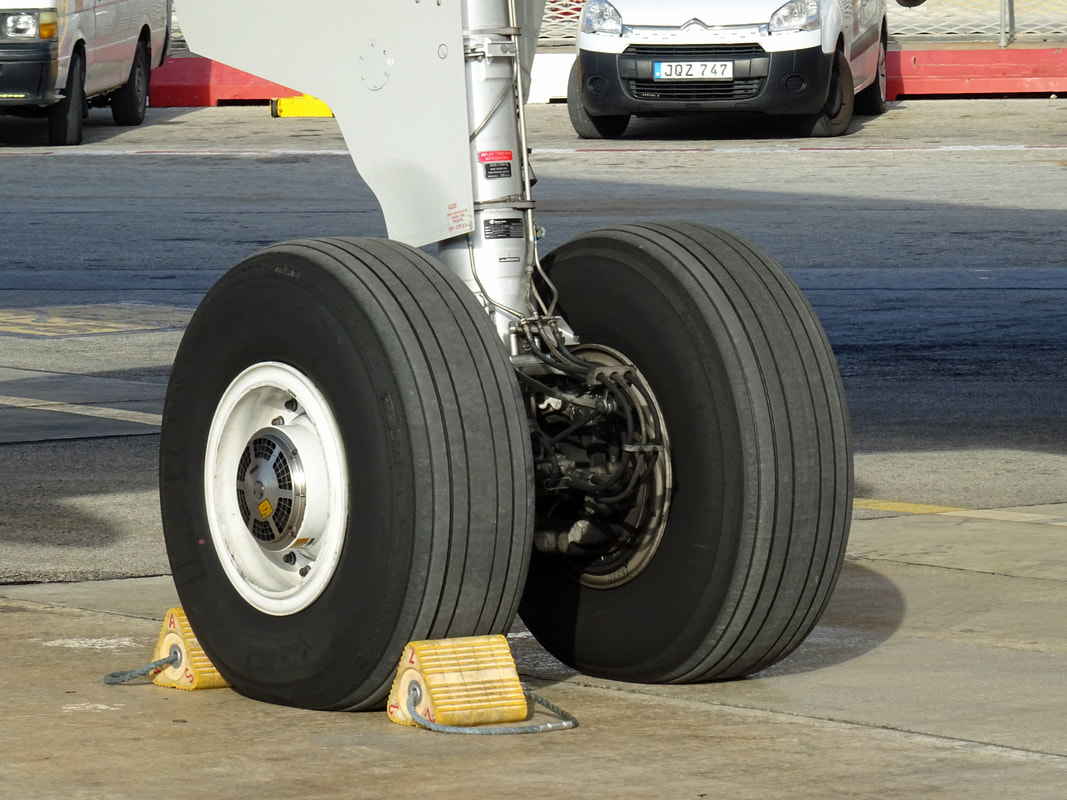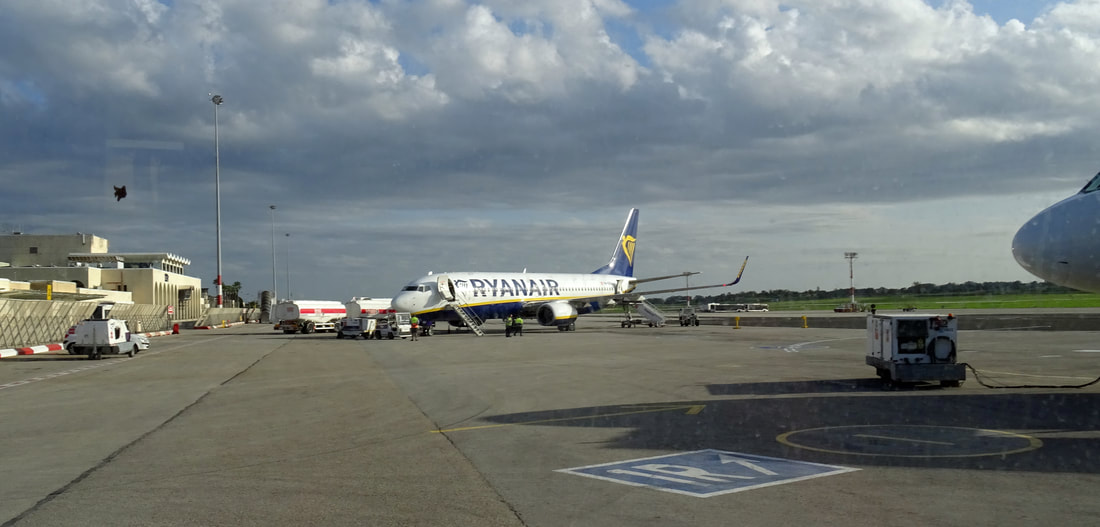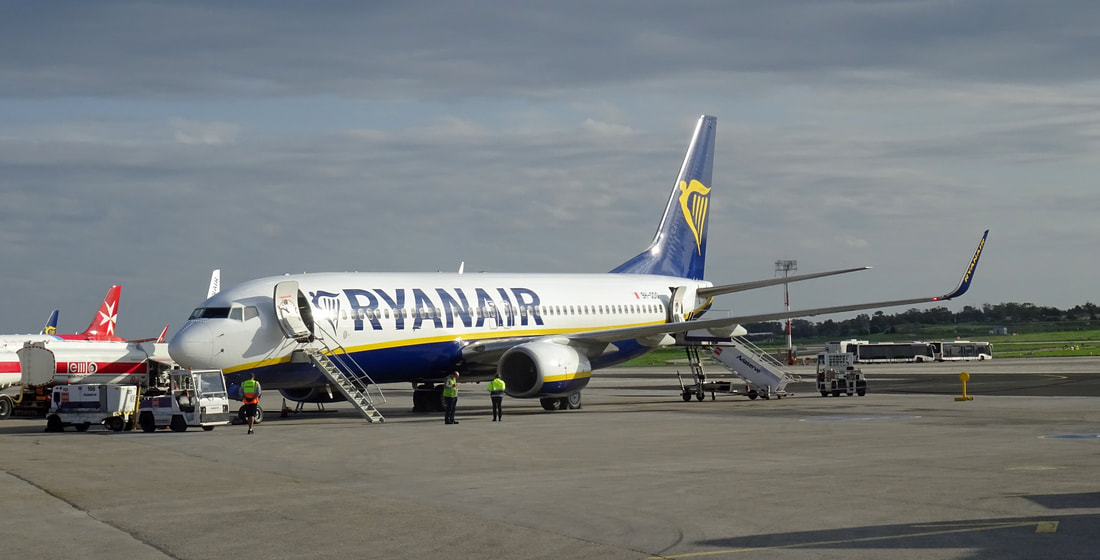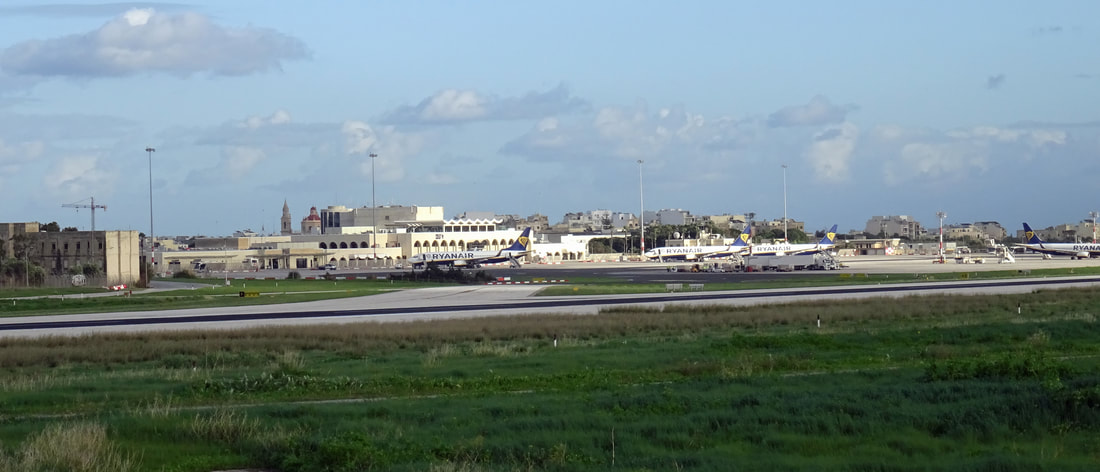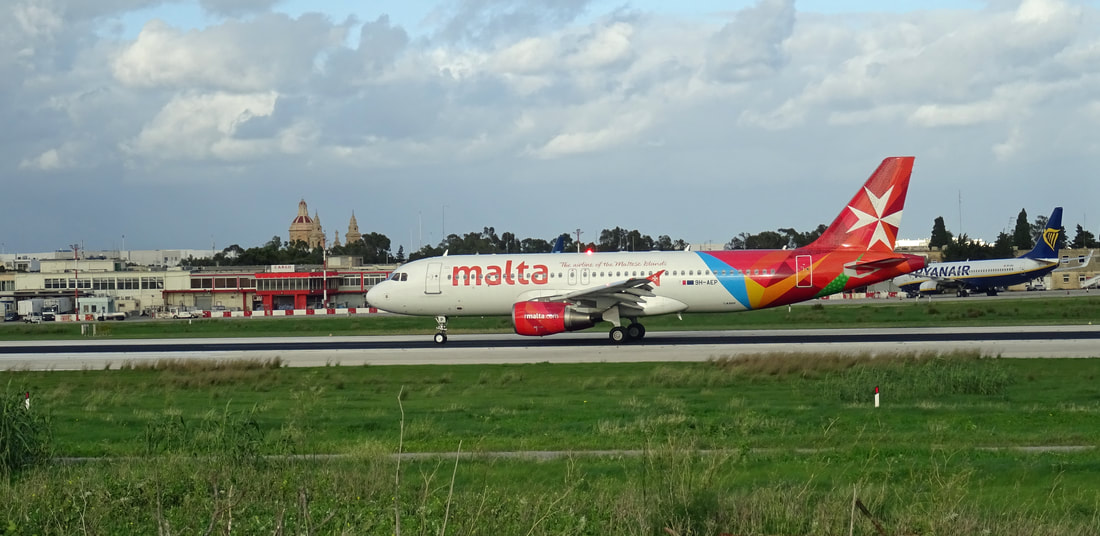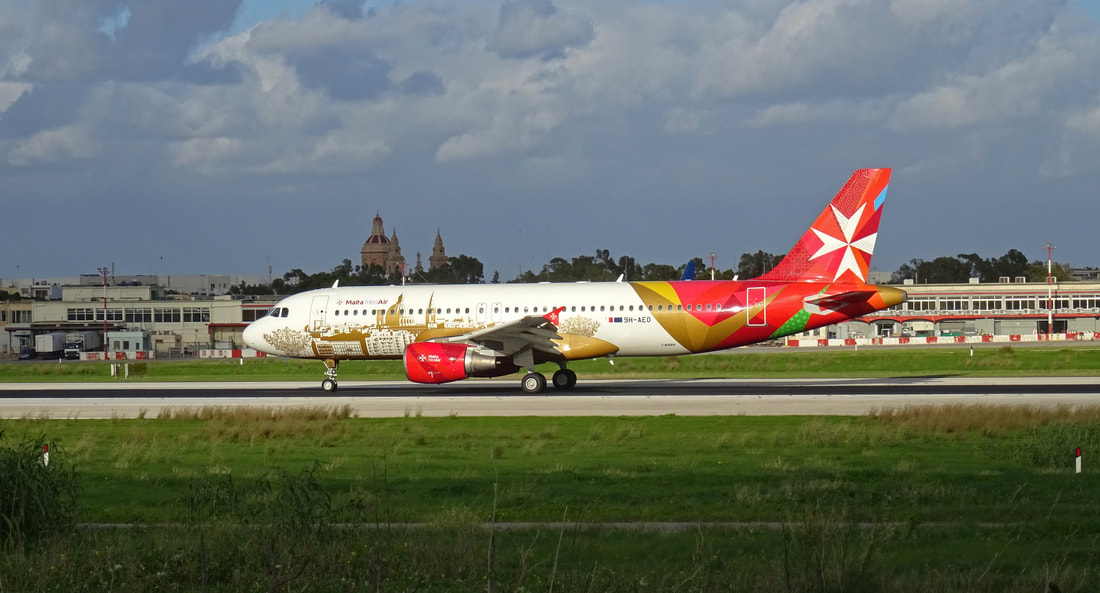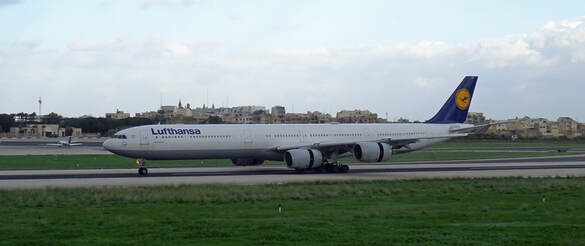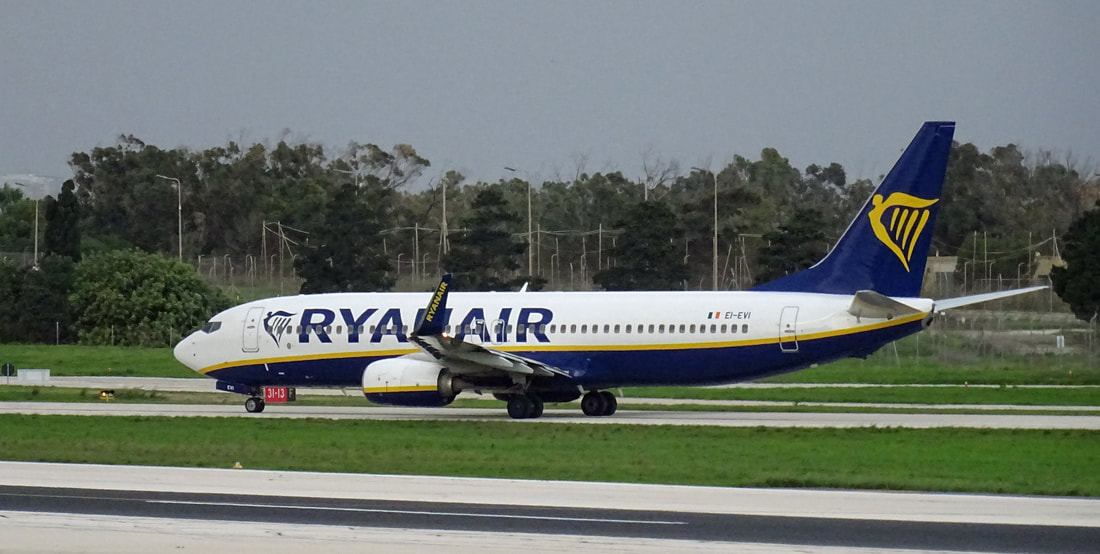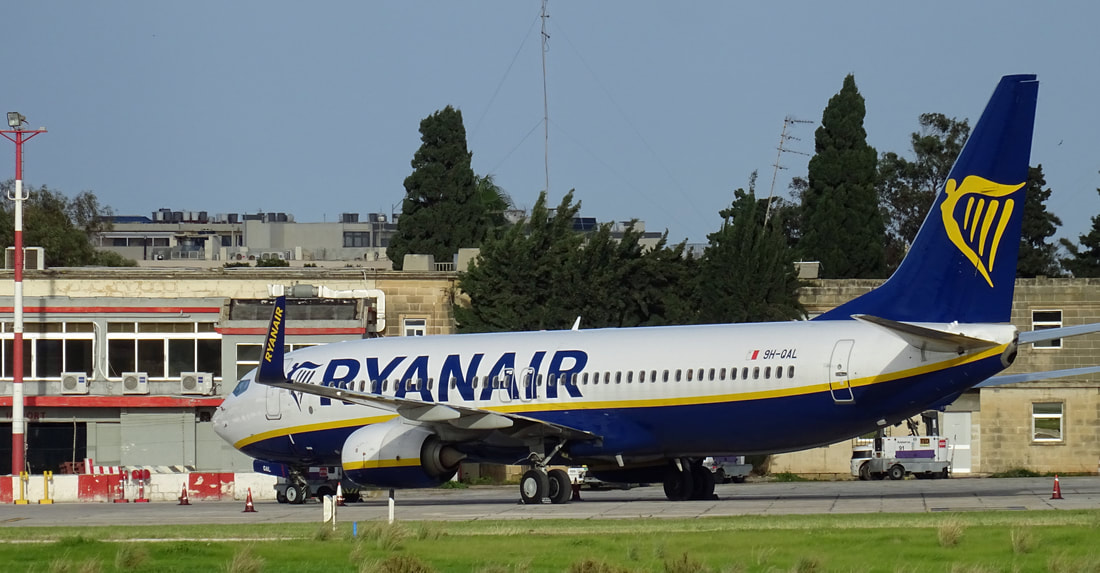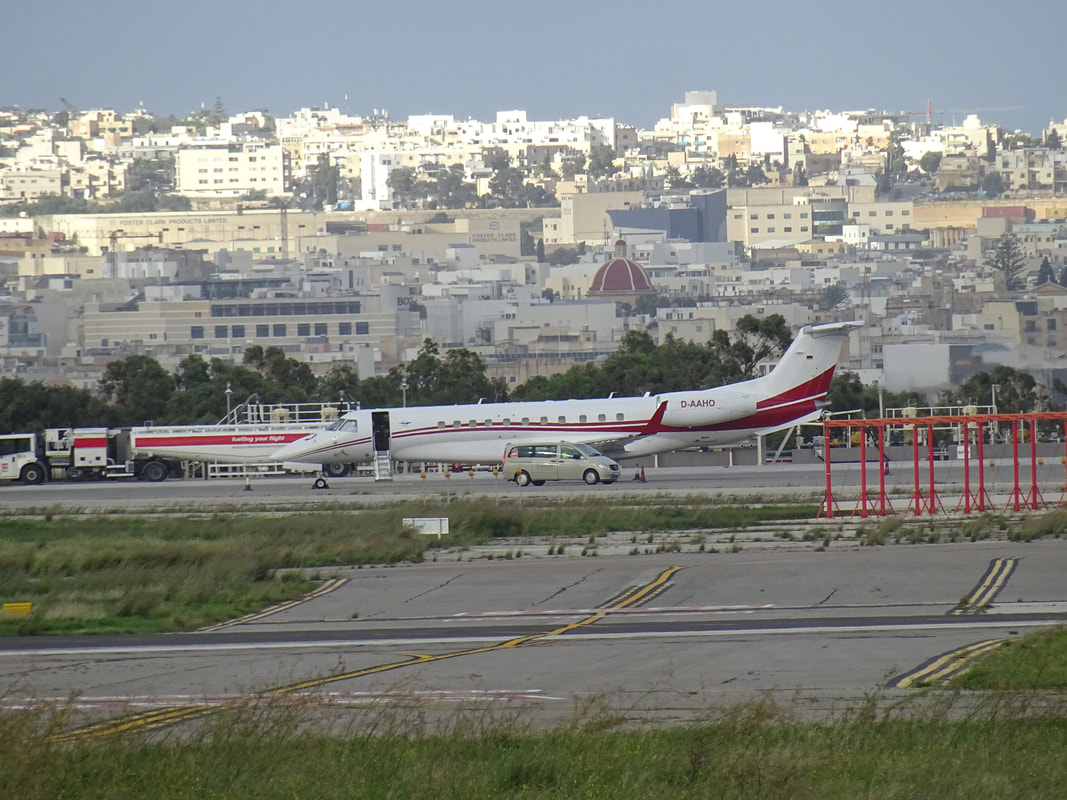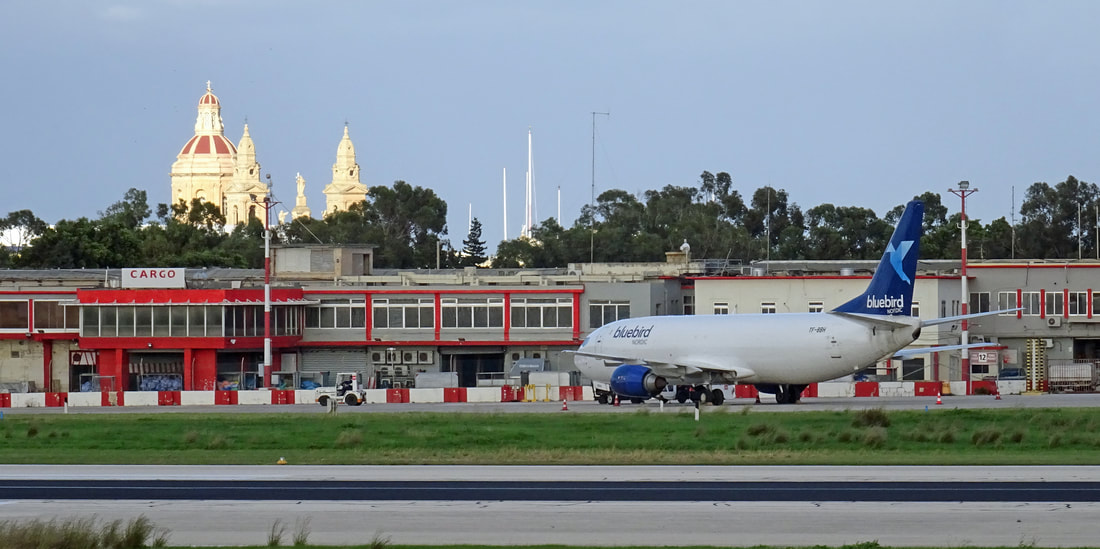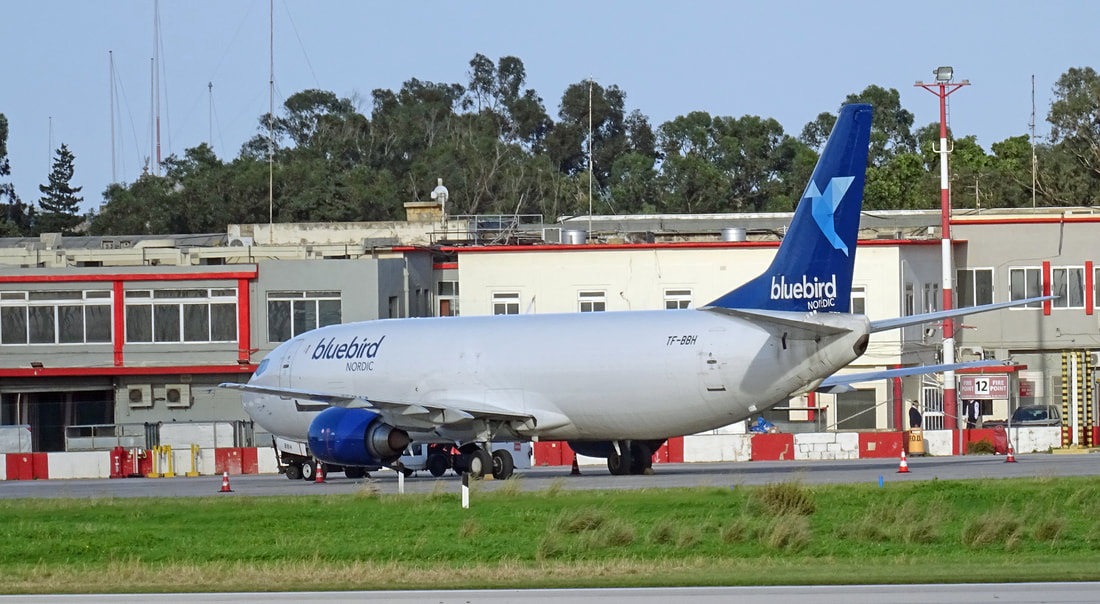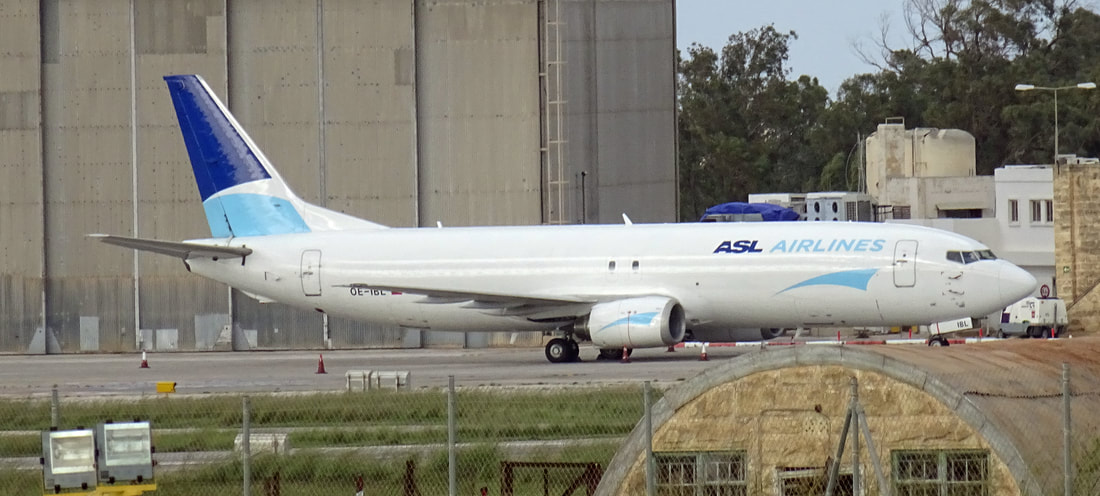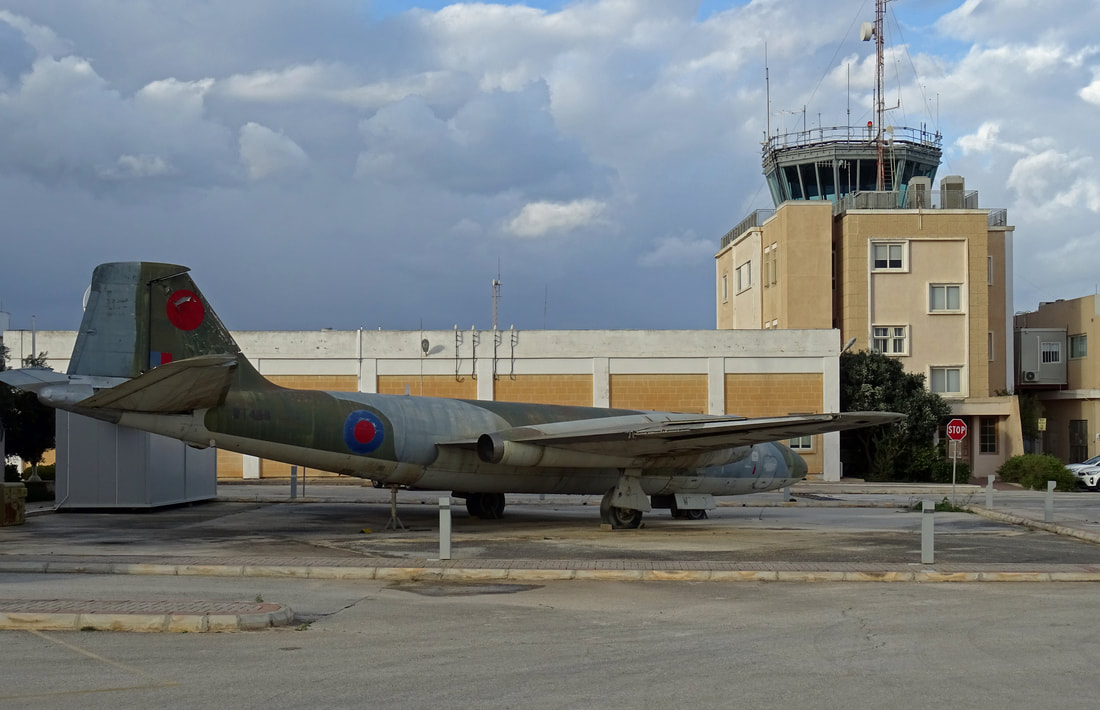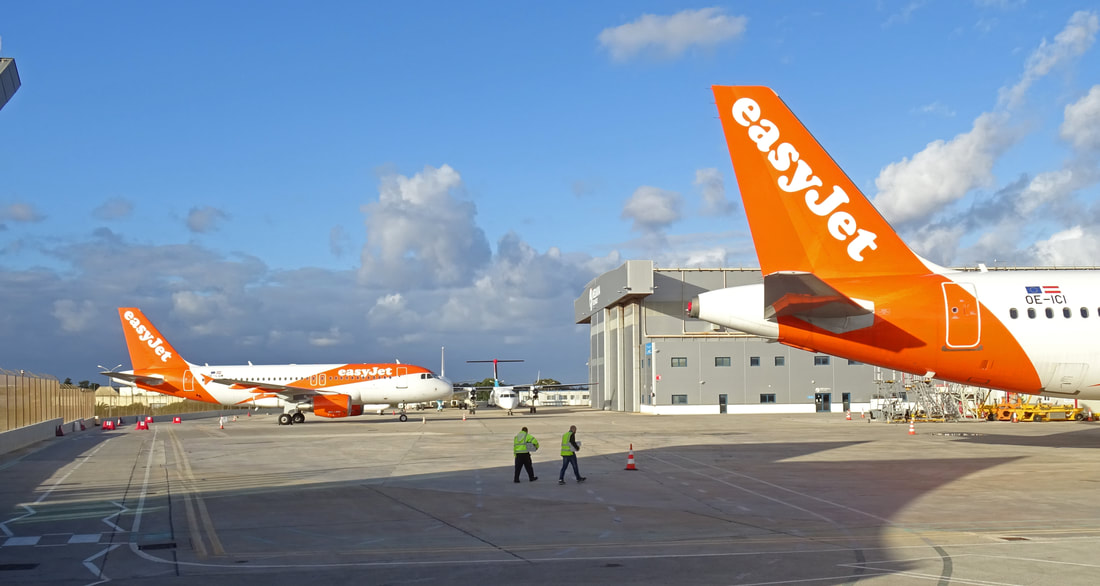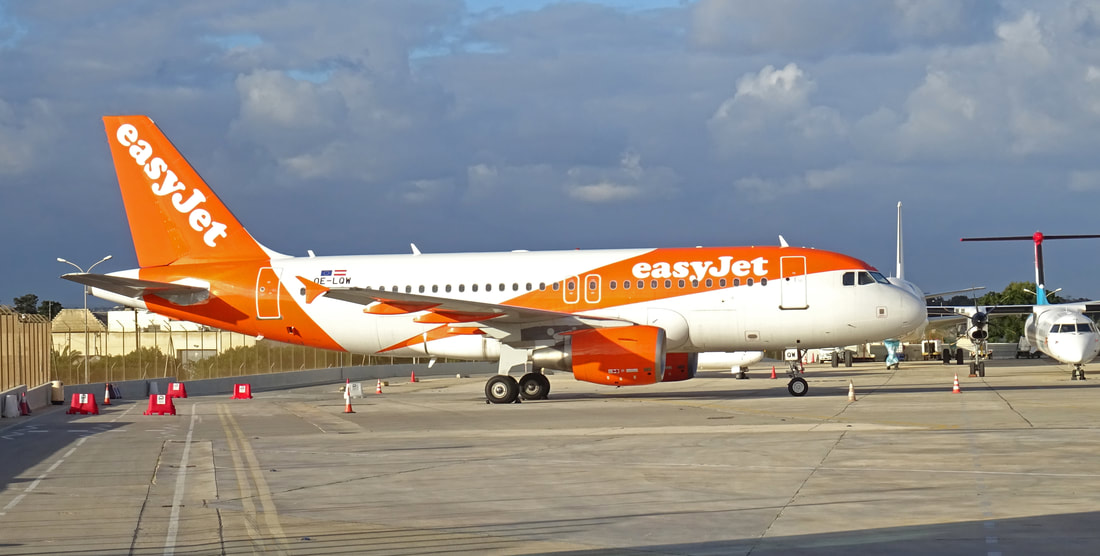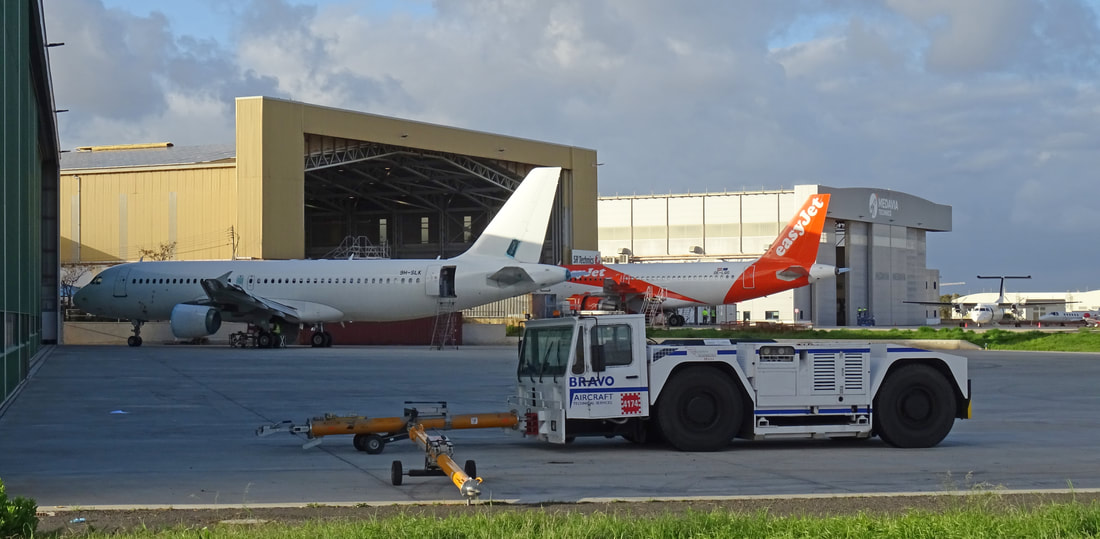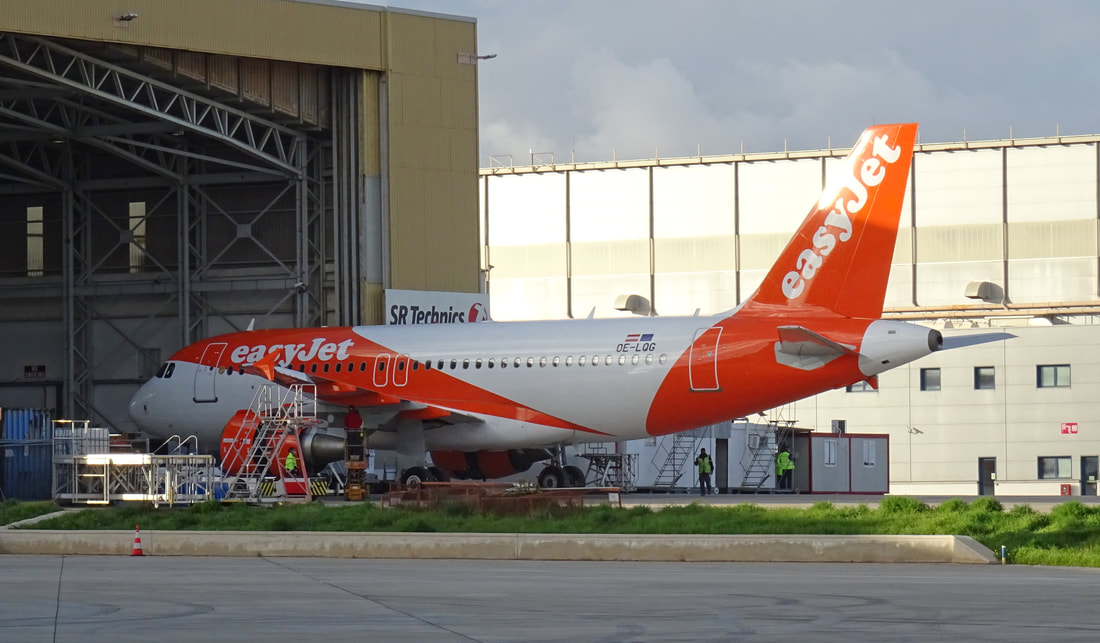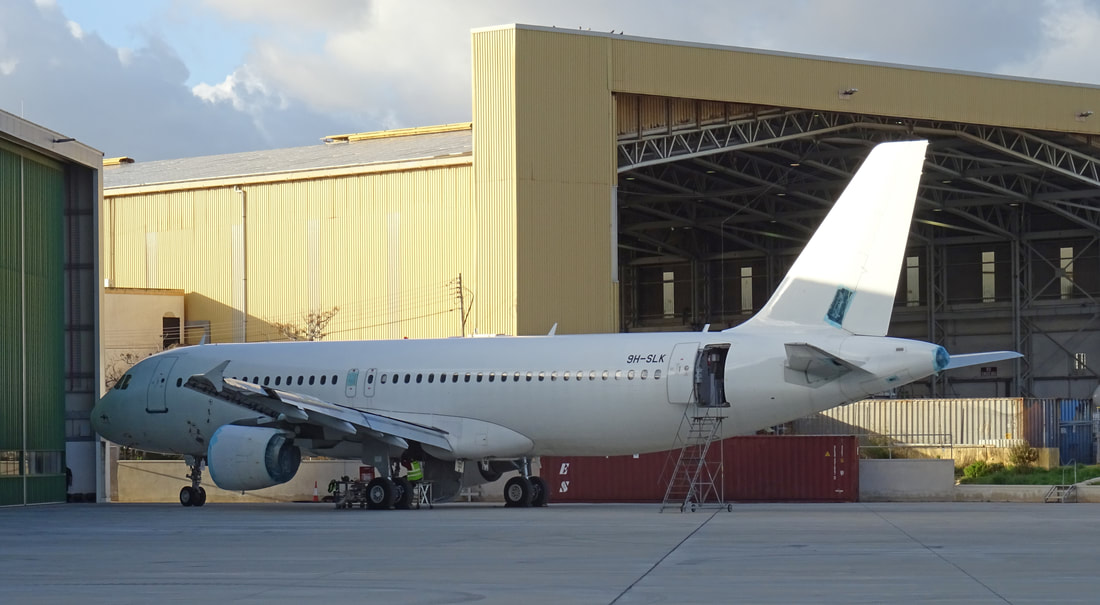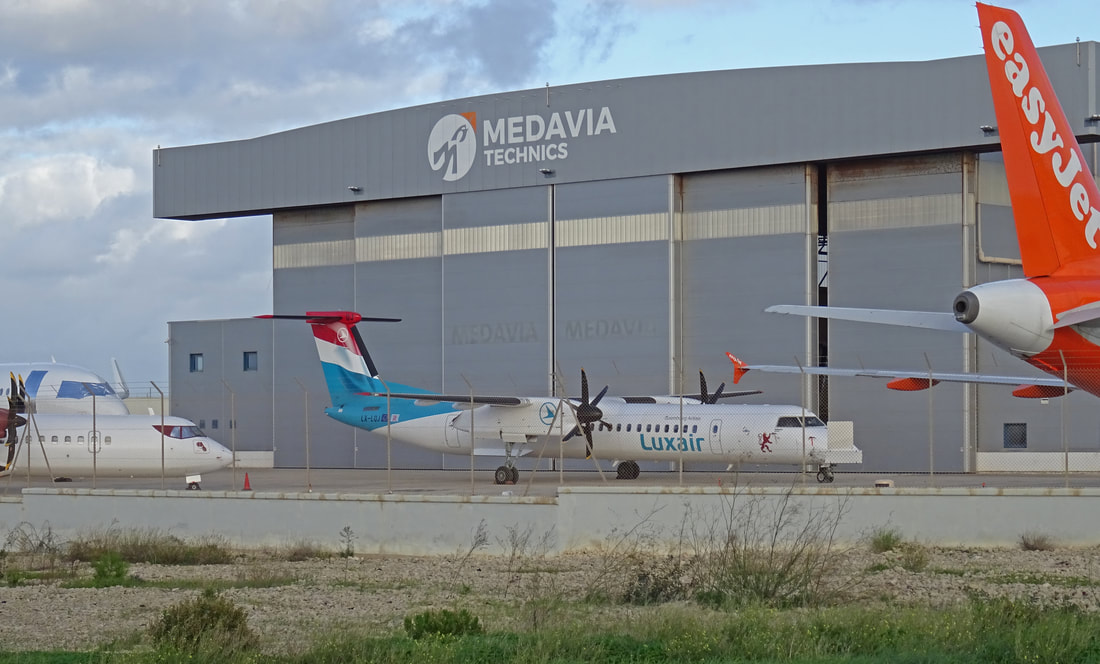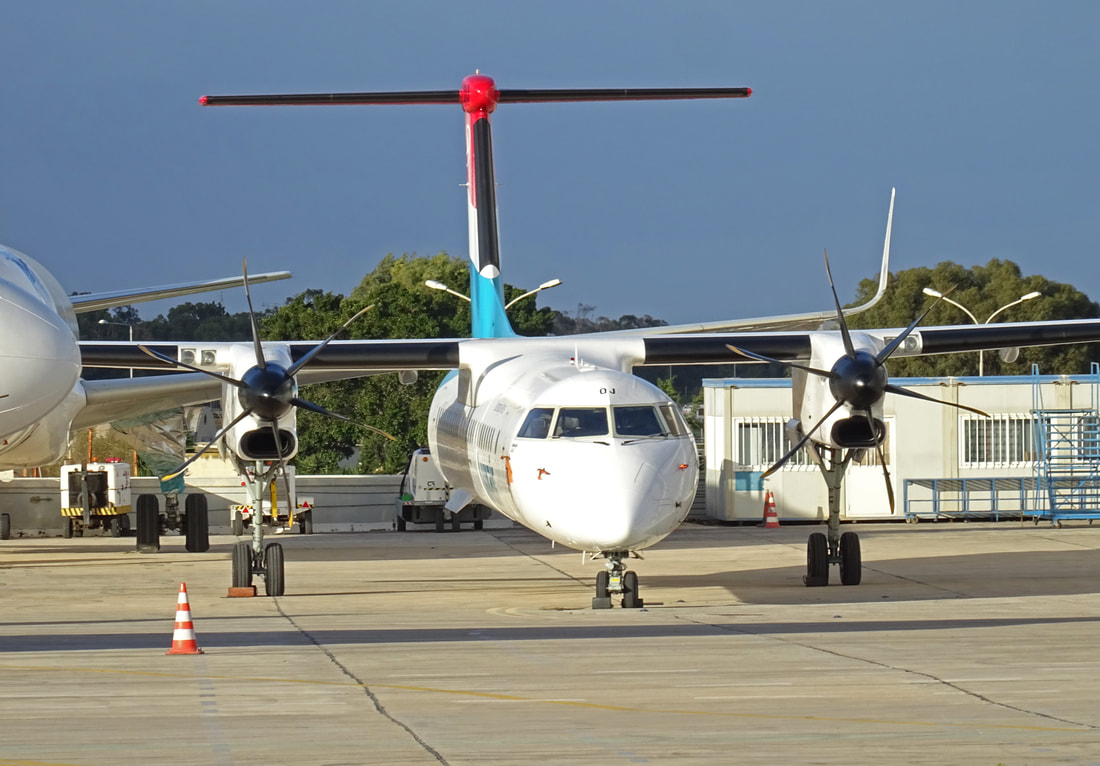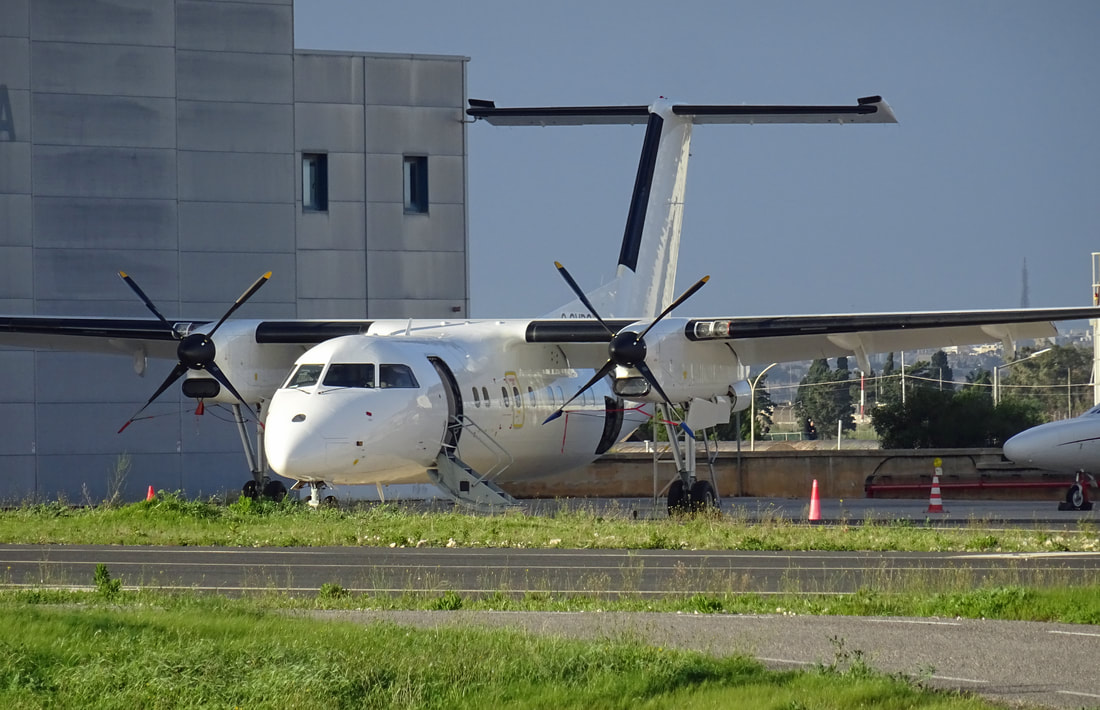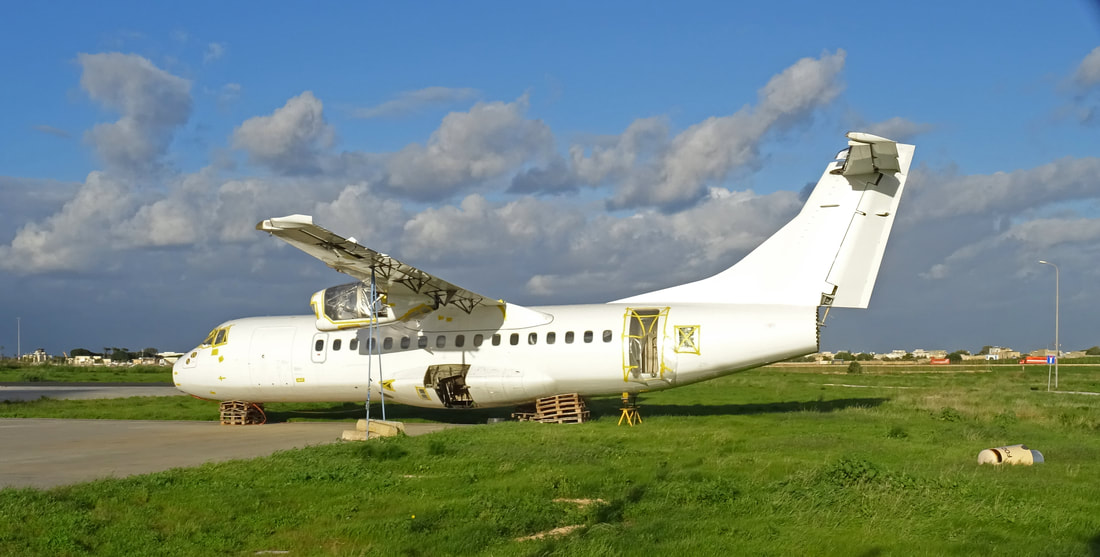Worldwide Oldjets
Enjoy the pics and captions
by Jan Koppen
In command of flight KL9165 was Captain Kidd. Co-pilot was a kid who flew Learjets before the 747! The F/E was a former USAF C-141 Starlifter Flight Engineer.
Evergreen Boeing 747-212B(F) N485EV operating flight KL9165 AMS/MXP/DXB. Milan-Malpensa February 6, 1999.
Stansted was a wonderful place in the late 70's.
The wartime Bellman hangar in the background is magnificant.
This original BOAC Boeing 707-436 ended it's days as a training aid with Aviation Traders at Stansted Airport. It was scrapped in 1989, within two years after this photo was taken.
The Rolls-Royce Conway Mk. 540 turbofan was the first turbofan that was in commercial usage. It has powered the Boeing 707 as well as the Douglas DC-8, the Vickers VC-10 and the Handley Page Victor.
Balair DC-10-30, HB-IHK, taxies to her gat in the summer-time sunshine glow. GVA, August 1979.
After her career with Balair, she worked for airlines like; Martinair Holland, Corsair, Caledonian Airways, ChallengAir, World Airways and Arrow Air. She is listed scrapped at Opa-Locka in May 2012.
Swissair DC-10-30 'Luzern' taxies to its gate at Geneva-Cointrin in August 1979.
In September 1991 she was sold to Northwest Airlines as N220NW. She is listed scrapped at Maxton Laurinburg Airport after 2013.
A Swissair DC-10 is seen blasting-out of Geneva on a sticky day in the summer of 1979.
An absolute stunner, during our USA spotting-trip in April 1980, was this Air Haïti Boeing 707-331C.
Originally delivered in June 1968 to TWA as N15711, this aircraft retired after only 11 years of service with the U.S. airline and was bought by aircraft broker Guiness Peat Aviation in May 1979, who leased her for one year to Pakistan Intl. Airlines (PIA). The 707 changed hands again in April 1980, when she was leased to Air Haïti. After flying for almost three years for Air Haïti, the new owner became the Citicorp. bank. In October 1984 she was ferried to Davis-Monthan for the KC-135 parts project. In November 2013 her nose section was trucked to Atlixco airfield near Puebla Mexico. The nose section is owned by SMEAL-Mexican Aviation Society.
Aerotal Colombia, Boeing 707-321(F), still in basic Kuwait Airways colors, with its cavernous cargo door open to swallow another load at Miami, Florida on April 04, 1980.
Originally Pan Am's N727PA from January 1960. She was converted to a -321(F) in November 1971, on sale to Donaldson, becoming G-AZWA. Repossed by Pan Am on Donaldson's collapse in August 1974. In February 1975 she was sold to BMA, who on their turn leased the 707 to Kuwait, MAS and EAS. In October she was purchased by International Air Leases and leased to Bayu Indonesia, before sale to Aerotal Colombia some time later. She was re-registered HK-2410X in September 1980 but ownership by Aerotal did not last long. While the Boeing was approaching Bogotá runway 12, on December 20, 1980, it entered a zone of heavy rain and dense fog. The aircraft descended into the ground, crash-landed and caught fire and was damage beyond repair.
Still surviving: Avianca Boeing 720 HK-749 at a children play park at Bogota Colombia April 19, 2015.
Former Avianca Boeing 720-030B HK-749 preserved in old Avianca colors. This 720 is preserved in the central park of Museo de los Ninos in Bogota City Center, close to Parque Salitre Magico where the Avianca 727 is preserved.
Other interesting OldJets at Bogota El Dorado in 2015 were:
- Fuerza Aerea Colombiana Boeing 707-373C FAC-1201 is stored at the CATAM AirBase at Bogota El Dorado.
- Fuerza Aerea Colombiana Fokker F28-1000 FAC-1041 is based at the CATAM AirBase at Bogota El Dorado.
- AeroSucre Boeing 737-200F HK-5026 is based at El Dorado.
- Former InterContinental Douglas DC-9-14 HK-4271X. ex Intercontinental Douglas DC9 HK-4271-X seen in use as a Ground Instruction Airplane. reg repo 02.03 airline grounded 10.06.04 wfu Bogota seized 24.02.05 by gvmt s24.04.09 wfu now as HK-4271,
- The cockpit of a former Aero Republica MD80.
While in Bogota we visited the Museo de Los Ninos and playground Salite Magico for some Colombian aviation history. The previous identities of the 1973-vintage 727, acquired by the Colombian flag carrier in 4.89, included TS-JHG (Tunis Air), N189CB (Air One), PH-AHB (Air Holland) and OY-SCA (Sterling). In late 1996 she appeared in a BancoQuia billboard livery but was wfu at BOG by early 1999. This aircraft, is restored with the old Avianca colors (red and white) and is preserved at Parque Salitre Magico in downtown Bogotá. She is painted in current Avianca colours.
Cosmos Air Cargo (Transporte Aéreo de Carga COSMOS) was a cargo airline which was founded in 2006 and was based at Bogota El Dorado Airport. Operations had ceased in the meantime.
HK-4386 is a 727-100 series and started in 1968 with TAP of Portugal as CS-TBO. After her 20 year carreer with TAP she left for the U.S.A. and worked for DHL before being sold to Cosmos in 2006. Presently this very old 727 is hangared in the south-west corner of Bogata airport and presumately used for ground instruction. Her vertical stabilazor is painted in golden colors.
Photo: Javier Topper
Photo: Javier Topper
The cockpit of Comos HK-4407 is a 727-100 series which was built in 1967 and started operating for Lufthansa as D-ABIA. During the years she also had brief carreers with ATASCO, Transjet, Jet East, DHL and Express One. Finally she left for Colombia in 2006 and started working for Cosmos.
I found the following incident report on the Aviation Herald:
A Cosmos Air Cargo Boeing 727-100, registration HK-4407 performing a freight flight from Leticia to Bogota (Colombia) with 5 crew, was approaching Bogota in poor weather conditions. After reaching Bogota BOG VOR the aircraft was cleared for the ILS approach to runway 13L and left the VOR at 12000 feet at 04:52L (08:52Z). Subsequently the tower cleared the airplane to land on runway 13L reporting, that the first 500 meters of the runway were wet. At about that time the first officer called 1000 feet, looked out of the window and saw a dark silhouette prompting him to call "climb, climb!" to which the captain responded "Go around". While the airplane rotated nose up, the commander felt a bump prompting him to order declaration of emergency. The flight engineer reported no system anomalies. When the tower asked for the reason of the go-around, the crew replied they never saw the runway, the tower reported a runway visual range of 2000 meters. Following the go-around the crew performed a second approach and managed a safe landing on runway 13L, the airplane stopped on the runway near the runway end and got stuck. The runway was closed for more than 4 hours.
A post flight inspection revealed tree remains in the landing gear, damage to the right hand main gear and right hand flaps, a large portion of the left hand flap had separated. The lower fuselage showed impact marks. It was established, that the airplane impacted trees just before the outer marker.
The Colombian Aeronautica Civil (CAC) released their Spanish final report concluding:
After leaving the VOR the approach was performed with an inadequate rate of descent applying inadequate techniques and procedures without callouts and cross checks as required by manuals and procedures, that would have warned the crew of the proximity to ground. The Go-Around was initiated too late causing the airplane to hit a tree just before the outer marker. The missed approach was carried out in a dangerous manner in non-compliance with established procedures regarding speed and height. The errors probably were caused by fatigue and tension of the crew due to prolonged vigil and the low phase of the natural circadian rythms, which led to diminution of cognitive processes such as attention, memory and concentration.
Contributing factors:
The lack of monitoring of the aircraft after the VOR and outer marker by the controller, who had retired to the bathroom. In addition, the display of radar information was lost due to the selection by the controller. The lack of a supervisor on duty between 07:00Z and 11:00Z, who could have assumed position as a replacement controller. The lack of an indication in the radar system alerting the controller to an aircraft descending below minimum sector altitude. The flight data recorder showed, that after leaving the VOR at 12000 feet the airplane initially settled at a sink rate of 600 fpm until descending through 10900 feet, when the sink rate increased to 1800 fpm, the speed reducing at the same time from 220 KIAS to 160 KIAS. The airplane descended to 8500 feet, before the airplane climbed again at about 800 fpm until about 10300 feet at an airspeed of about 158 KIAS. At 10300 the airplane accelerated above 230 KIAS. The crew did not protect the recordings of the cockpit voice recorder hampering the investigation.
The investigation established, that the Ground Proximity Warning System (GPWS) functioned normally, all alarms occured properly and were sounded, although the crew reported that they did not hear any alarms. All indications from the pitot system, the VOR, the localizer and glideslope worked normally. The crew did not perform the call outs and cross checks necessary to determine their current position, especially also the necessary checks at the outer marker.
The tower did not detect the fast rate of descent, but was not required to monitor or control the rate of descent.
The GPWS "terrain, terrain" warning was disabled in the landing configuration.
The crew was awake for 19 hours since 09:00am the previous morning resulting in fatigue.
I found the following incident report on the Aviation Herald:
A Cosmos Air Cargo Boeing 727-100, registration HK-4407 performing a freight flight from Leticia to Bogota (Colombia) with 5 crew, was approaching Bogota in poor weather conditions. After reaching Bogota BOG VOR the aircraft was cleared for the ILS approach to runway 13L and left the VOR at 12000 feet at 04:52L (08:52Z). Subsequently the tower cleared the airplane to land on runway 13L reporting, that the first 500 meters of the runway were wet. At about that time the first officer called 1000 feet, looked out of the window and saw a dark silhouette prompting him to call "climb, climb!" to which the captain responded "Go around". While the airplane rotated nose up, the commander felt a bump prompting him to order declaration of emergency. The flight engineer reported no system anomalies. When the tower asked for the reason of the go-around, the crew replied they never saw the runway, the tower reported a runway visual range of 2000 meters. Following the go-around the crew performed a second approach and managed a safe landing on runway 13L, the airplane stopped on the runway near the runway end and got stuck. The runway was closed for more than 4 hours.
A post flight inspection revealed tree remains in the landing gear, damage to the right hand main gear and right hand flaps, a large portion of the left hand flap had separated. The lower fuselage showed impact marks. It was established, that the airplane impacted trees just before the outer marker.
The Colombian Aeronautica Civil (CAC) released their Spanish final report concluding:
After leaving the VOR the approach was performed with an inadequate rate of descent applying inadequate techniques and procedures without callouts and cross checks as required by manuals and procedures, that would have warned the crew of the proximity to ground. The Go-Around was initiated too late causing the airplane to hit a tree just before the outer marker. The missed approach was carried out in a dangerous manner in non-compliance with established procedures regarding speed and height. The errors probably were caused by fatigue and tension of the crew due to prolonged vigil and the low phase of the natural circadian rythms, which led to diminution of cognitive processes such as attention, memory and concentration.
Contributing factors:
The lack of monitoring of the aircraft after the VOR and outer marker by the controller, who had retired to the bathroom. In addition, the display of radar information was lost due to the selection by the controller. The lack of a supervisor on duty between 07:00Z and 11:00Z, who could have assumed position as a replacement controller. The lack of an indication in the radar system alerting the controller to an aircraft descending below minimum sector altitude. The flight data recorder showed, that after leaving the VOR at 12000 feet the airplane initially settled at a sink rate of 600 fpm until descending through 10900 feet, when the sink rate increased to 1800 fpm, the speed reducing at the same time from 220 KIAS to 160 KIAS. The airplane descended to 8500 feet, before the airplane climbed again at about 800 fpm until about 10300 feet at an airspeed of about 158 KIAS. At 10300 the airplane accelerated above 230 KIAS. The crew did not protect the recordings of the cockpit voice recorder hampering the investigation.
The investigation established, that the Ground Proximity Warning System (GPWS) functioned normally, all alarms occured properly and were sounded, although the crew reported that they did not hear any alarms. All indications from the pitot system, the VOR, the localizer and glideslope worked normally. The crew did not perform the call outs and cross checks necessary to determine their current position, especially also the necessary checks at the outer marker.
The tower did not detect the fast rate of descent, but was not required to monitor or control the rate of descent.
The GPWS "terrain, terrain" warning was disabled in the landing configuration.
The crew was awake for 19 hours since 09:00am the previous morning resulting in fatigue.
In February 2023, my wife and I visited Cyprus. I took the oppertunity to visit some aviation highlights on the island.
TUS Air A320, 5B-DDN, just arrived from Tel Aviv, Israel, as flight U8/103. February 9, 2023.
Tus Air A320, 5B-DDK, is an ex Air Malta ship.
5B-DDN parked-up at Larnaca.
5B-DDR being parked in a corner of Larnaca airport. February 21, 2023.
A Cyprus Airways is pushed back at Larnaca for her upcoming flight to Tel Aviv.
5B-DDQ is a former Flynas bird.
Unexpected vistor at Larnaca was this Fuerza Aerea Argentina Boeing 737-700. She flew as FAG22 from her Buenos Aires/Porlamar AFB, via Maceio/Brasil, Esparagos/Cabo Verde, Malaga/Spain to Larnaca, Cyprus on February 6/7.
Before acquired by the Fuerza Aerea Argentina on April 27, 2021, T-99 flew for Ethiopian Airlines and SAS in Scandinavia.
Inbound from Leipzig and operating for DHL as QY7061 is this Compass Air Cargo Boeing 737-800(F).
Aegean Airlines A320 at LCA in 2023. External electrical power is plugged in, aviobridge connected, the catering truck is busy at the forward galley and bags on the belt loader behind the left wing are being handled.
Boarding-time for Qatar flight 266 with destination Doha, Qatar. Larnaca, February 21, 2023.
'Old' Larnaca International Airport.
Larnaca ramp 2.
UPS Boeing 757APF, N431UP, is seen here parked at Larnaca on a gorgeous February day in 2023.
That evening this Boeing would operate flight 5X/267 from Larnaka to Colgone with an intermediate stop at Tel Aviv. Her ETD was set for 19:15LT. Larnaca Airport, February 9, 2023.
This 30 year old Boeing has spent its entire life with UPS flying express cargo.
This Fokker is going nowhere!
This particular aircraft first flew from Fokker's production site in October 1992 and was delivered to American Airlines several days later. Other operators of the Fokker 100 were Ocean Air Brasil and Avianca. TUS Air acquired the Fokker in June 2017, registrated her 5B-DDD and flew her for just two years.
The next night she would operate DHL cargo flight QY7061 to Milan-Malpensa.
Compass Air Cargo Boeing 737-800F worked among others for Inter Express, Garuda and SunExpress.
Aviation Service Liege Airlines (ASL) Boeing 737-800(F), OE-IXB, arrived at Larnaca the previous night as flight 3V/4193 from Paris, Charles de Gaulle, with an intermediate stop at Athens. February 9, 2023.
This 737 started her career with Ryanair before being to ASL in August 2021.
Great pic with authentic airport flair!
Based at Larnaca Airport, BIRD Aviation is an Aircraft Maintenance, Repair and Overhaul (MRO) Service Company.
G-EZFZ is a former EasyJet Airbus A319 and made her last revenue flight during March 2020.
G-EZGC is also a former EasyJet Airbus A319. She was build in March 2010 and made her last commercial flight in March 2020.
Another former EasyJet Airbus A319. G-EZGA made her last revenue flight for EasyJet in March 2020.
Colorful airplanes have low resale value. Painting an aircraft in a color other than white can negatively affect its resale value as the buyer will have to repaint the plane which will further add more weight to the plane.
SMBC Aviation Capital Airbus A320, OE-IWW, is in storage at Larnaca since June 2022.
On Wednesday, August 29, 1973, CSA Flight 531 (DAM/LCA/PRG) landed at Nicosia's runway 14 and veered to the right, 150 m short of the runway end.
Crashed on landing at Nicosia in Aug 1973, the wreckage remains in the United Nations Buffer Zone.
The Tupolev Tu-104A was powered by two Mikulin AM-3M turbojet engines.
The Tupolev struck two taxi lights and skidded down a four feet embankment. A fire started in the no. 1 engine, but was quickly contained by the fire services.
On August 29, 1973, a Czechoslovak Airlines Tupolev Tu-104A, OK-DME, operating flight CSA531 from Damascus overran the runway upon landing. The aircraft was due to fly onwards to Prague from Nicosia. No fatalities were reported on the flight, and the wreckage on the aircraft still lies at the end of the runway.
The wreck is located in the zone of the UN between Cyprus and the Turkish part of Cyprus.
A Greek shoe factory close to the UN zone.
Arrival at Malta-Luqa Airport.
9H-NEO being fueled-up for her next flight.
The Maltese Cross was introduced to Malta by the Knights of St. John of Jerusalem.
The Maltese Cross is sporting on the ventral fin of each Air Malta aircraft.
Ryanair is the major user of Malta-Luqa Airport.
The Airport is named after the nearby city of Luqa.
The airline of the Maltese Islands.
NEO stands for; - new engine option.
9H-NEO is powered by two CFM LEAP-1A26 engines.
The sun sets at Malta-Luqa.
The airline was founder in 1984 by Christopher Ryan, Liam Lonergan and Irish businessman Tony Ryan, who was also the founder of Guiness Peat Aviation.
9H-AEP with the iconic Parish Church in the background.
Mid-day sunshine glints off Air Malta Airbus 9H-AED.
9H-AED arriving whilst the sun hid behind a high cloud.
This Wright R-3350 belonged to Lockheed Constellation 5T-TAF.
This 340 arrived for some maintenance at Lufthansa Technics Malta.
EI-EVI just arrived from Naples, Italy as flight FR7079.
9H-QAL is waiting for her passengers.
Tax haven Malta also attracts the rich and shameless.
Autumn light glints of the Parish Chruch.
Bluebird Nordic, TF-BBH, takes a break between operations.
ASL Airlines, OE-IBL, awaits a task.
The paintwork of Canberra T.4 WT483 is looking a little tatty. She is preserved in front of the RAF Luqa facility.
Swissport Technics Malta is taking care for these EasyJets.
OE-LQG receiving some TLC with SR Technics.
9H-SLK is a 20 years old A320 which is owned by SmartLynx Airlines Malta.
MEDAVIA Technics
This Luxair Dash-8 is receiving some TLC by MEDAVIA.
TF-ATR in Afrijet colors. She is presently stored at Toulouse-Francazal Airport.
From left to right;
Not much time left for this Dash-8.
|
|
|
.
